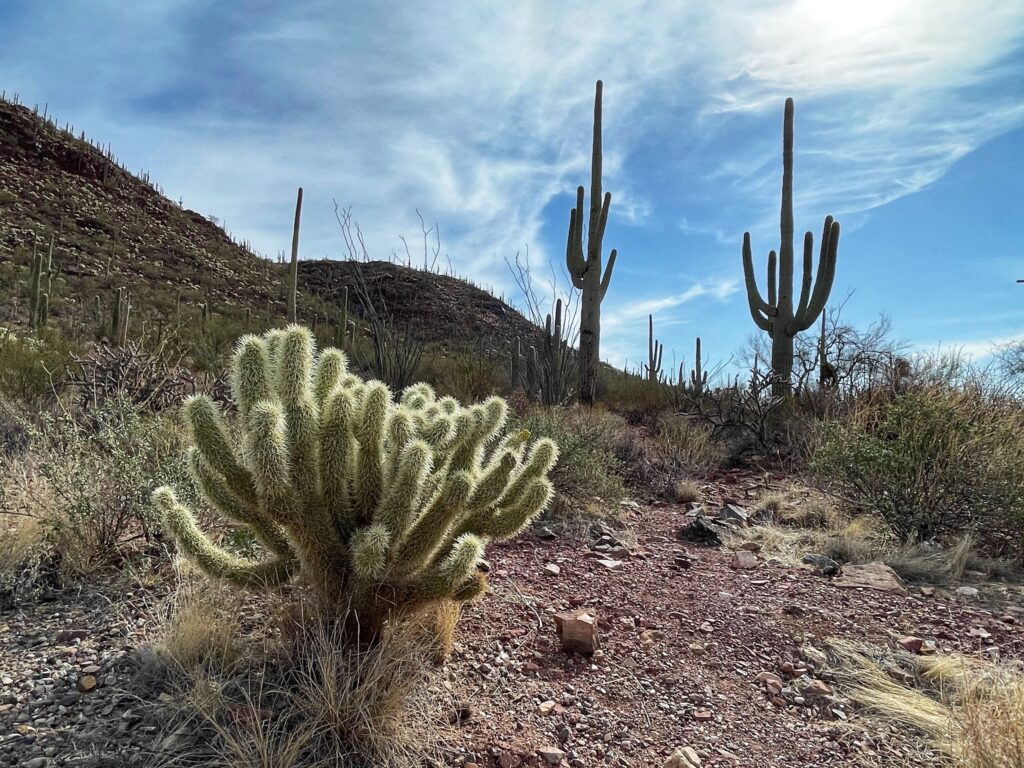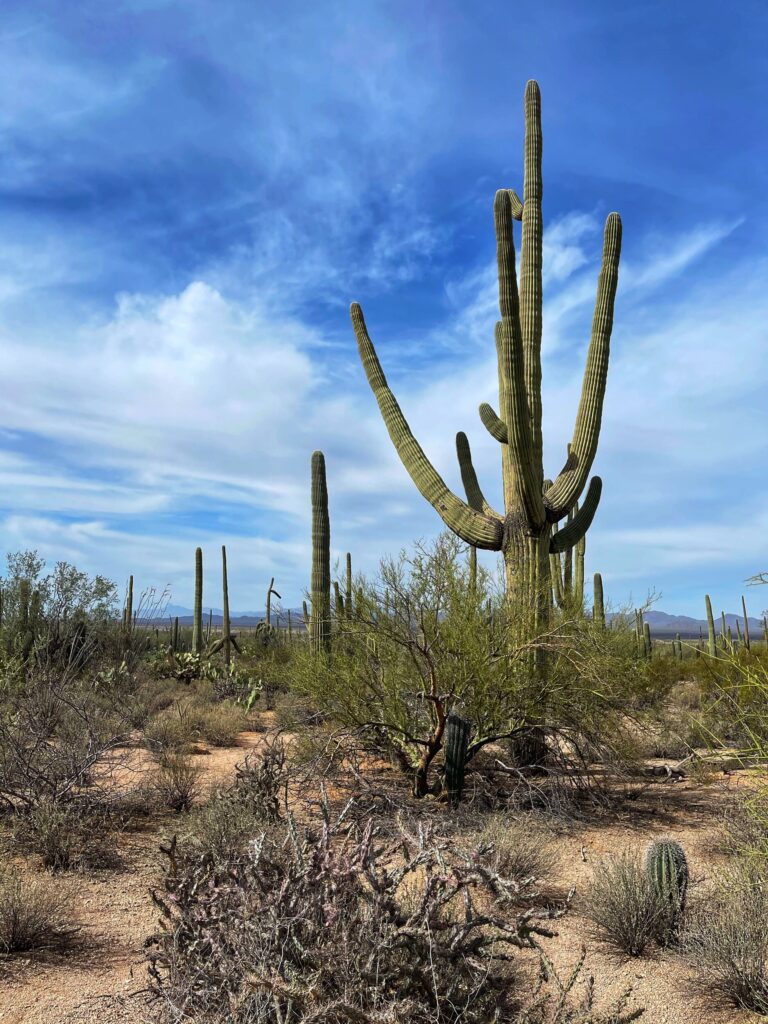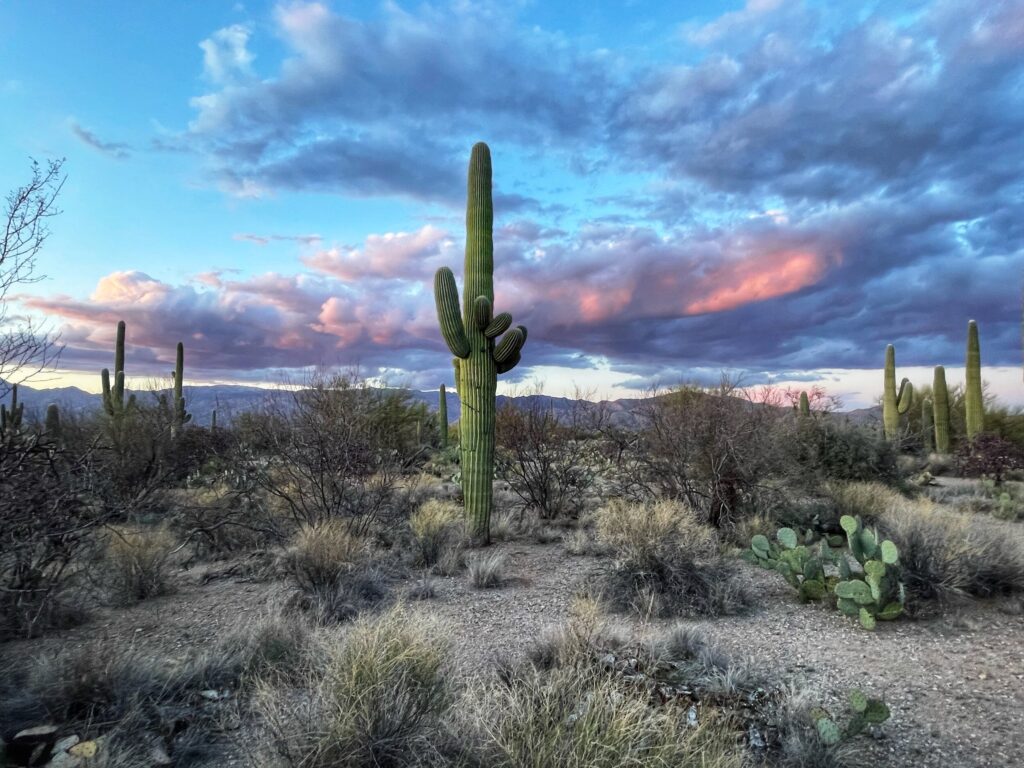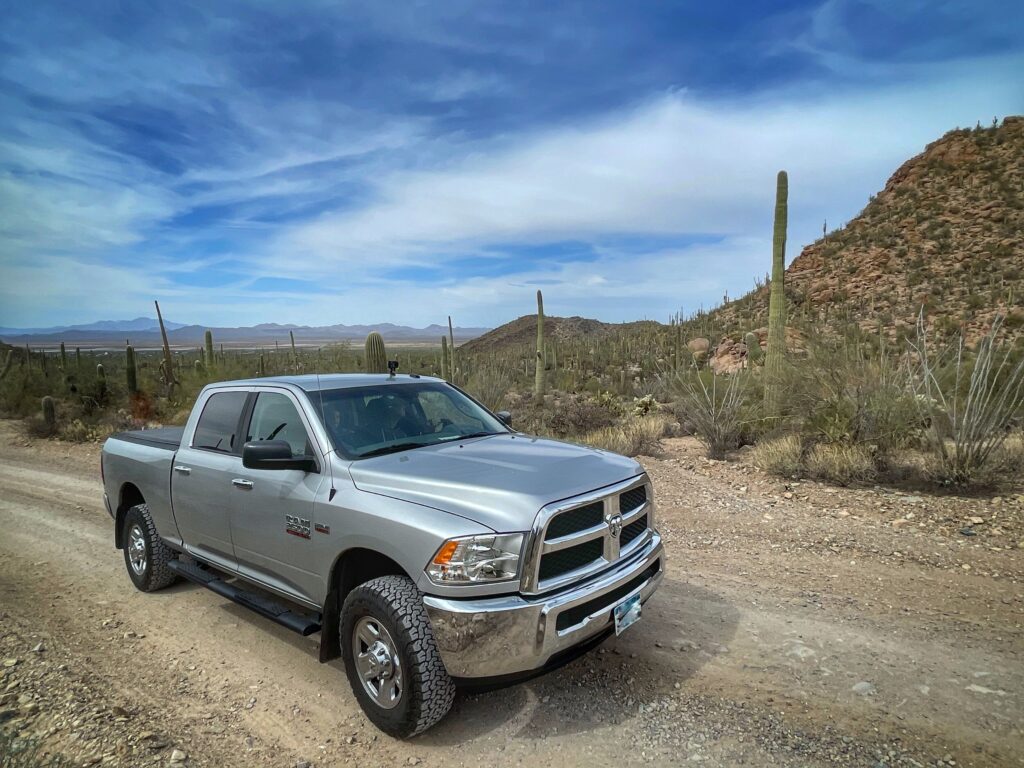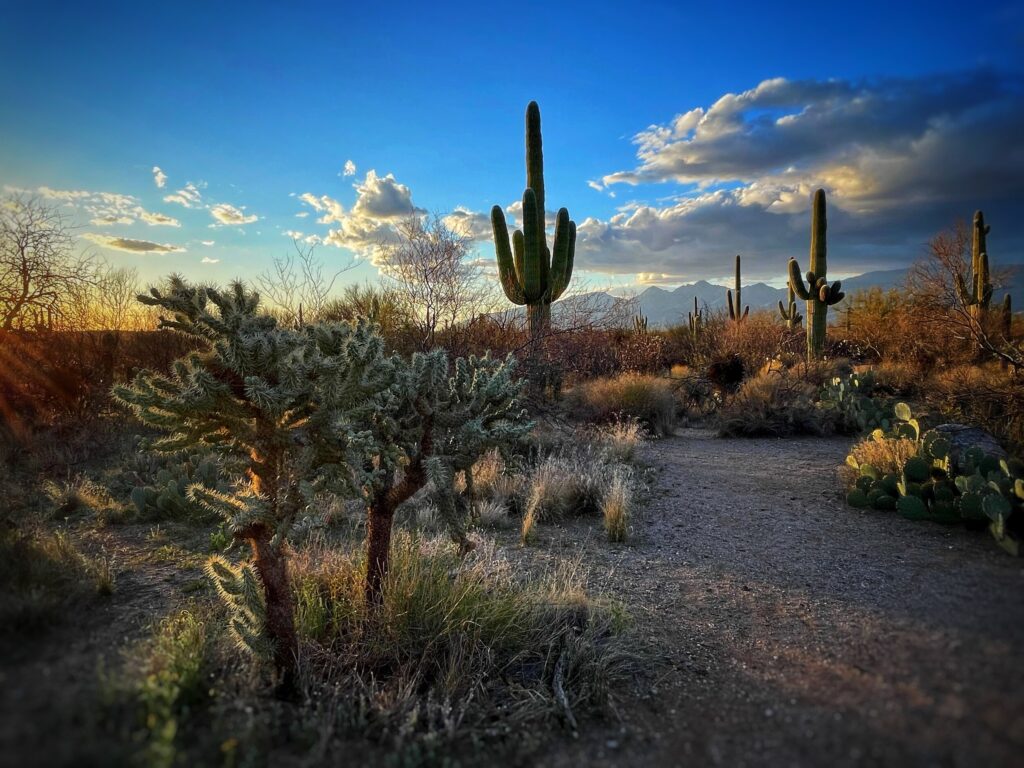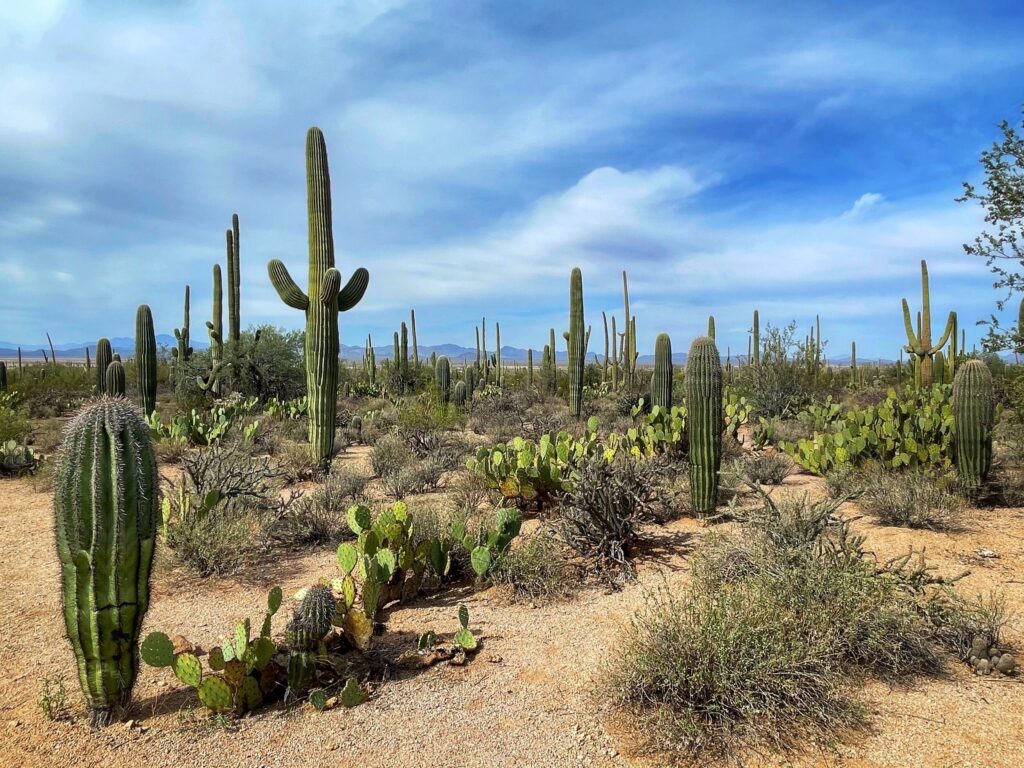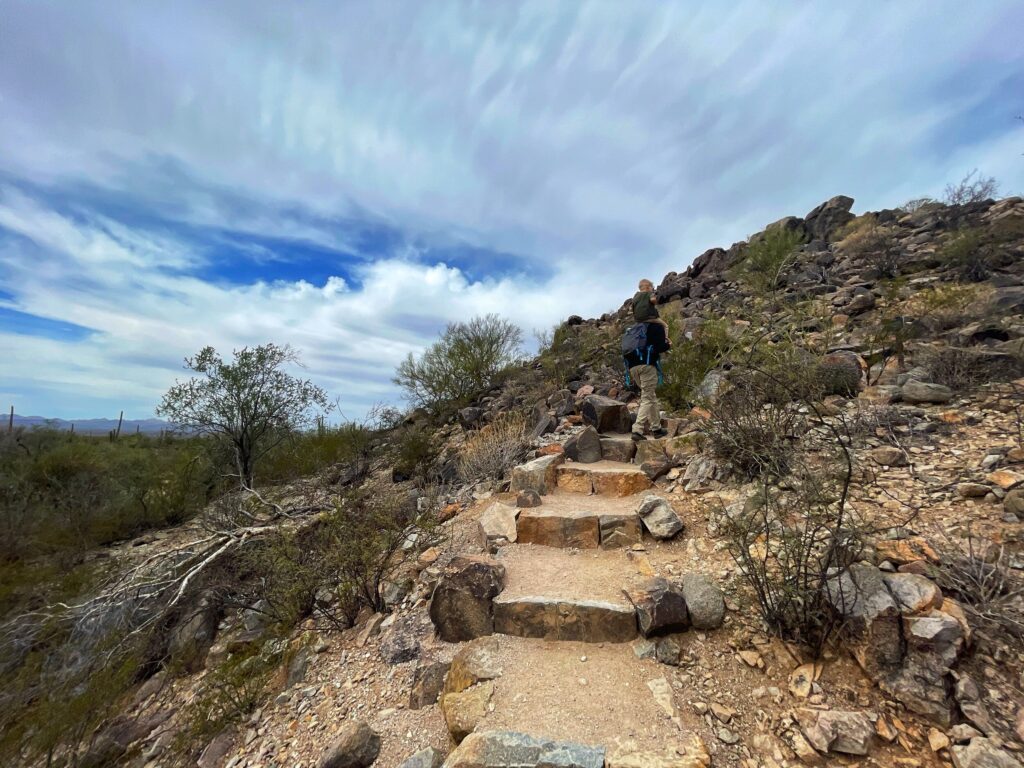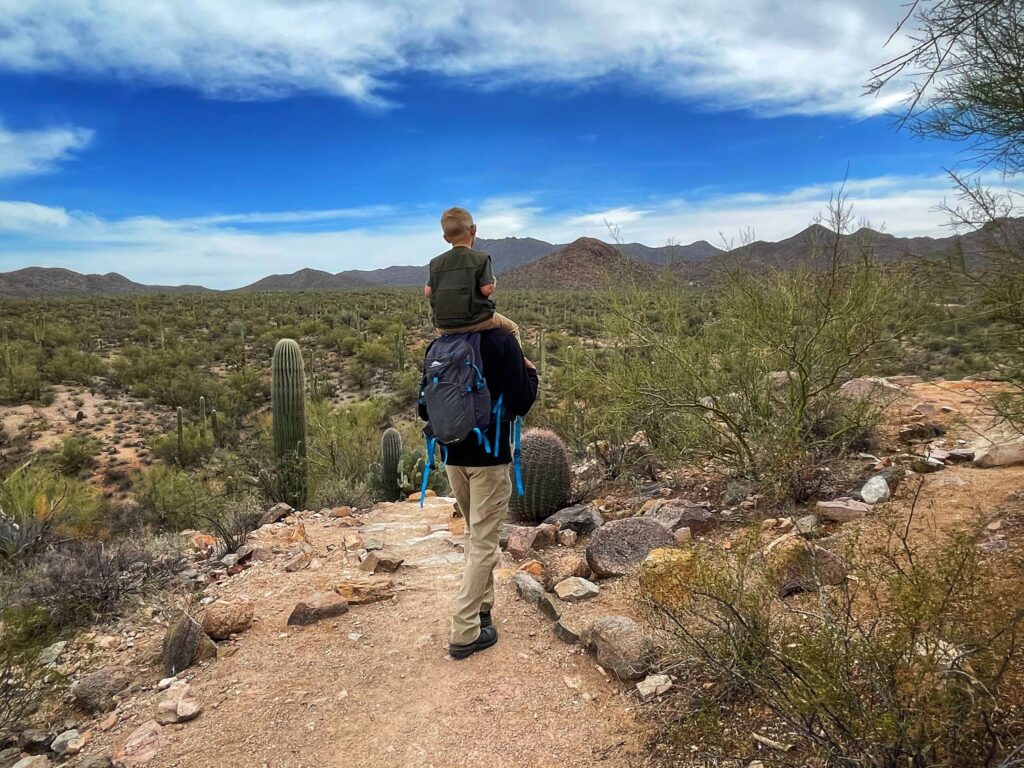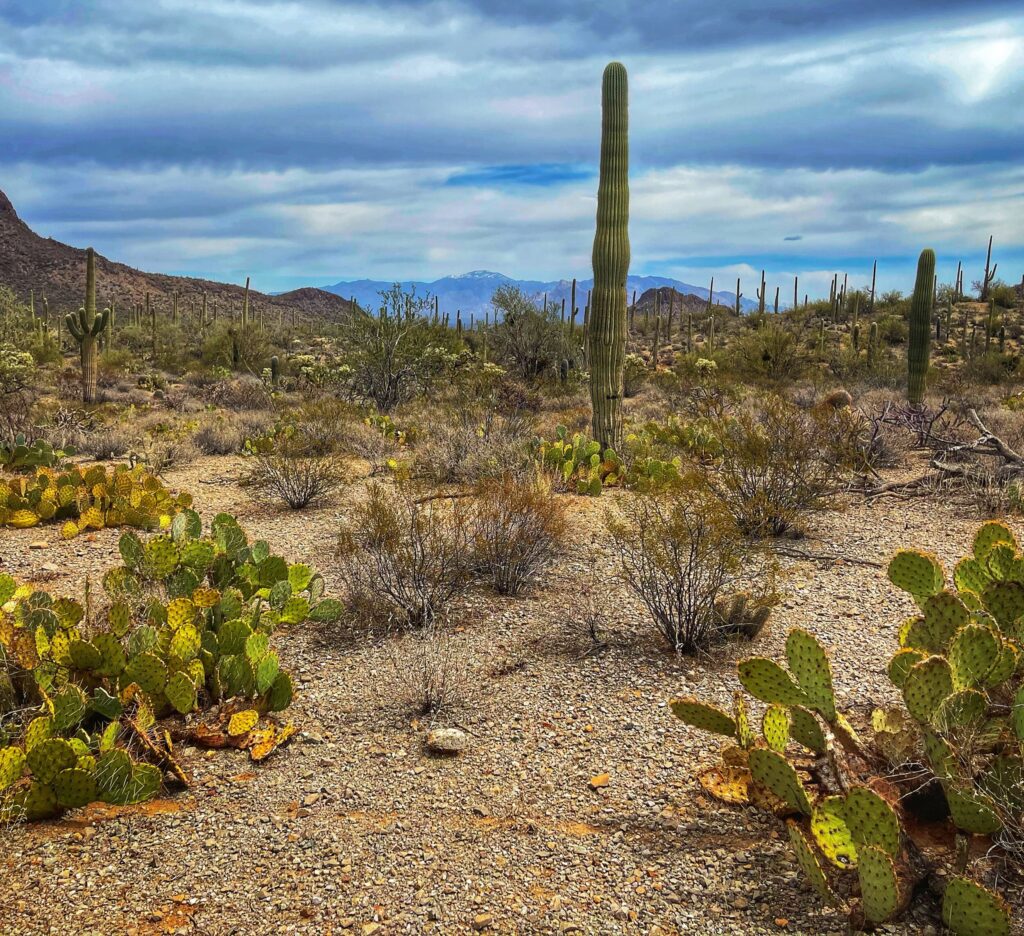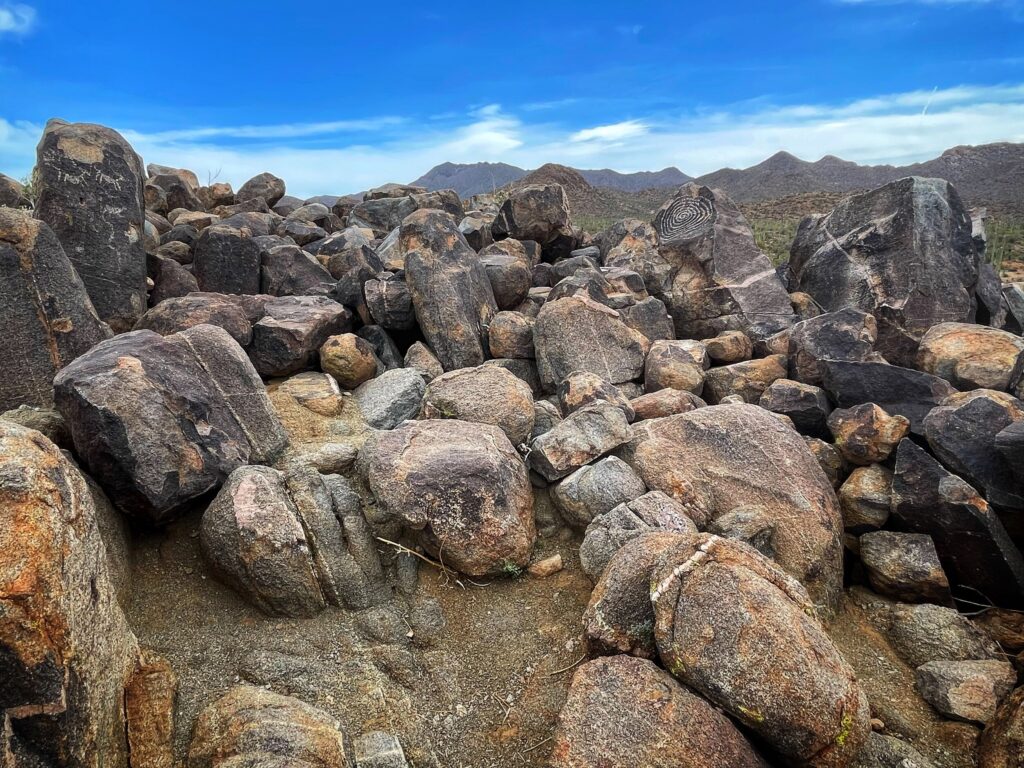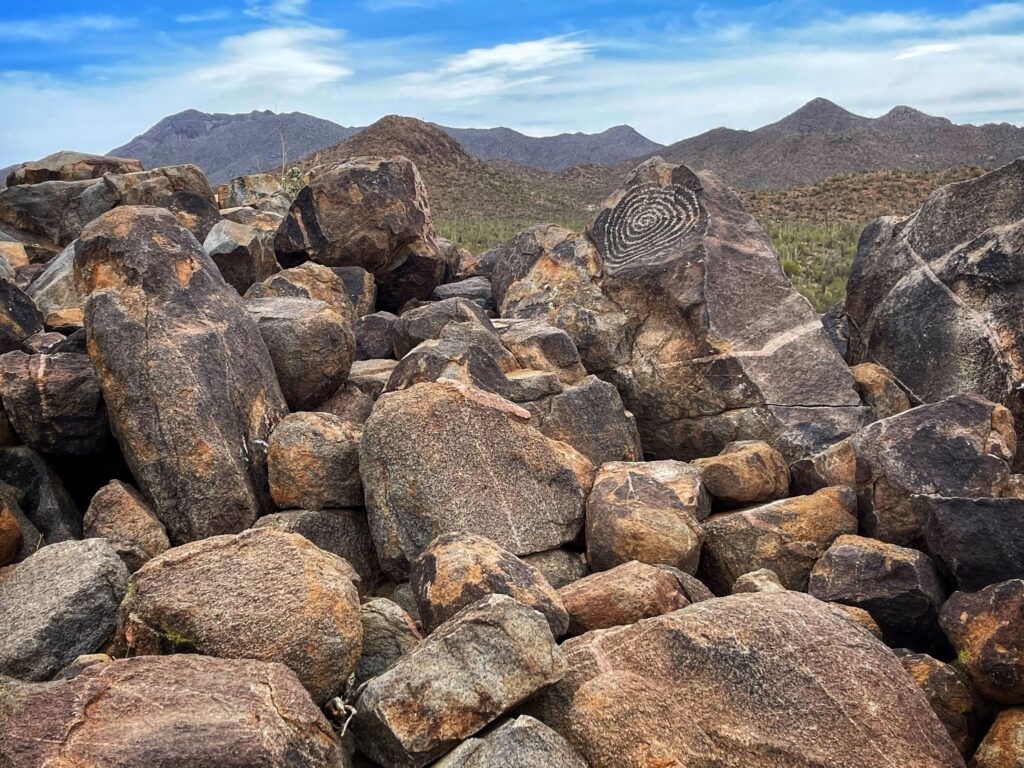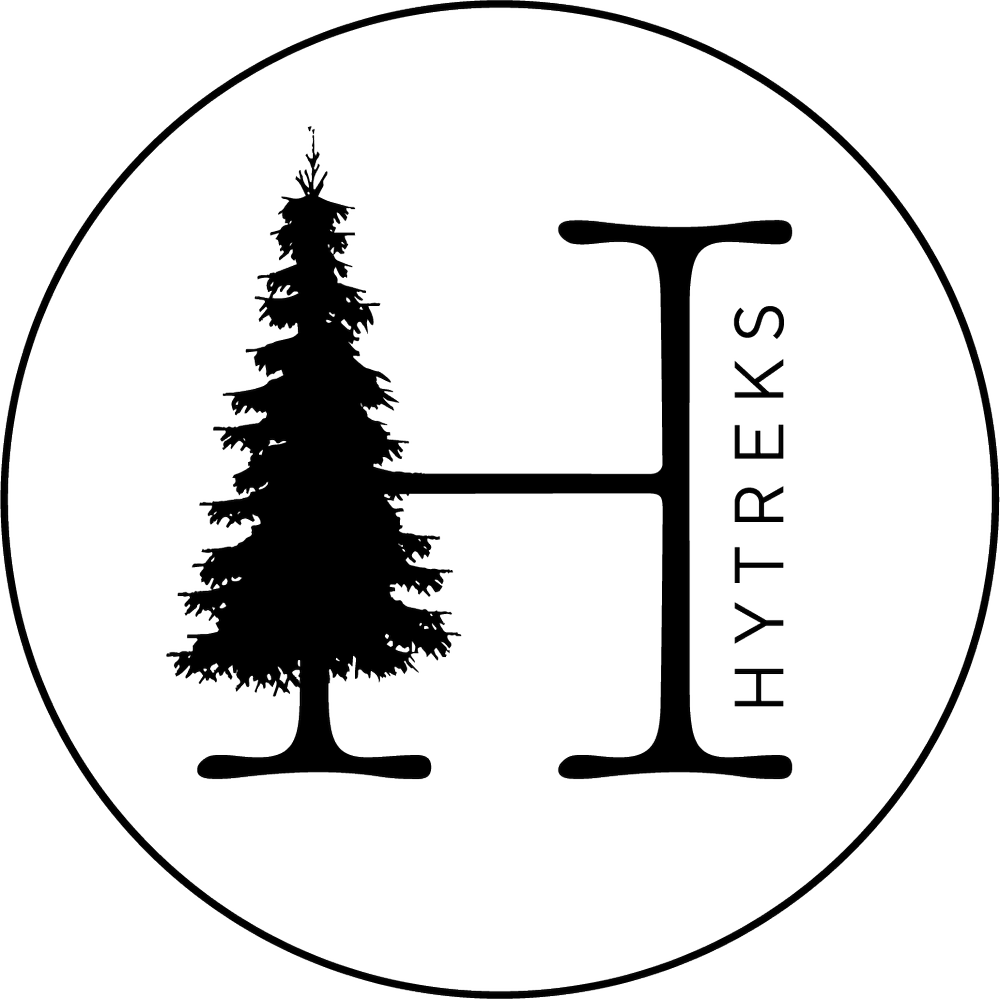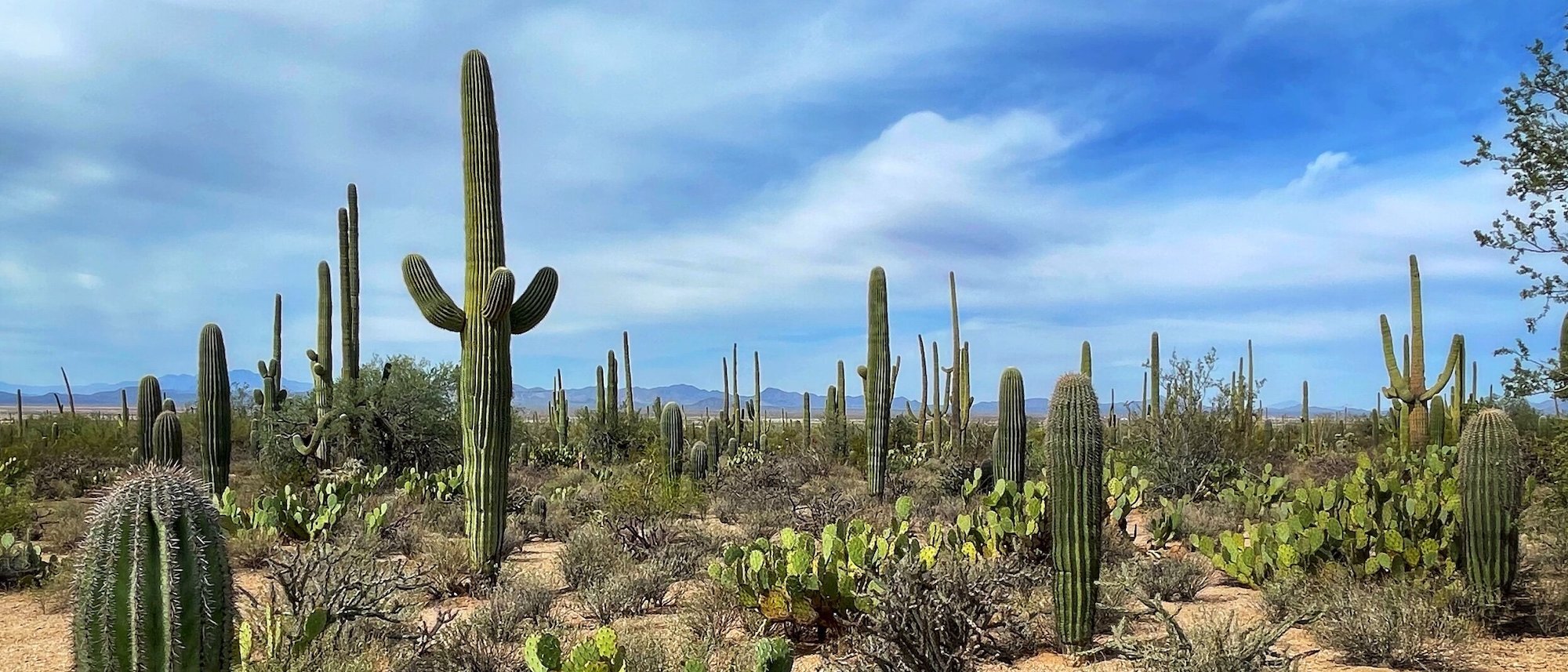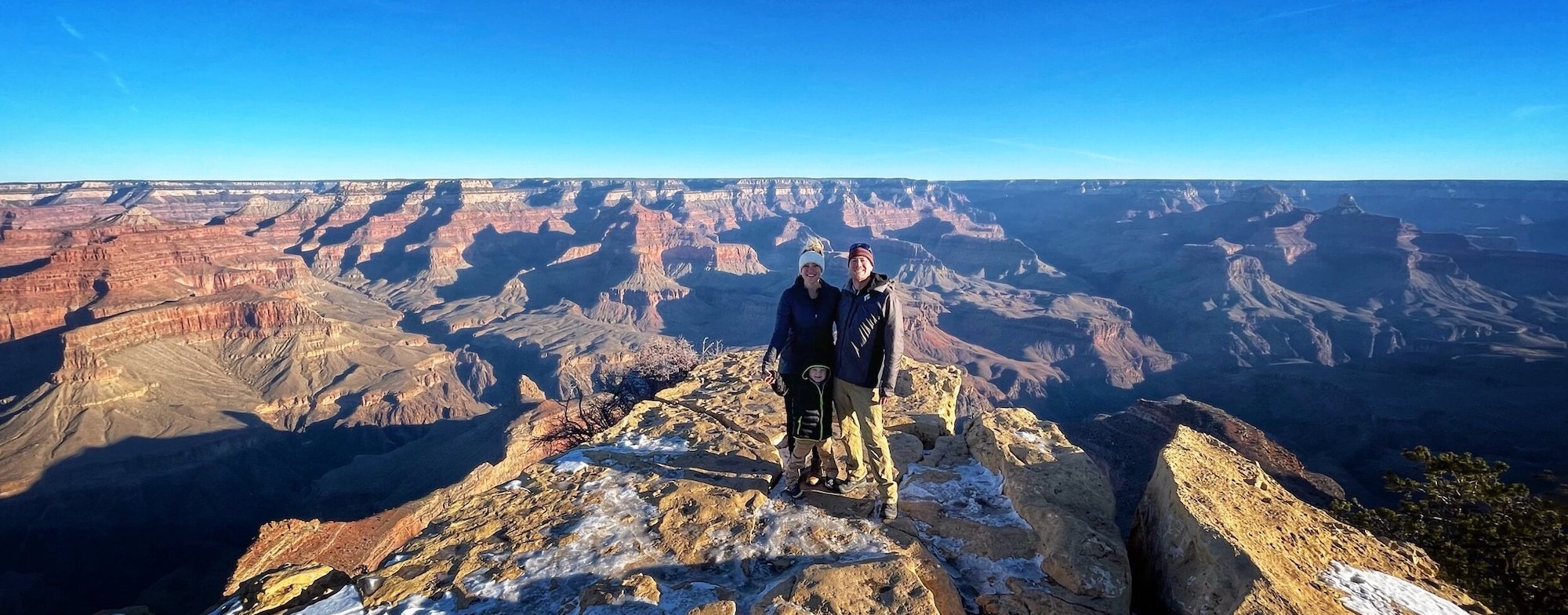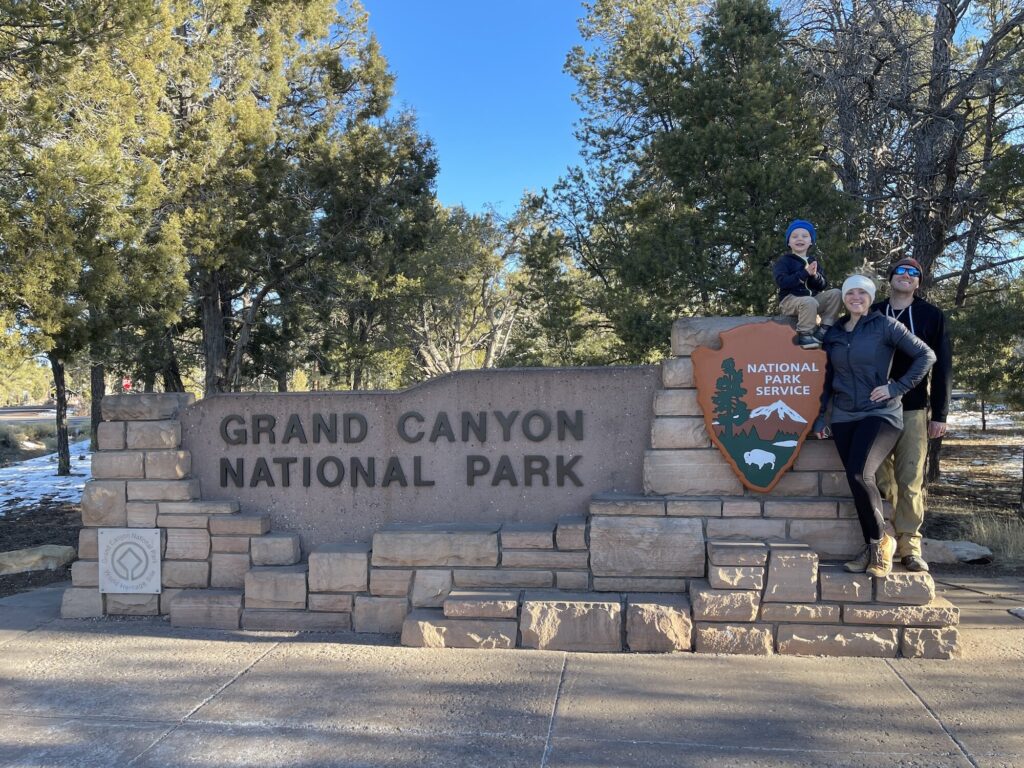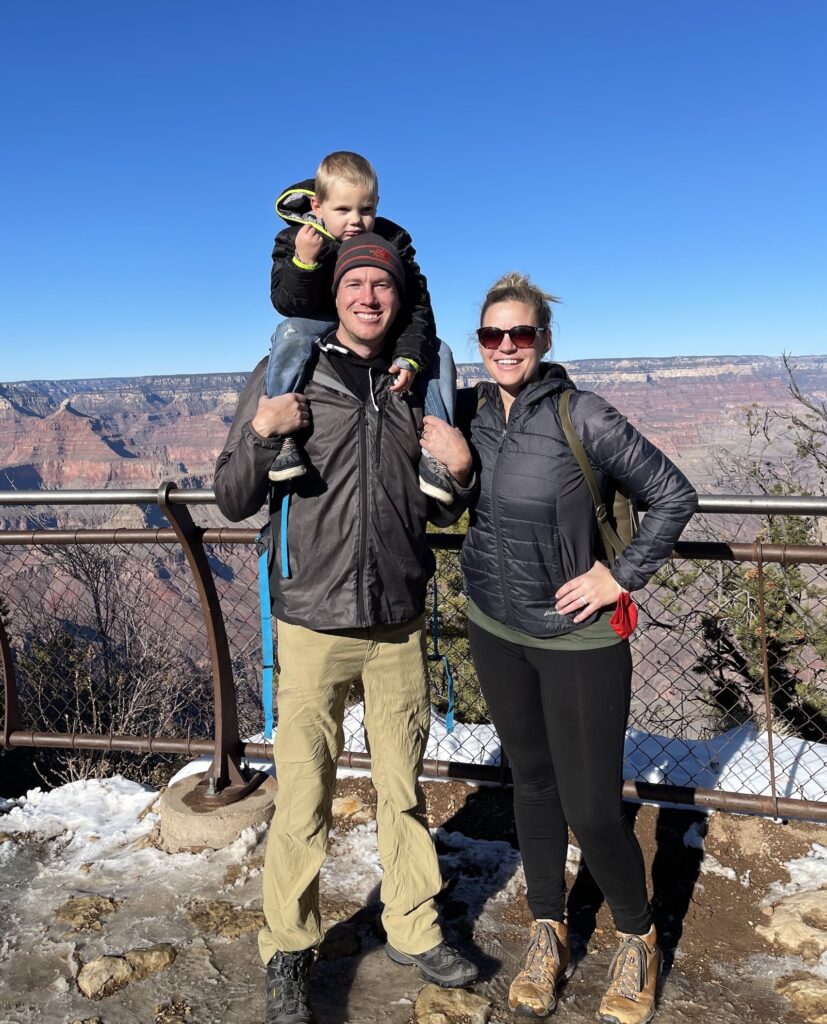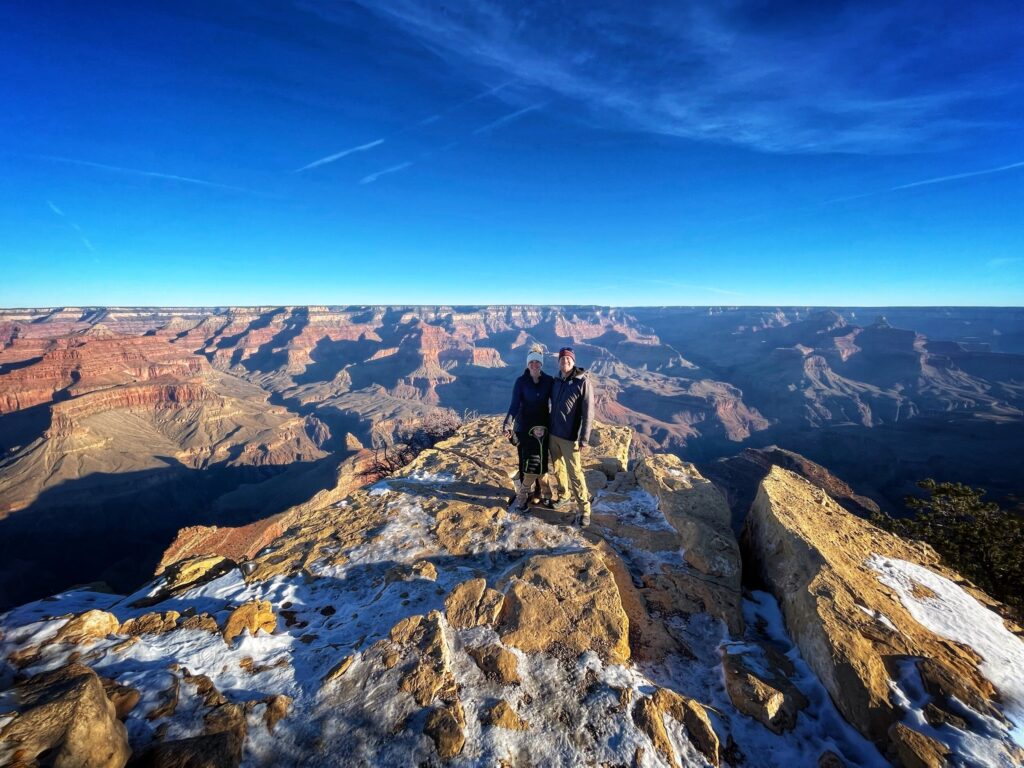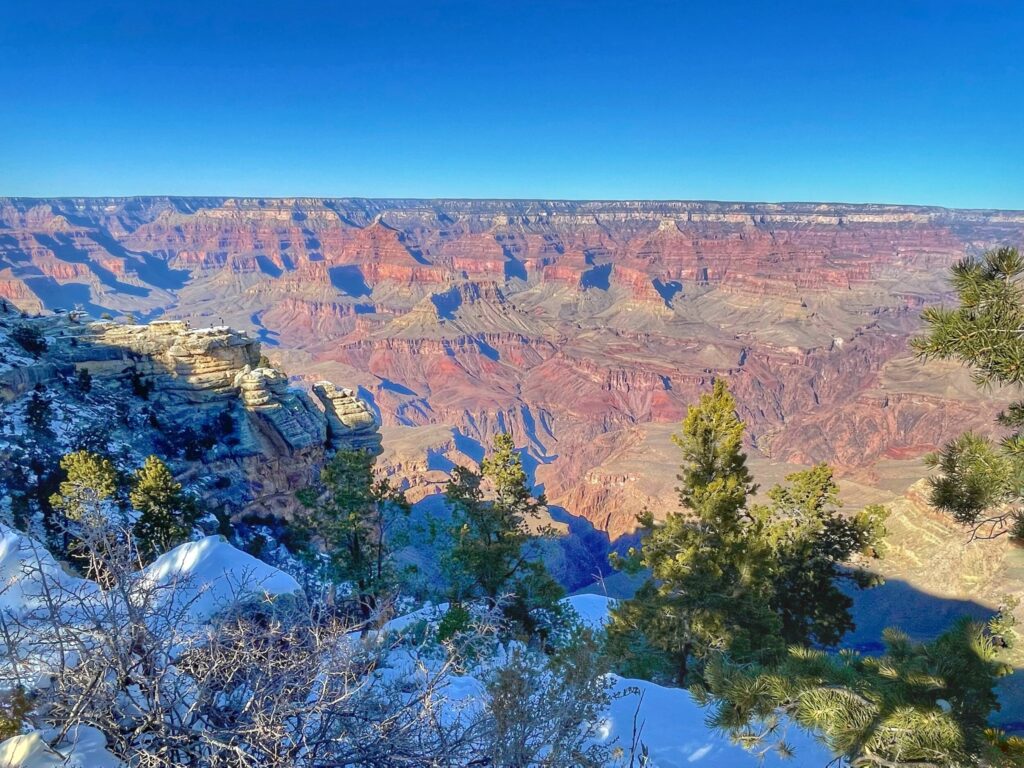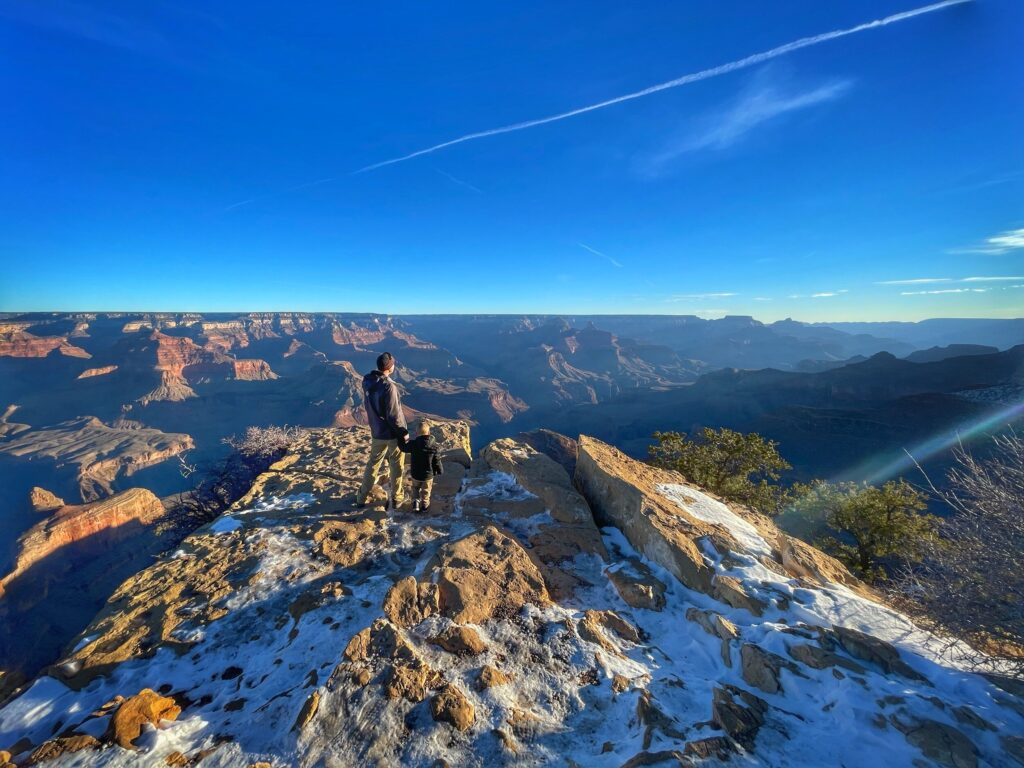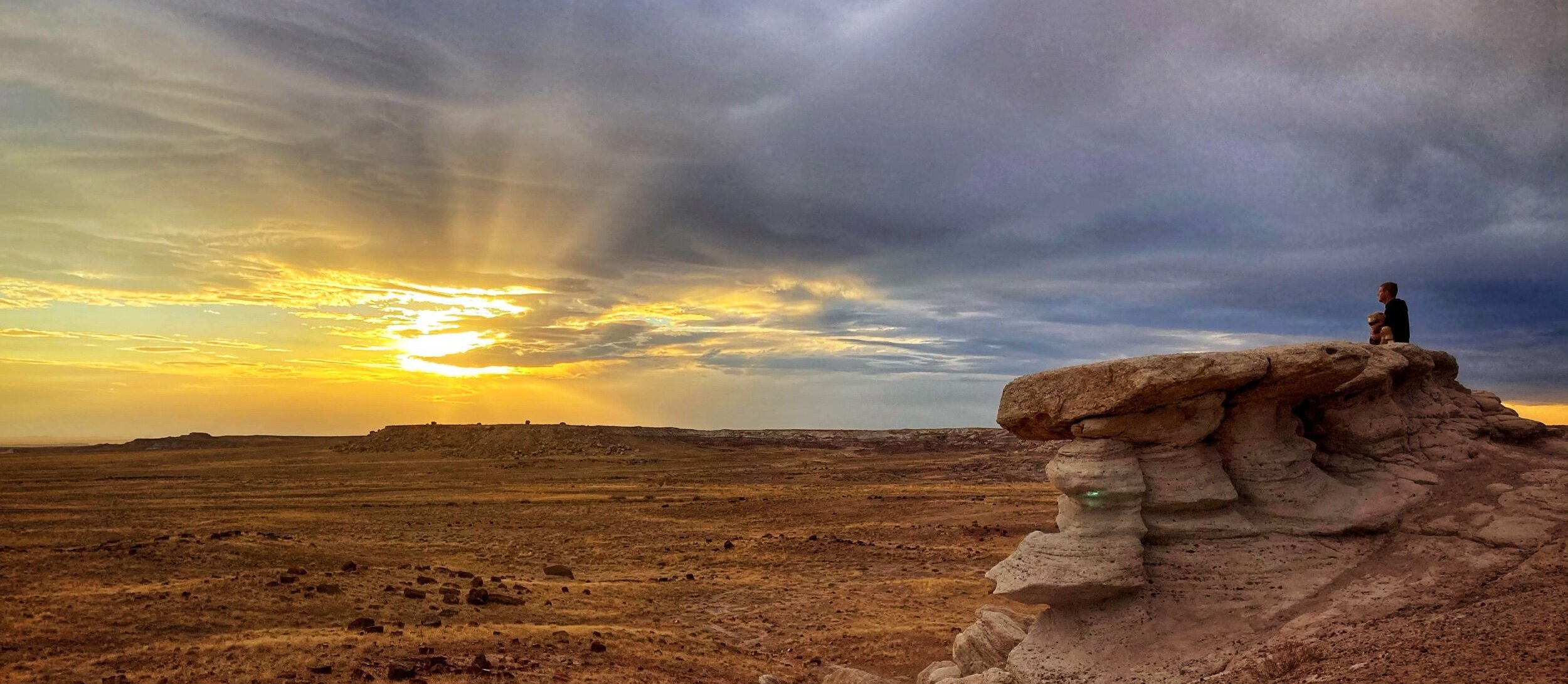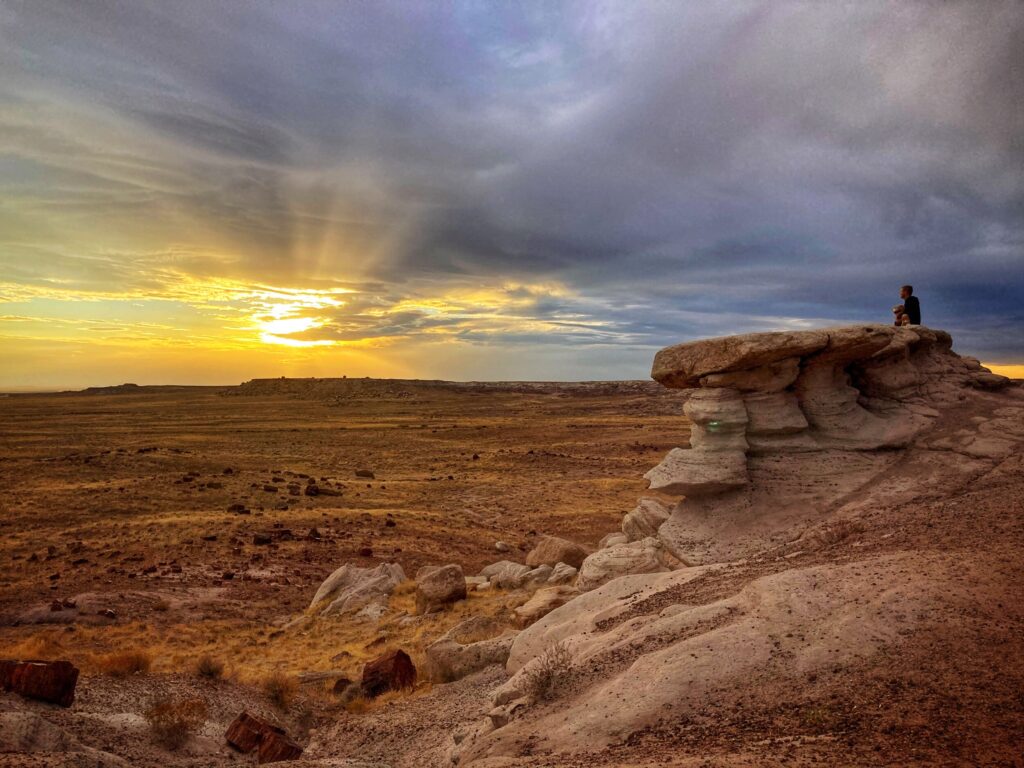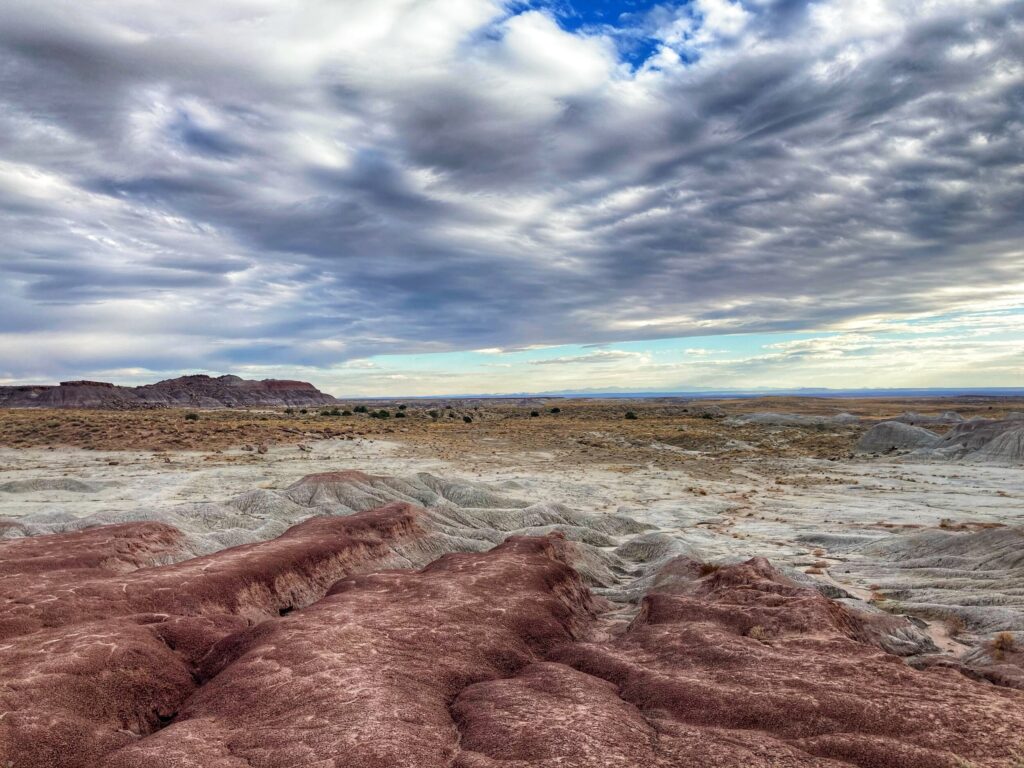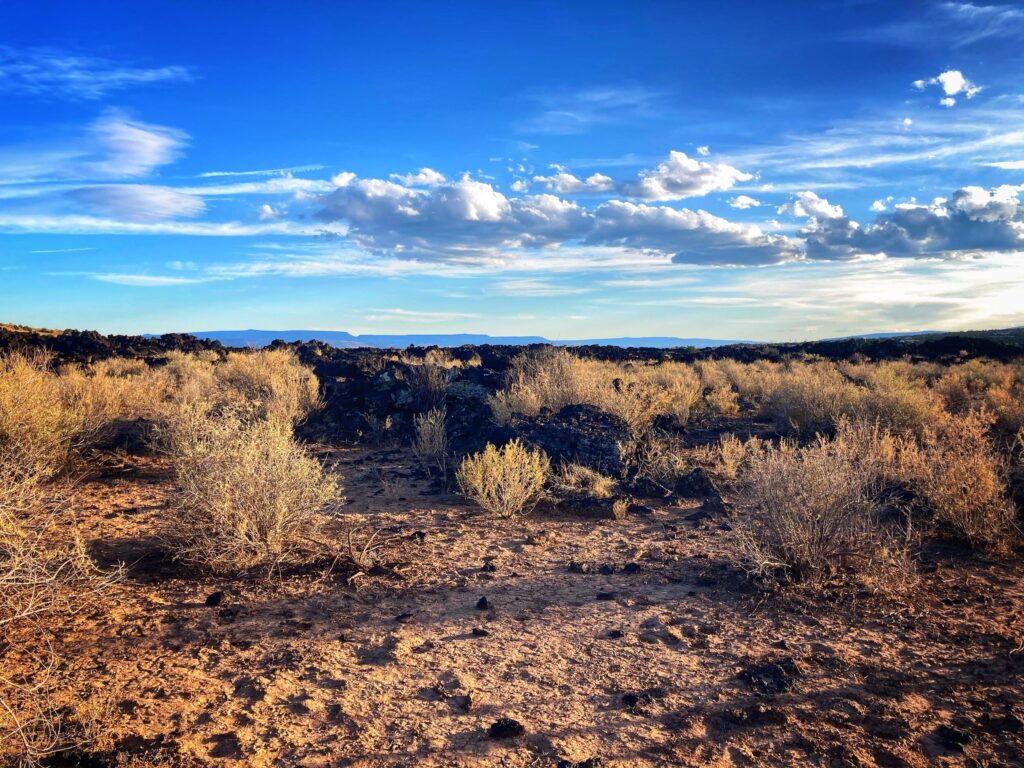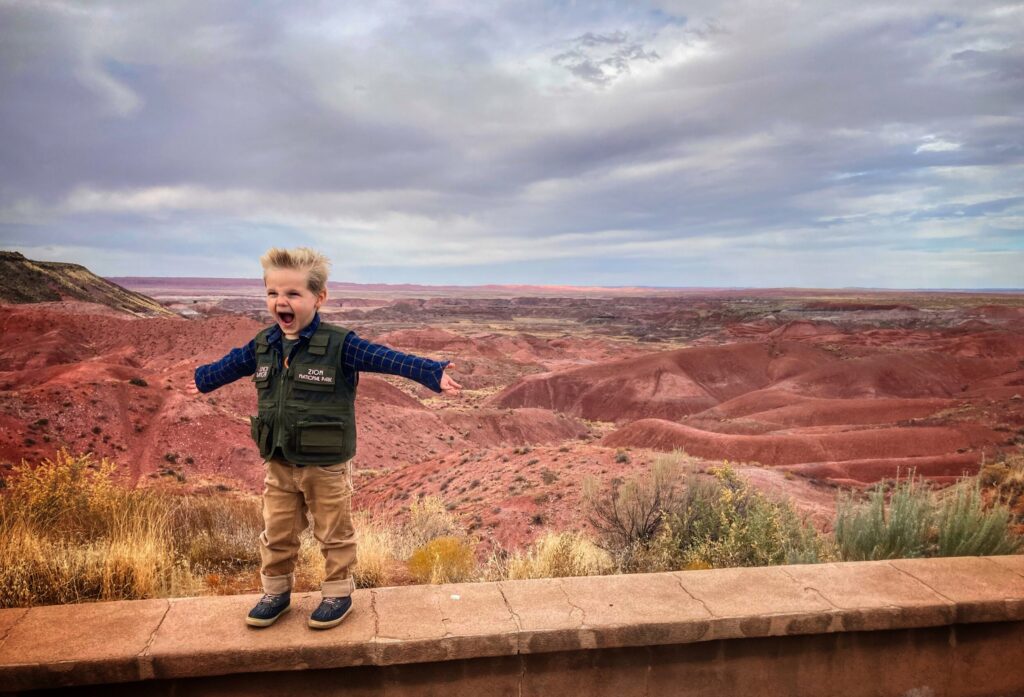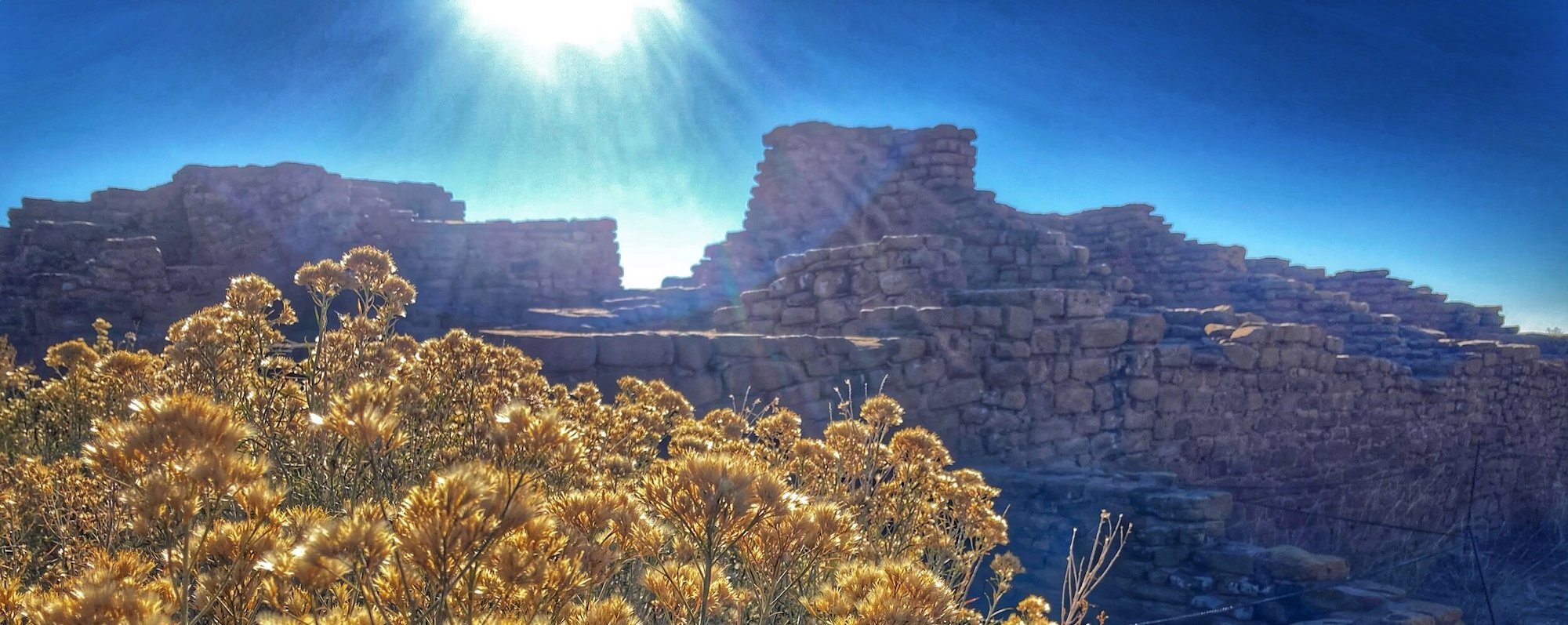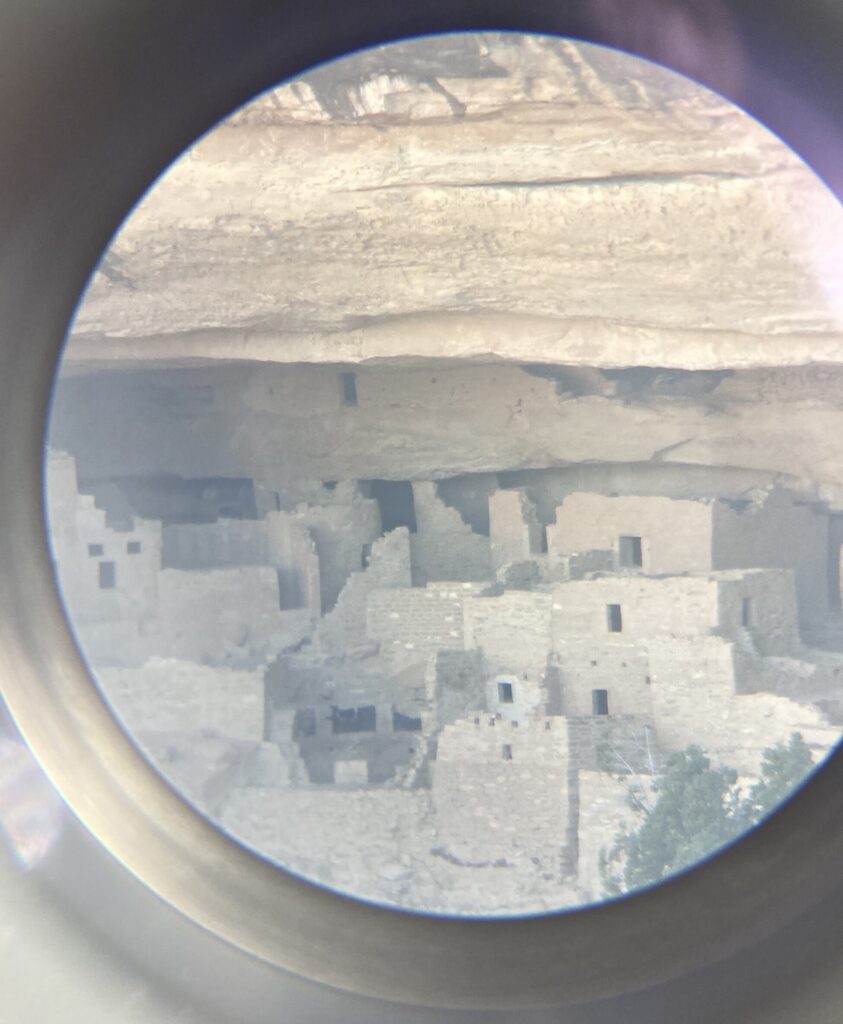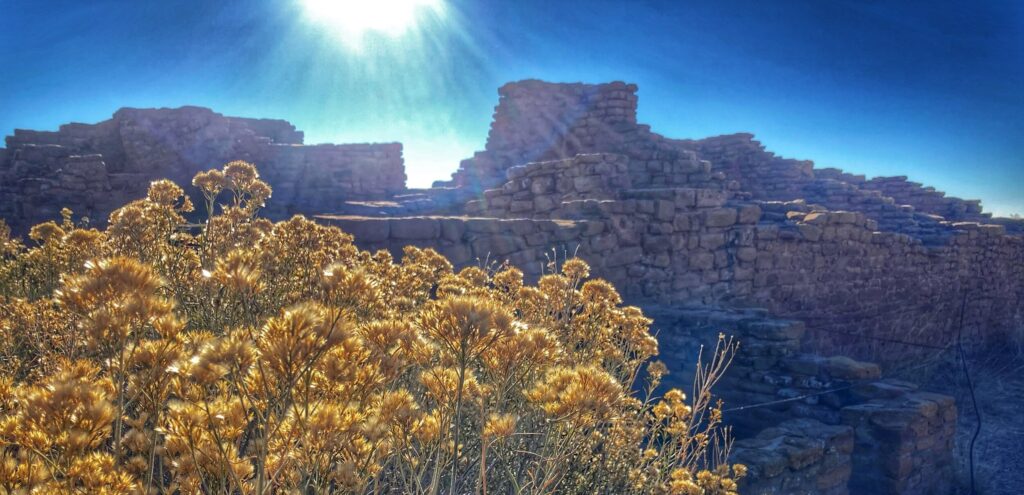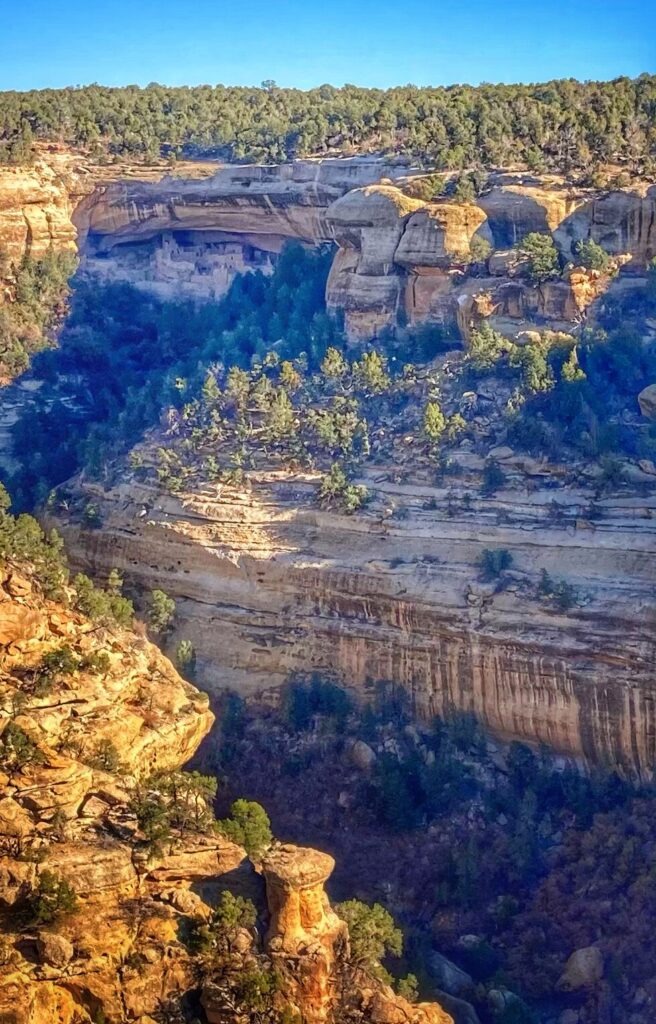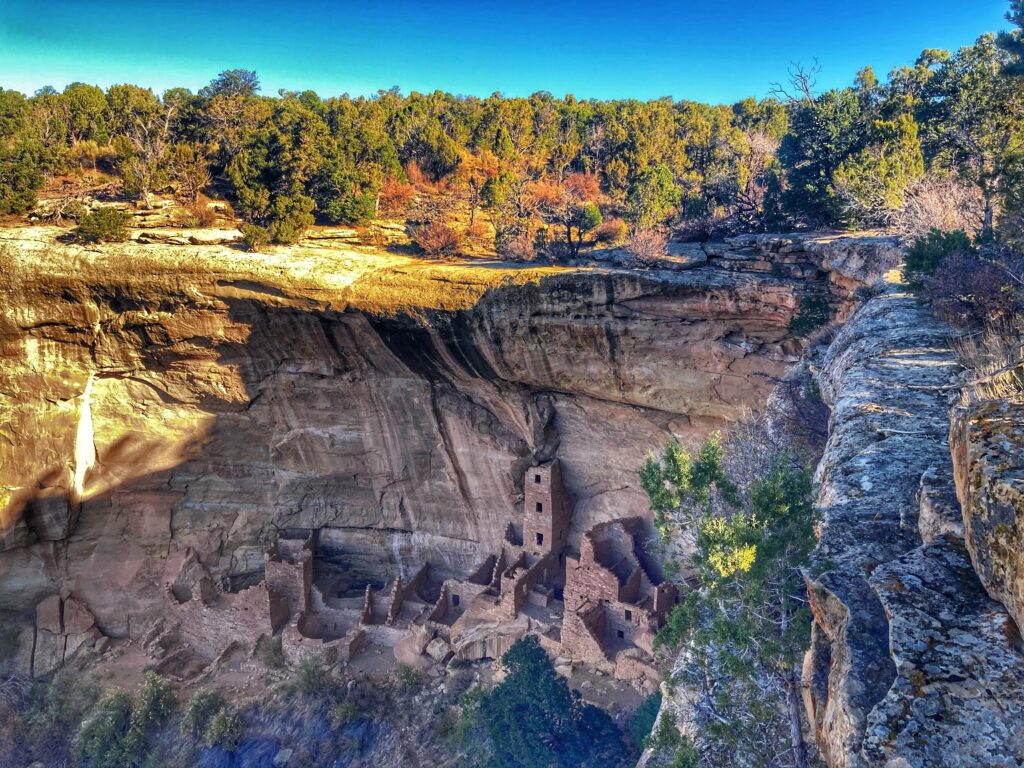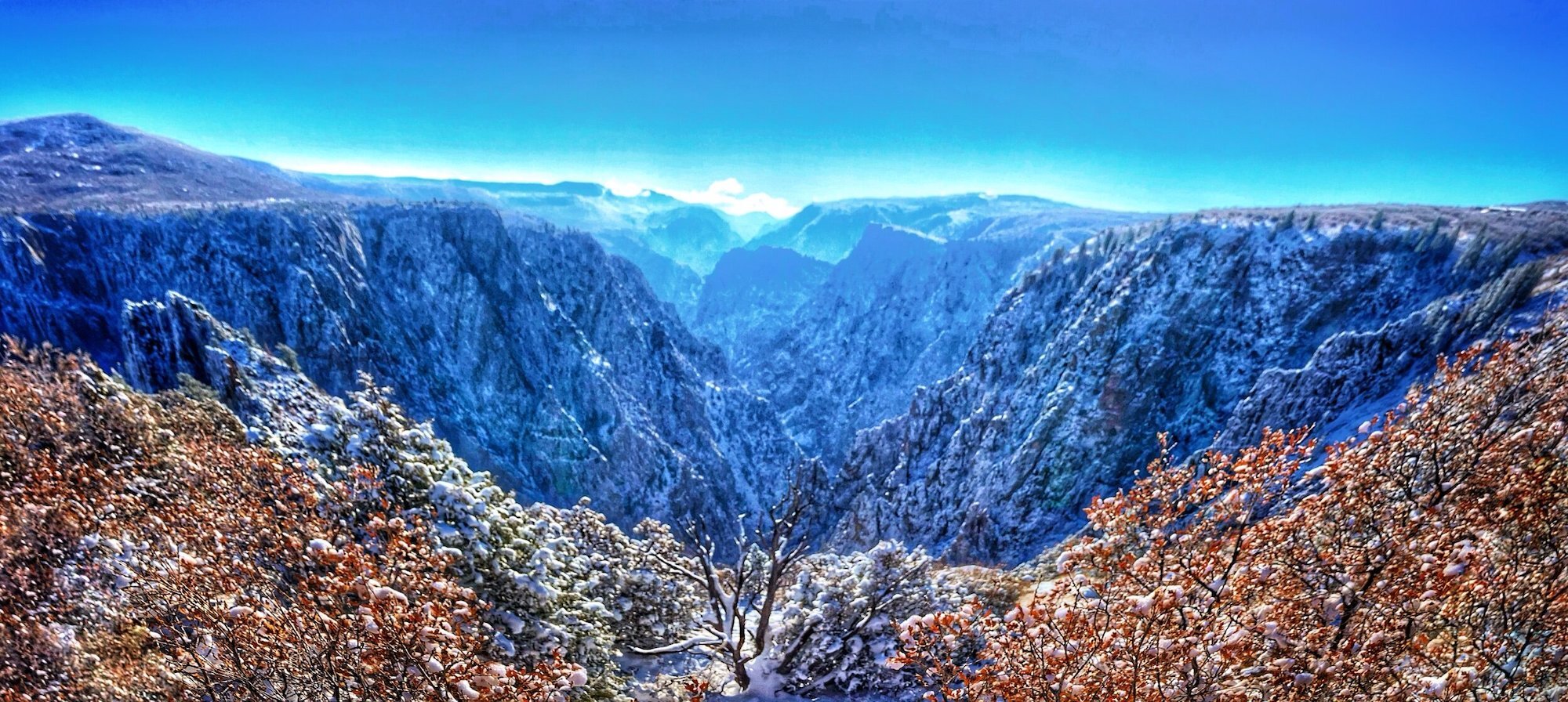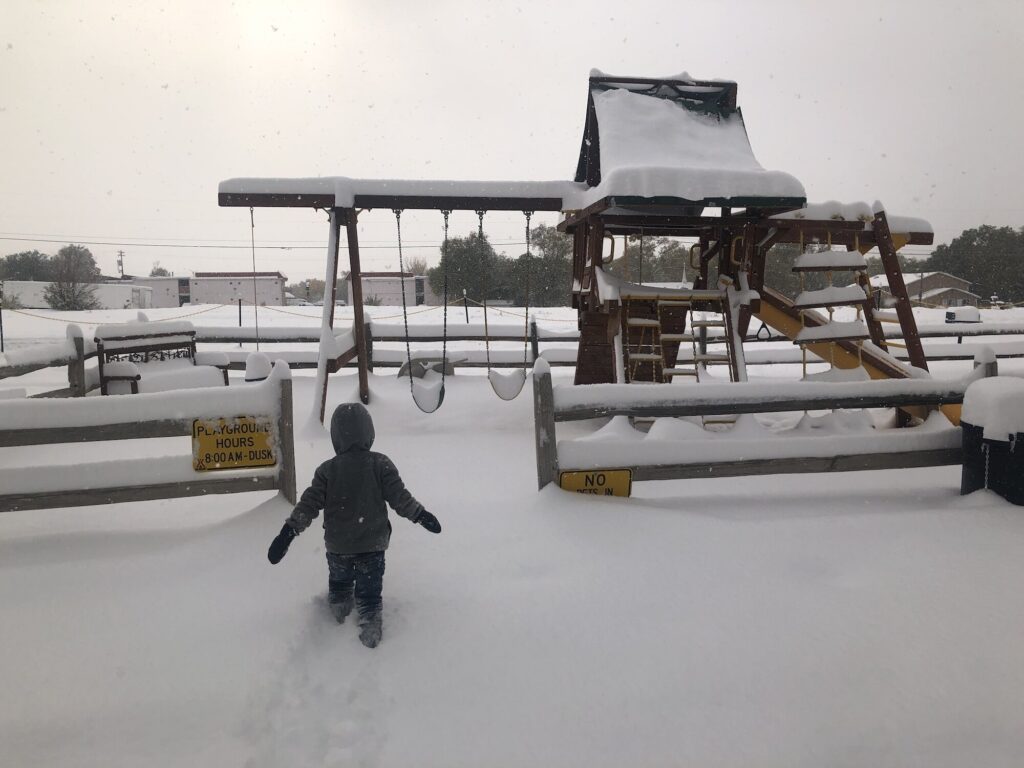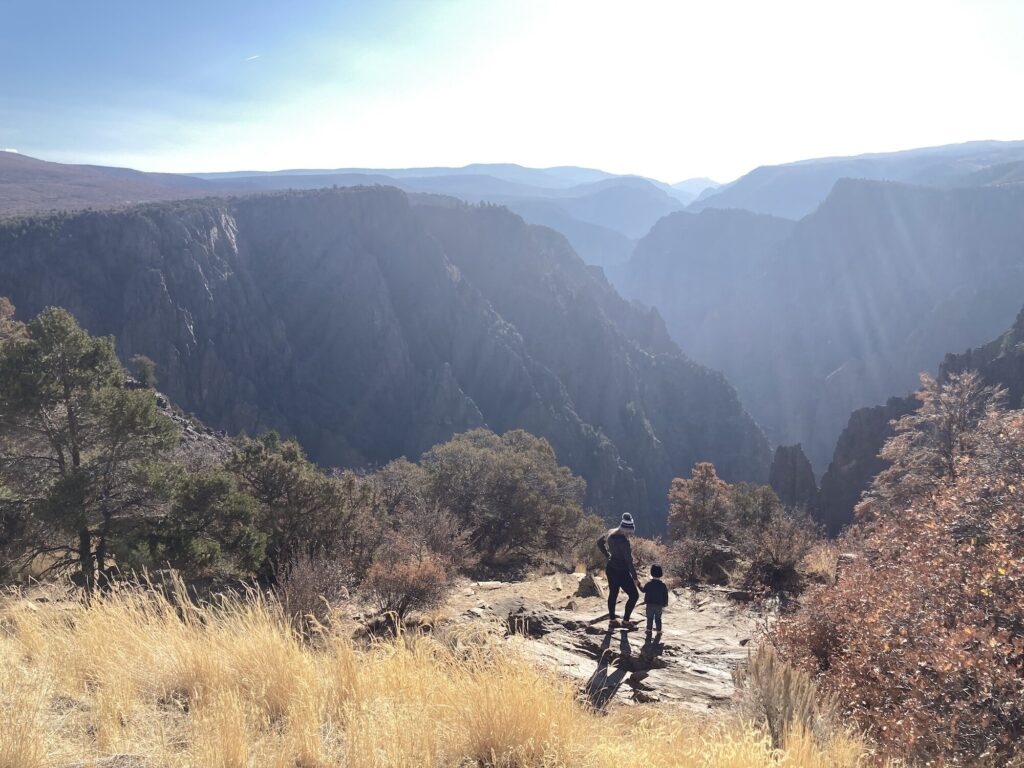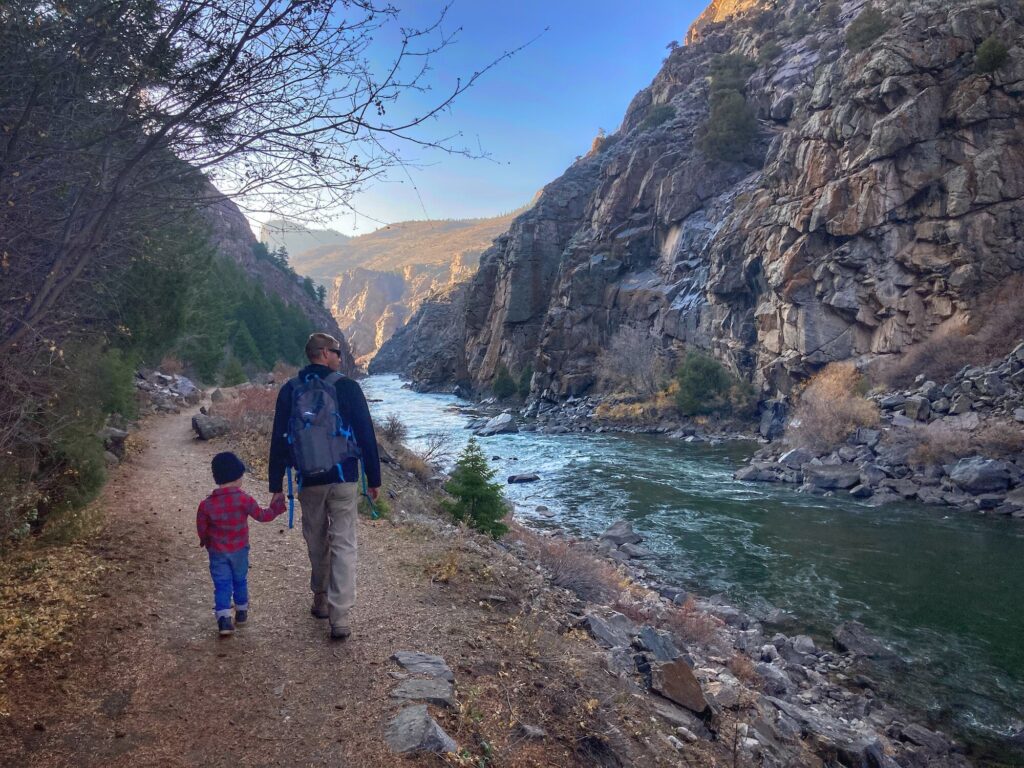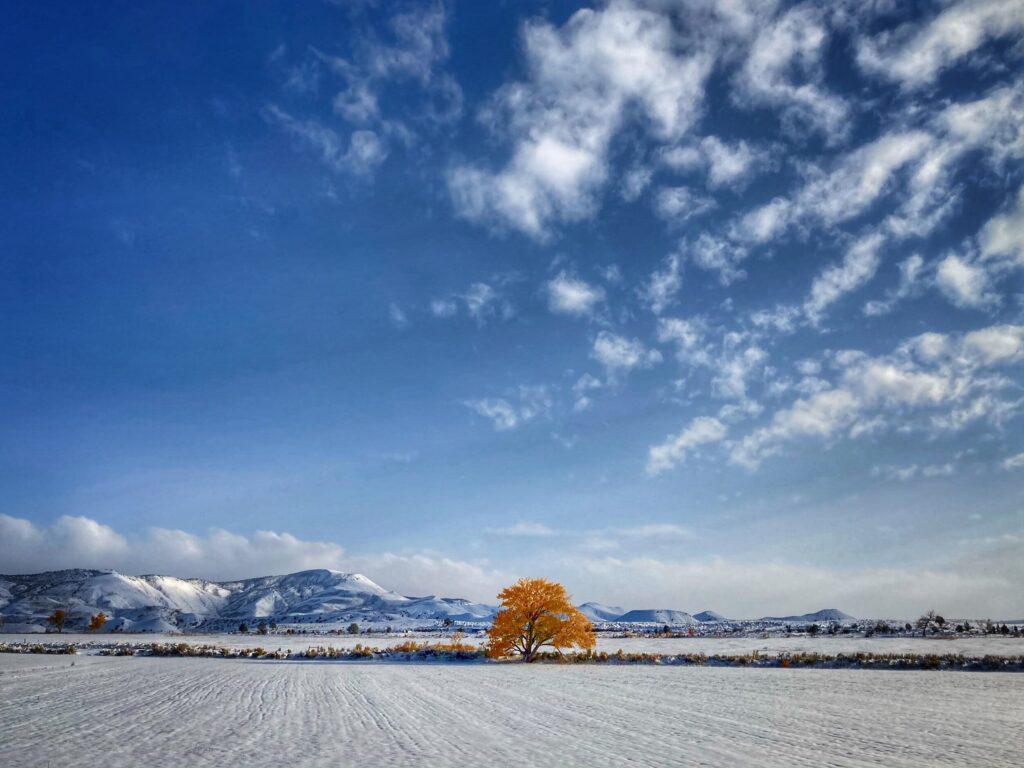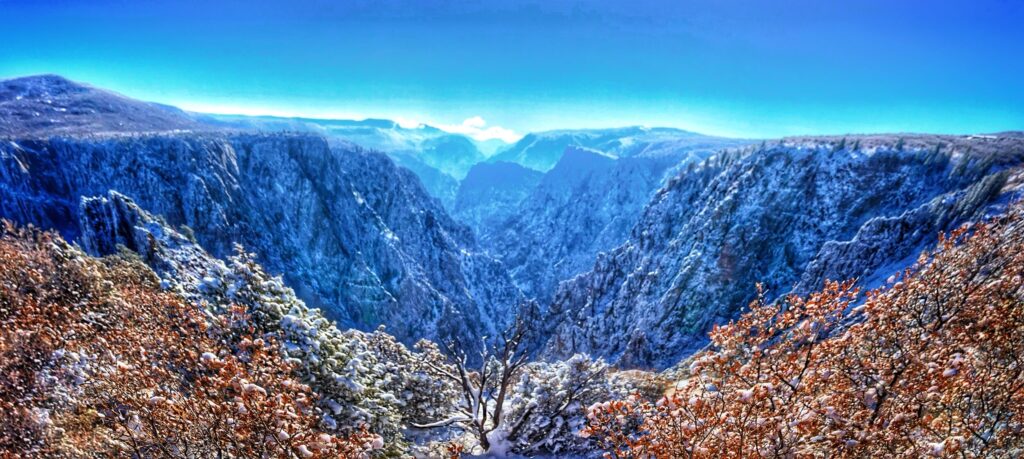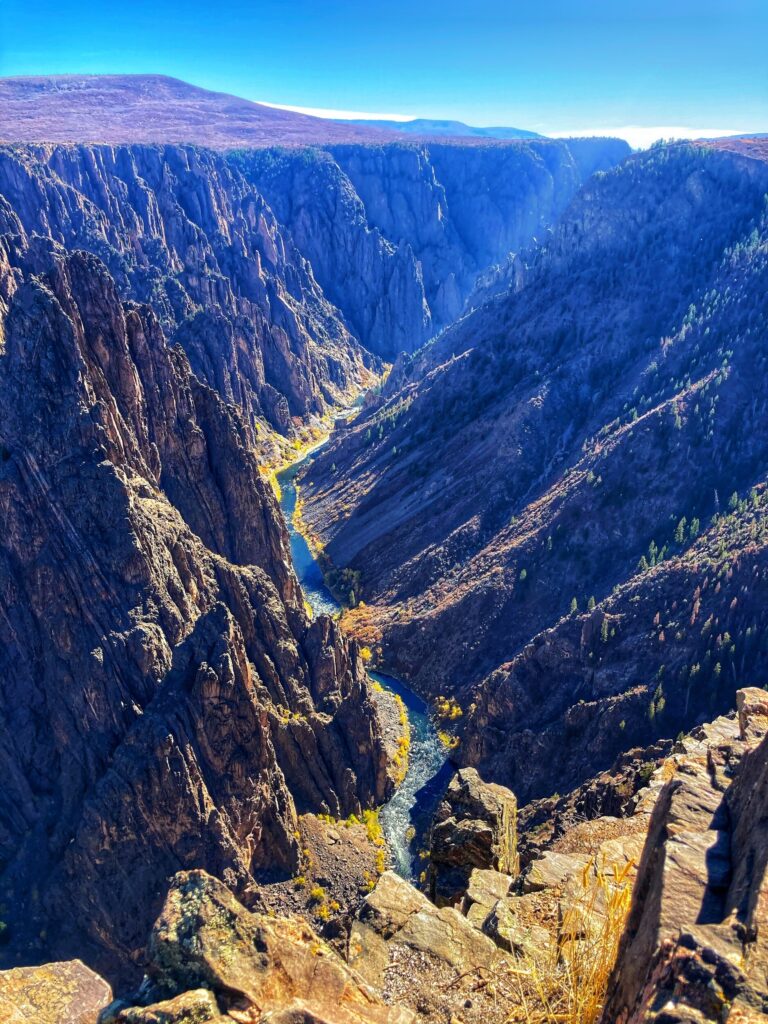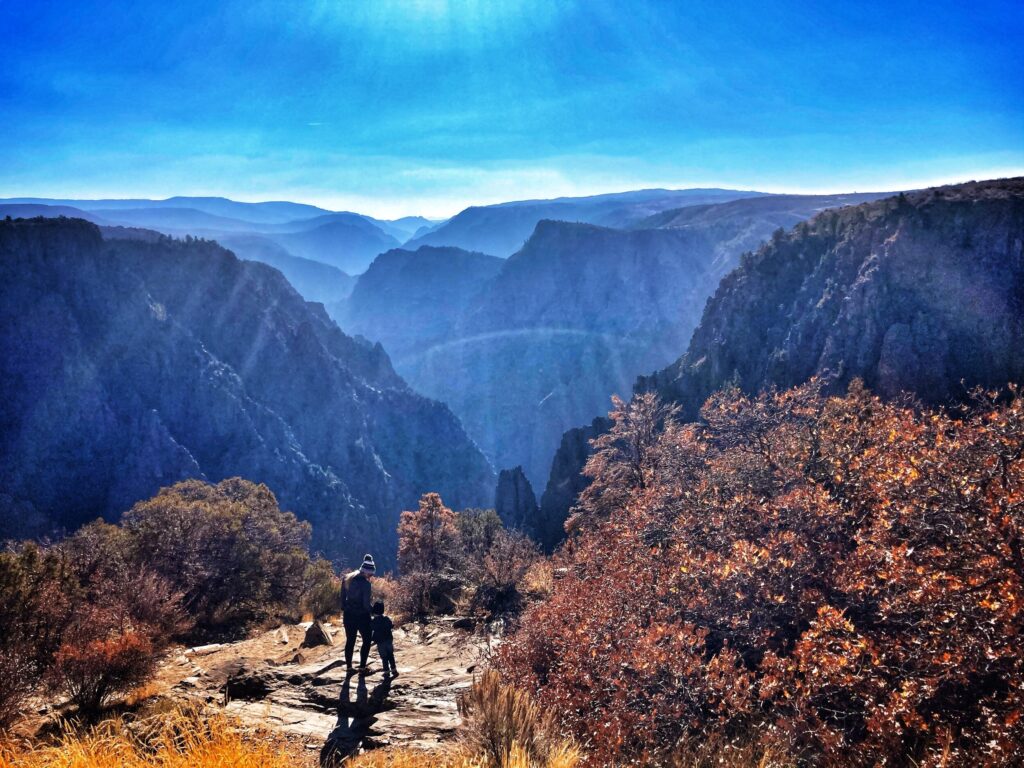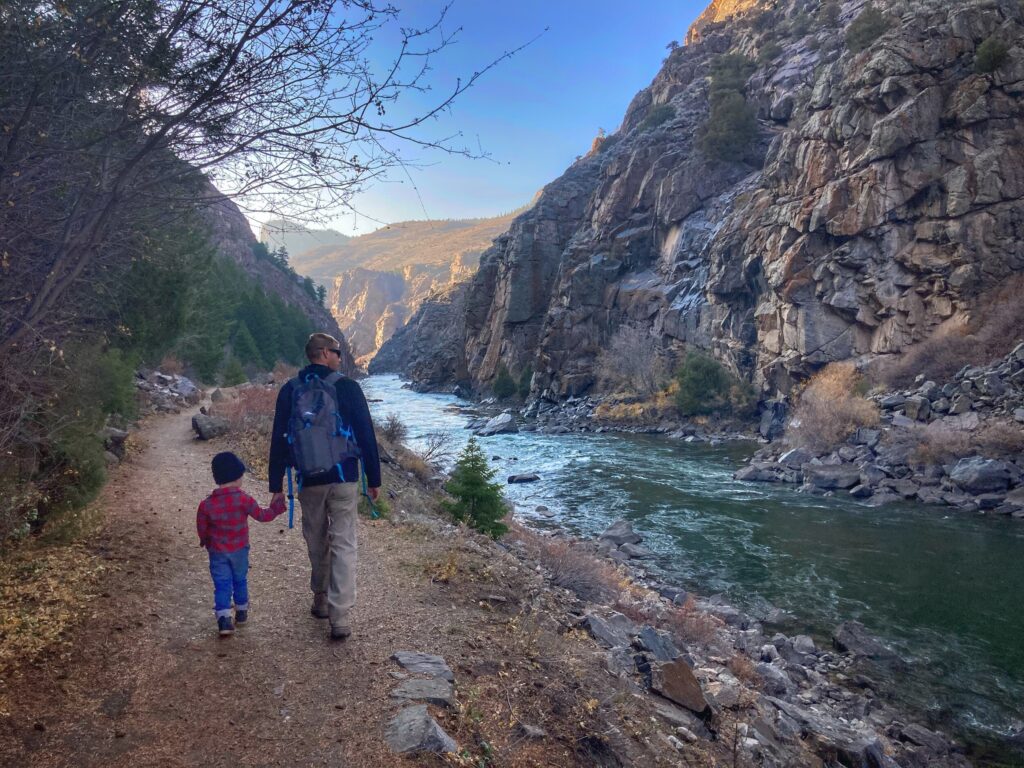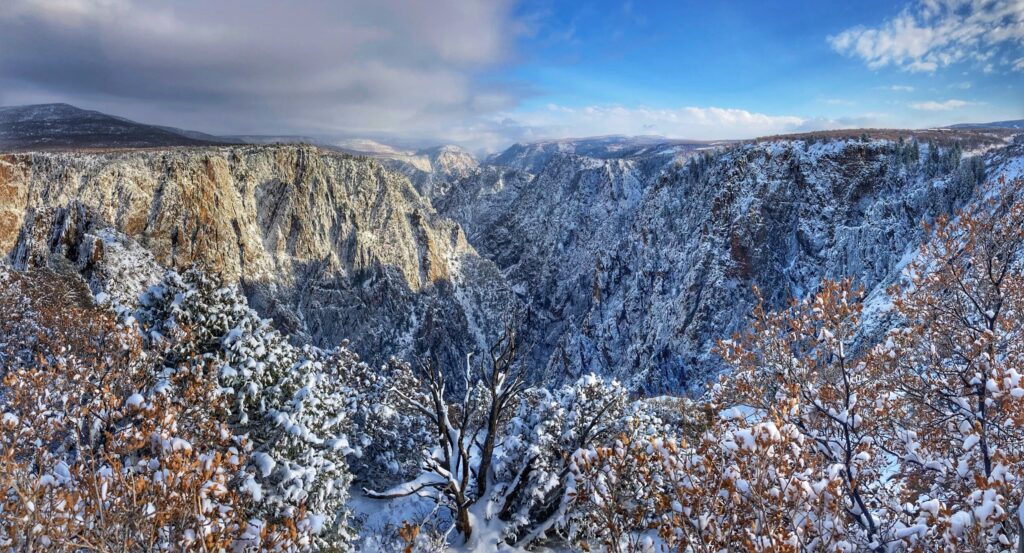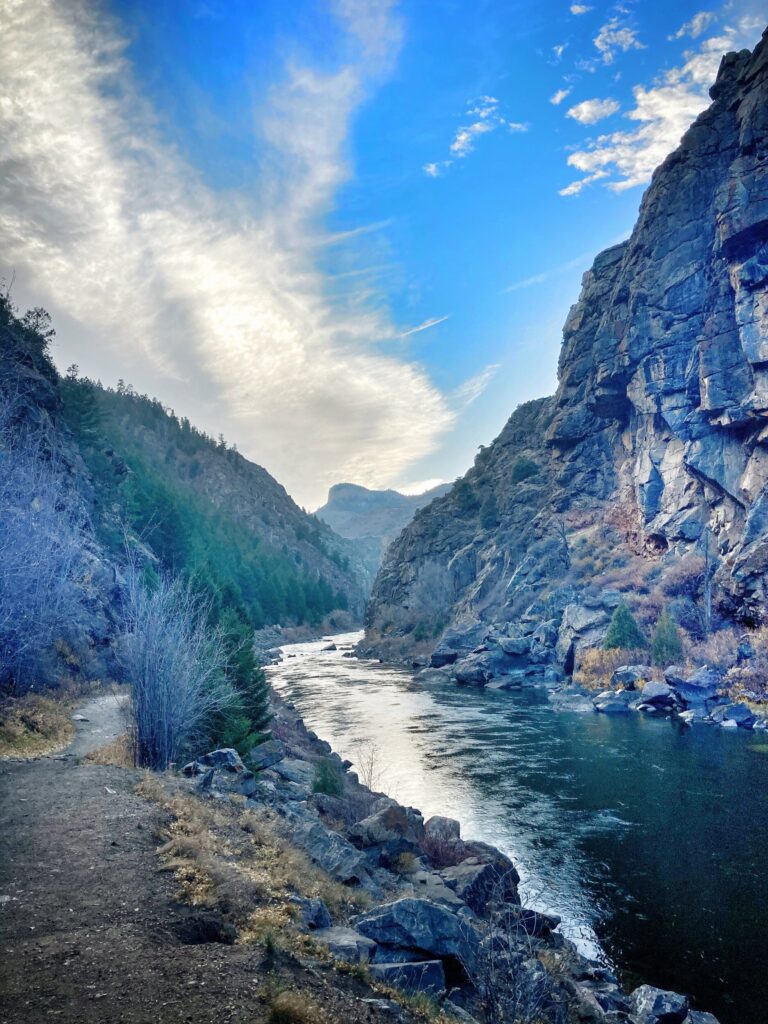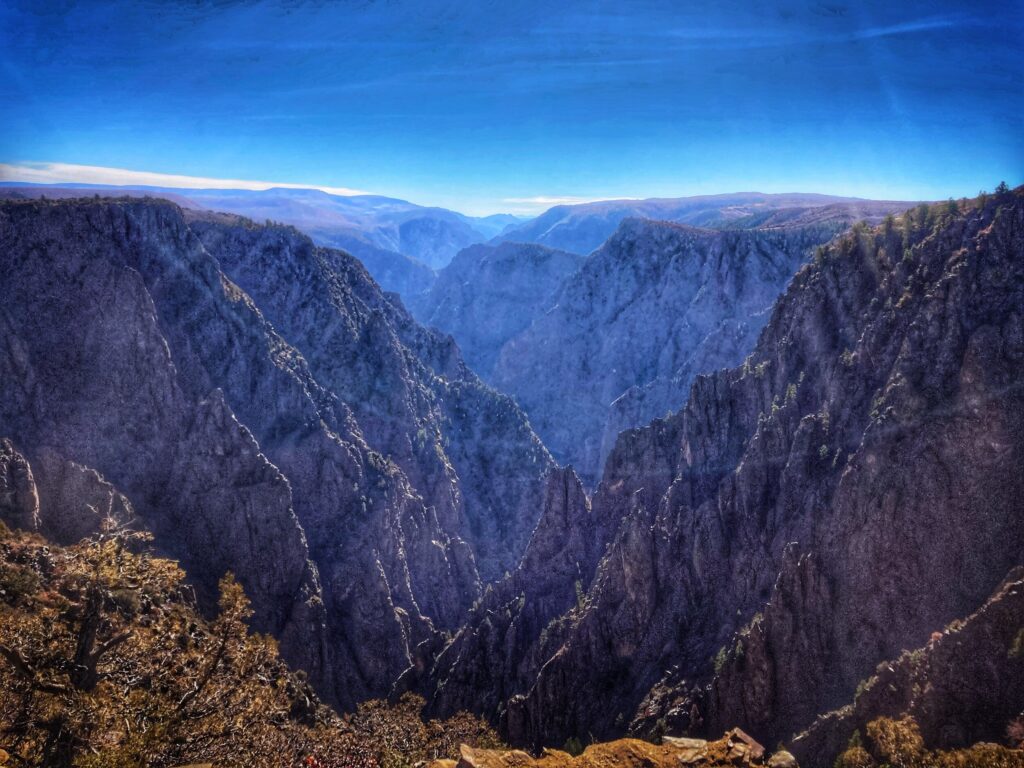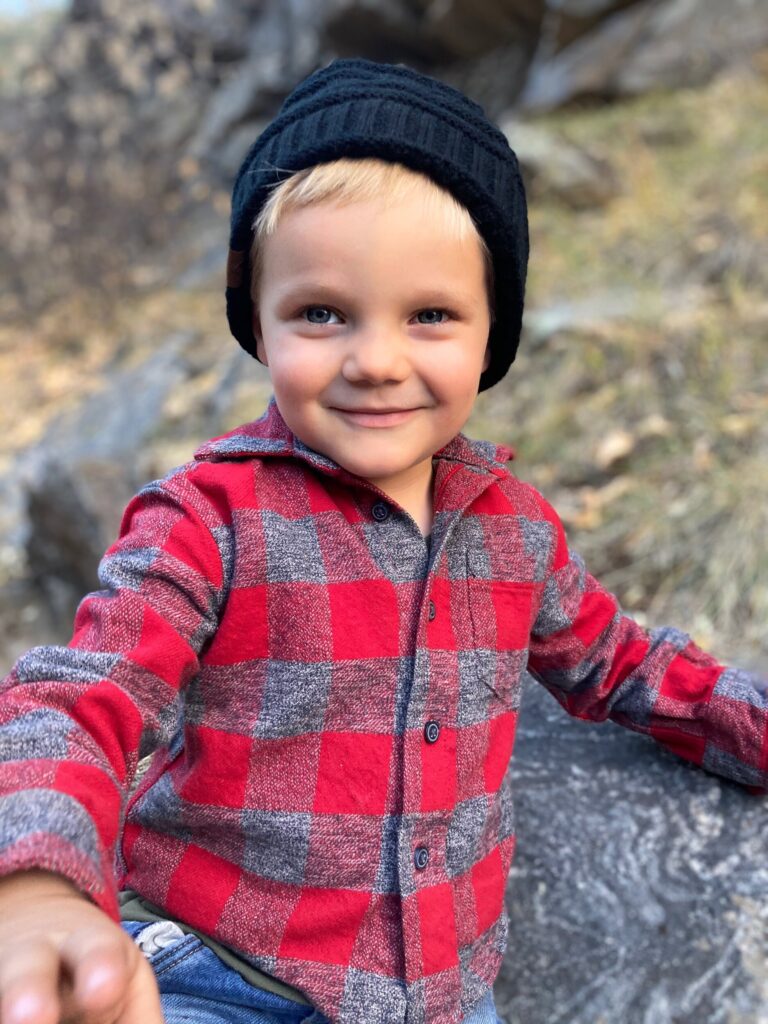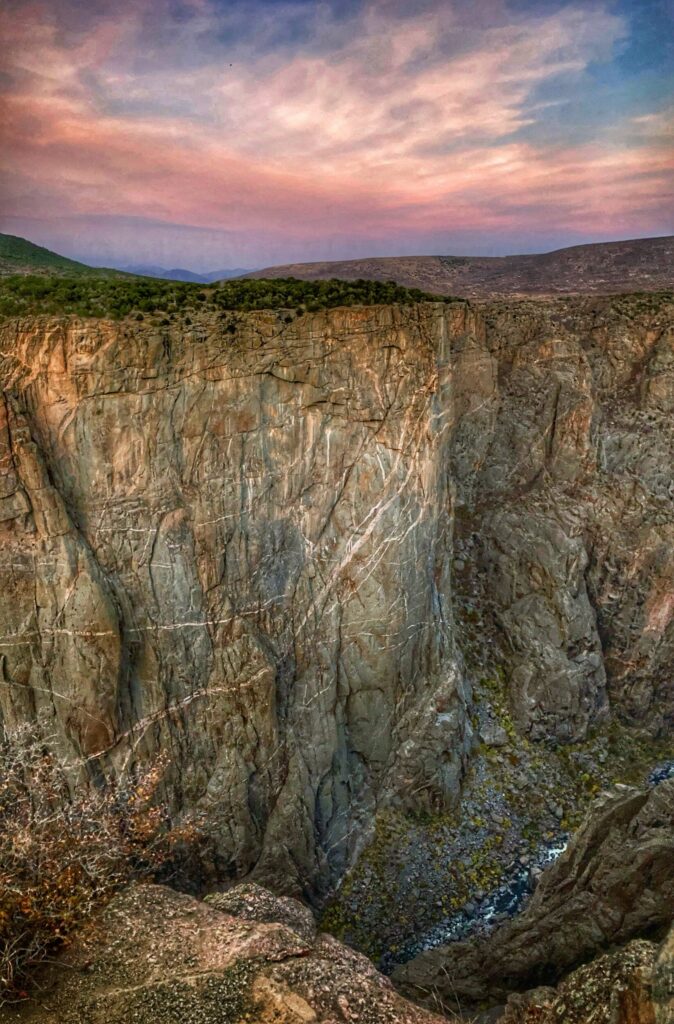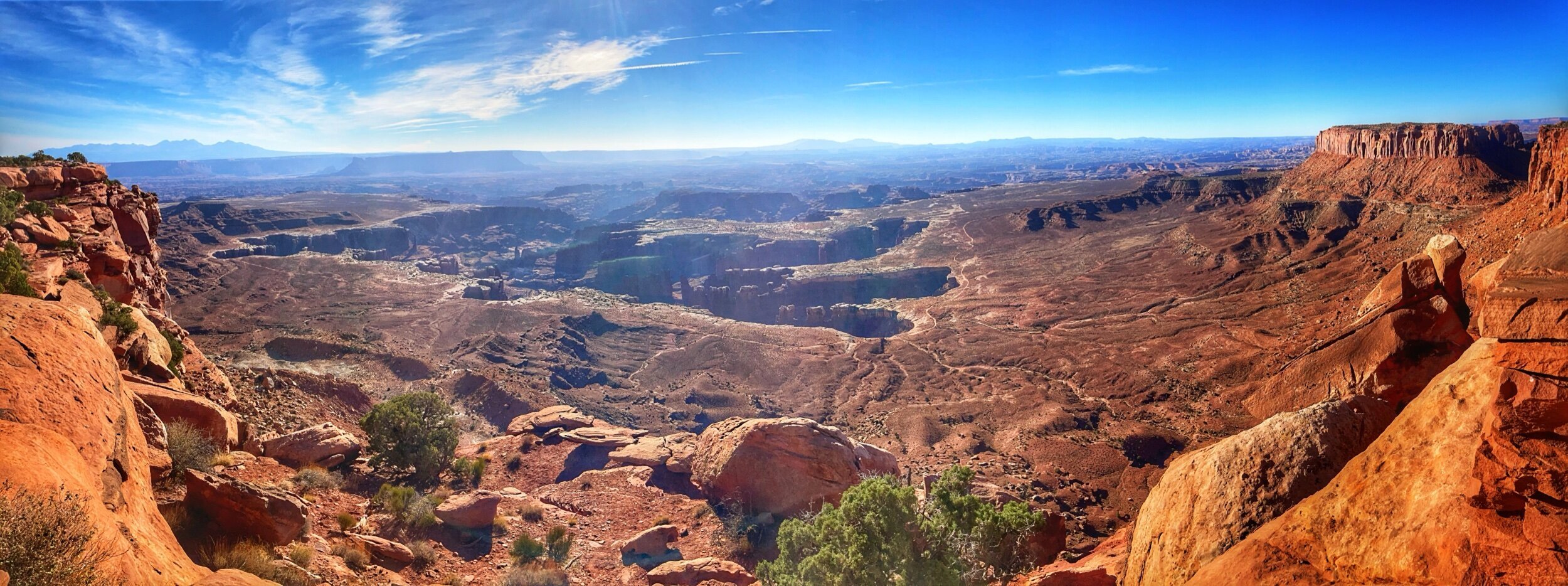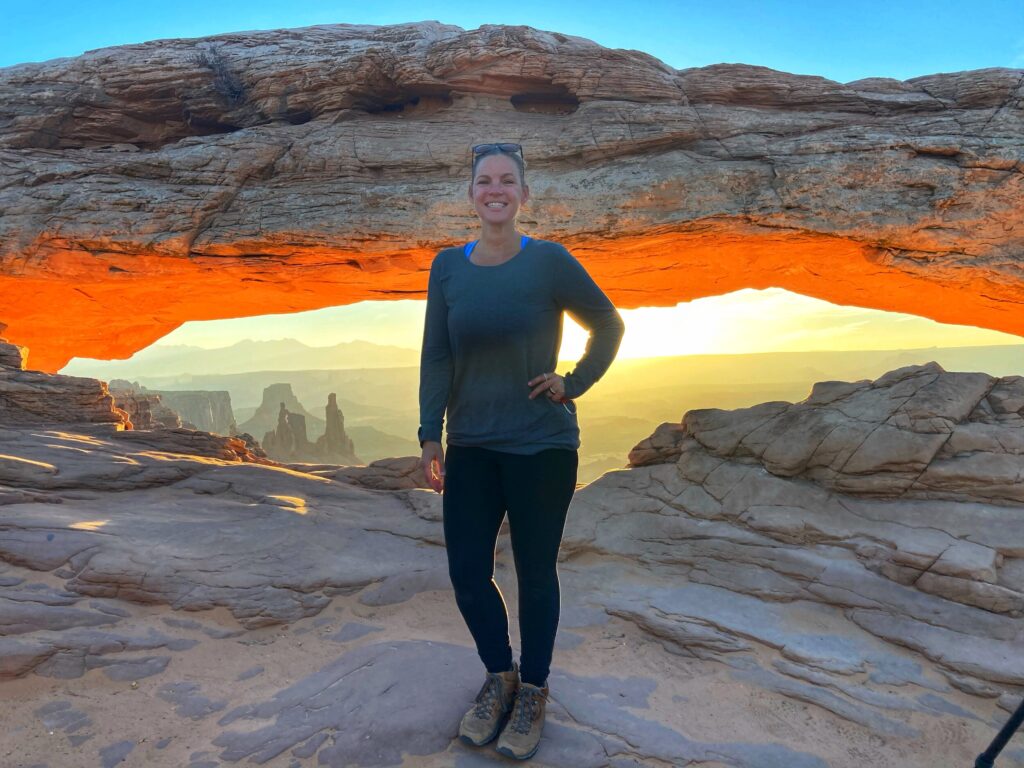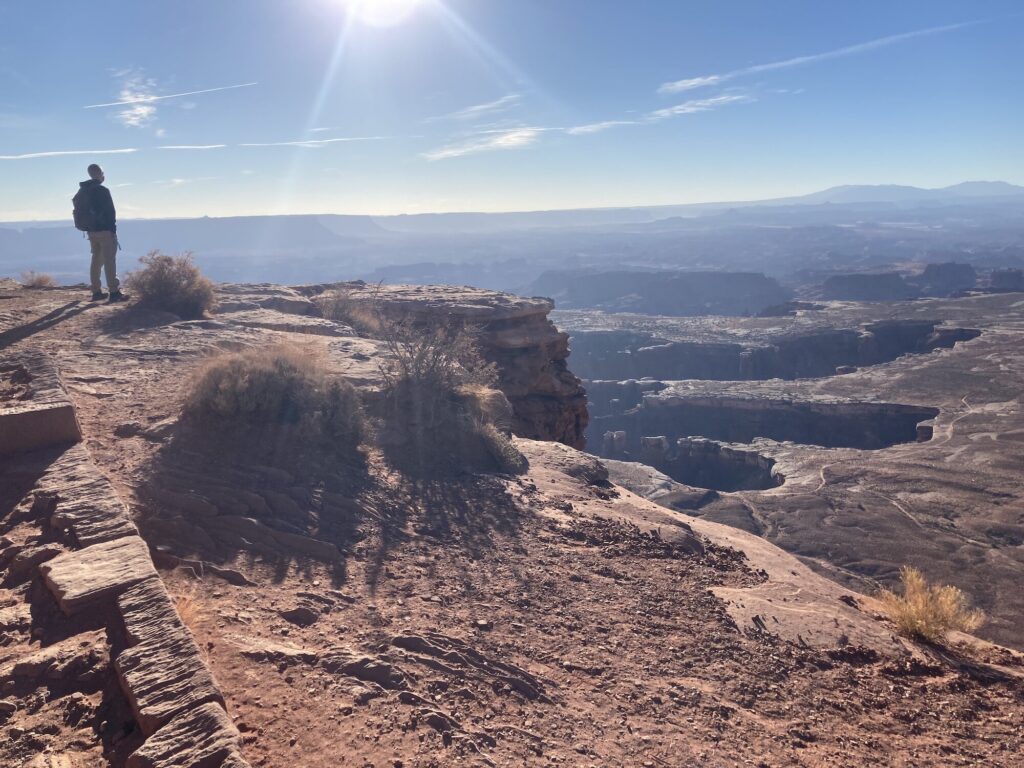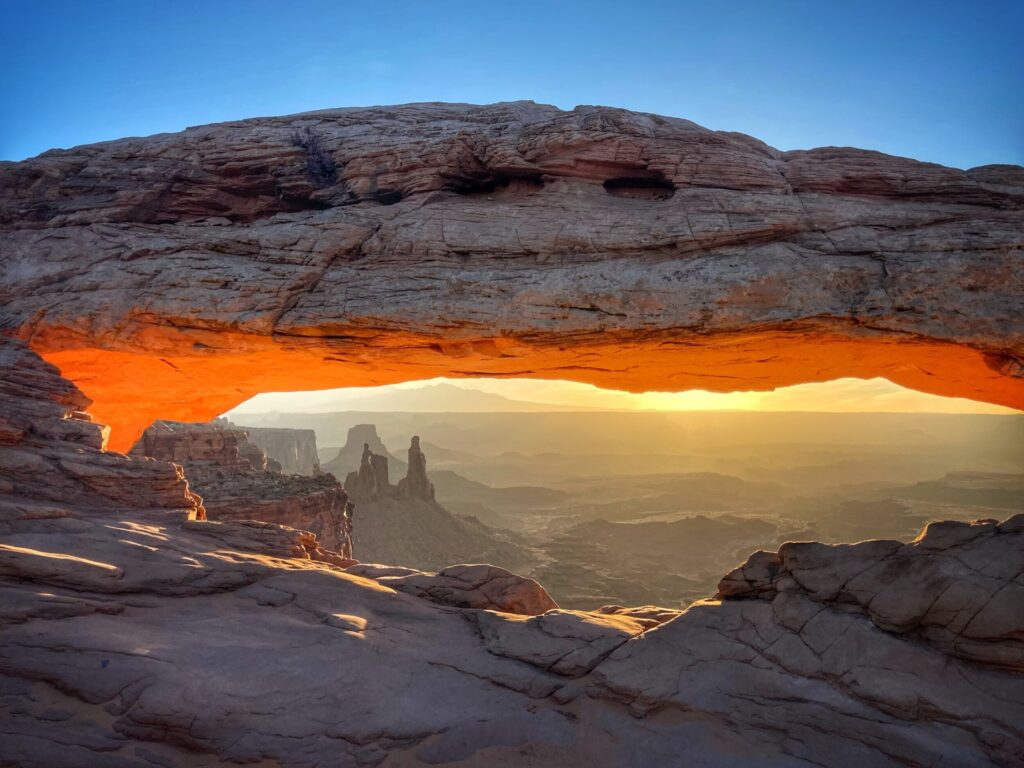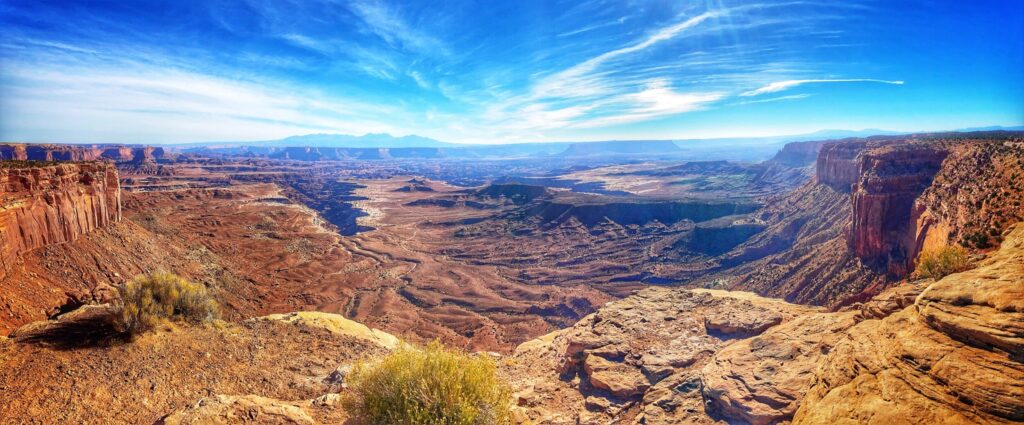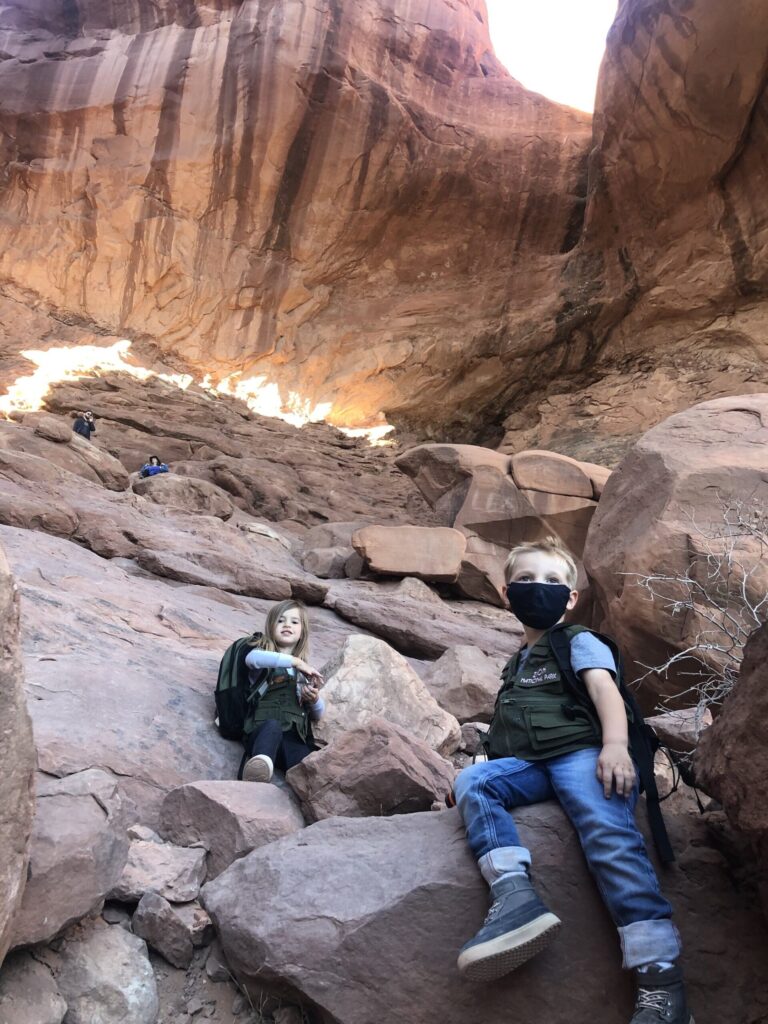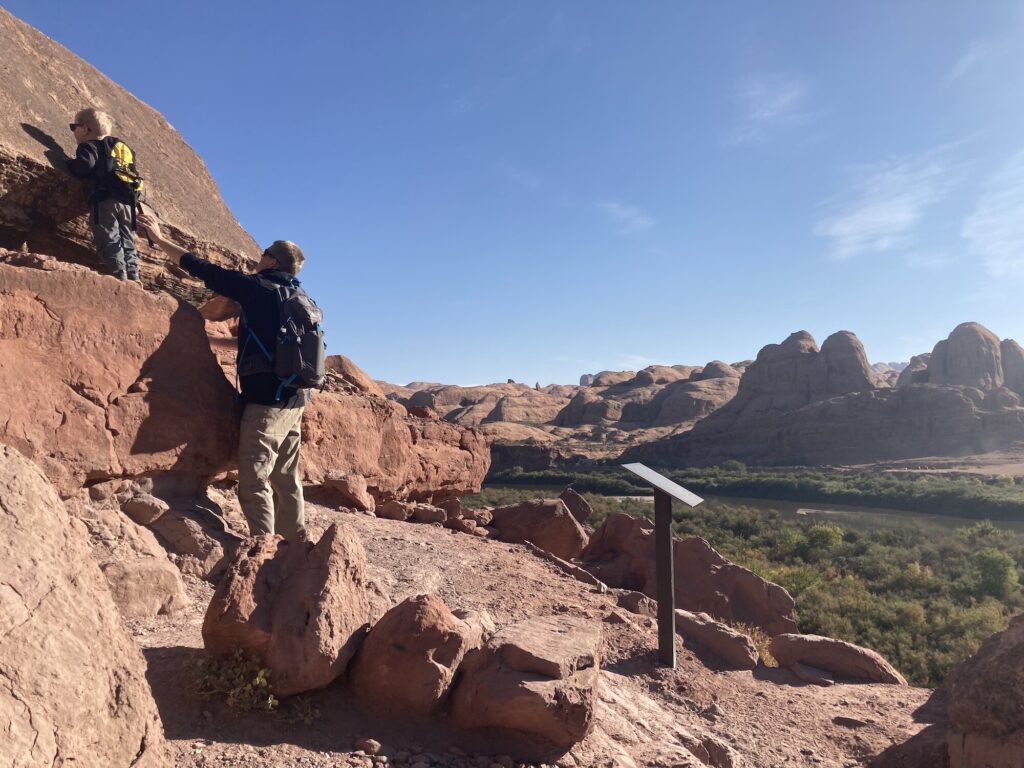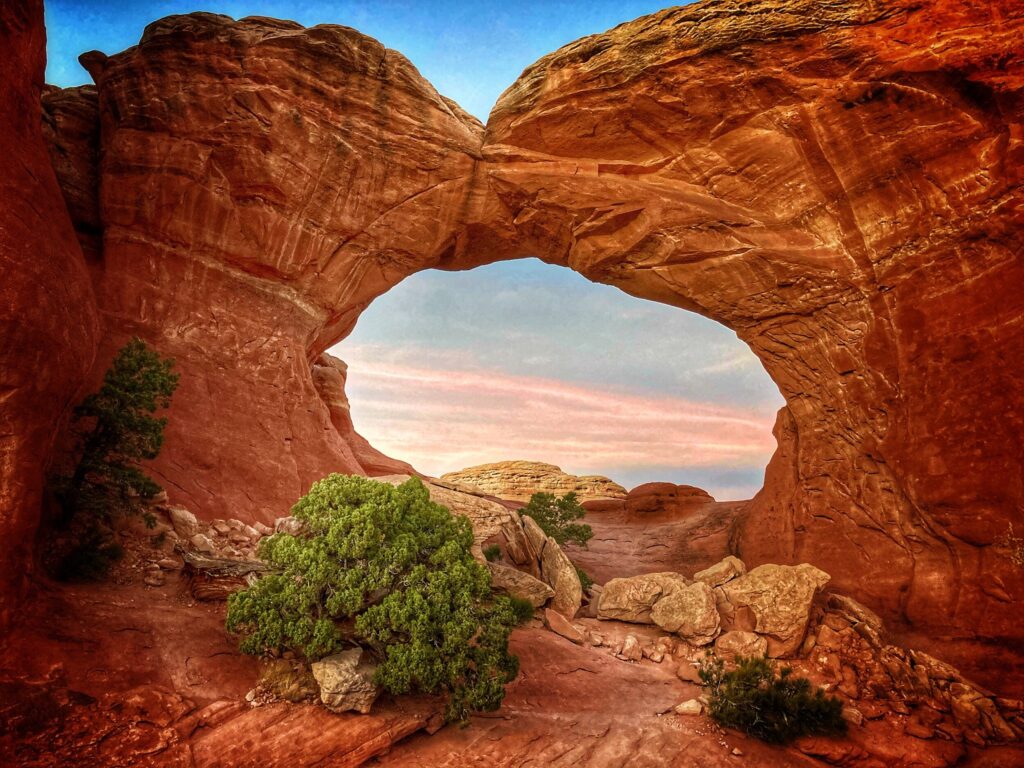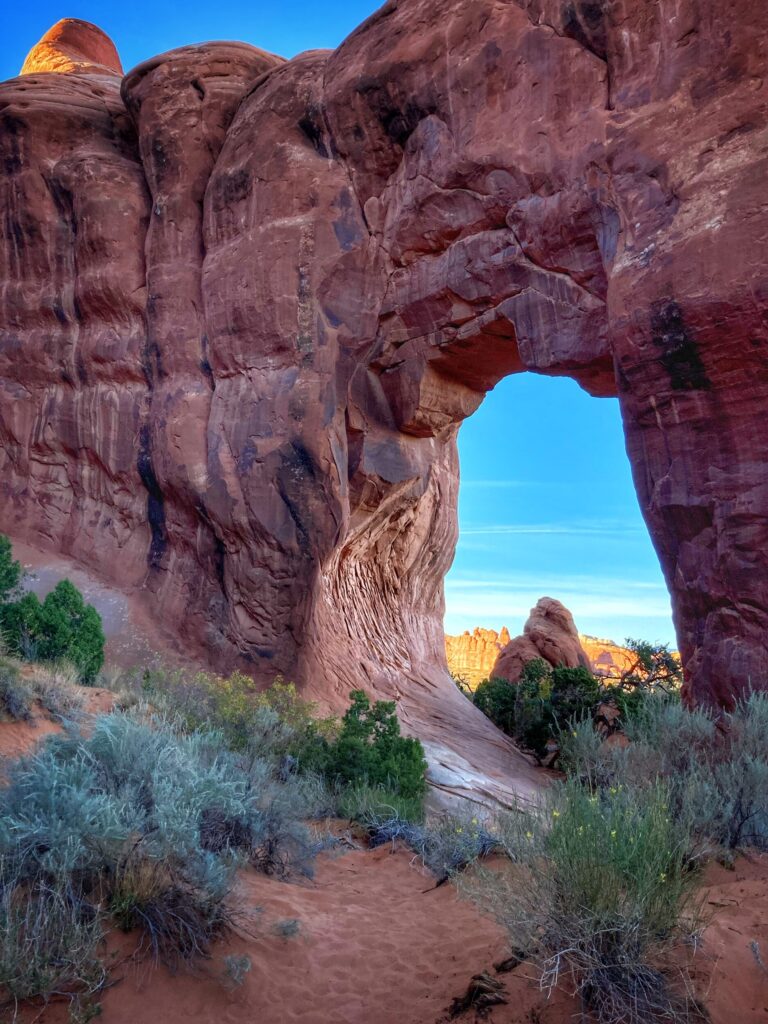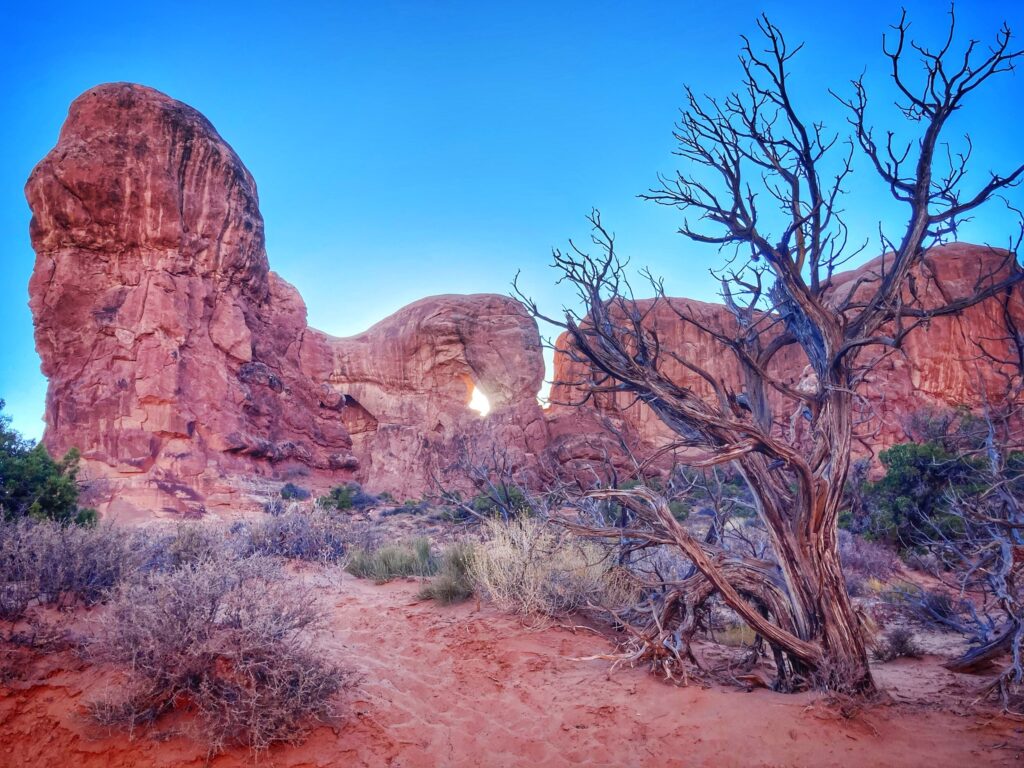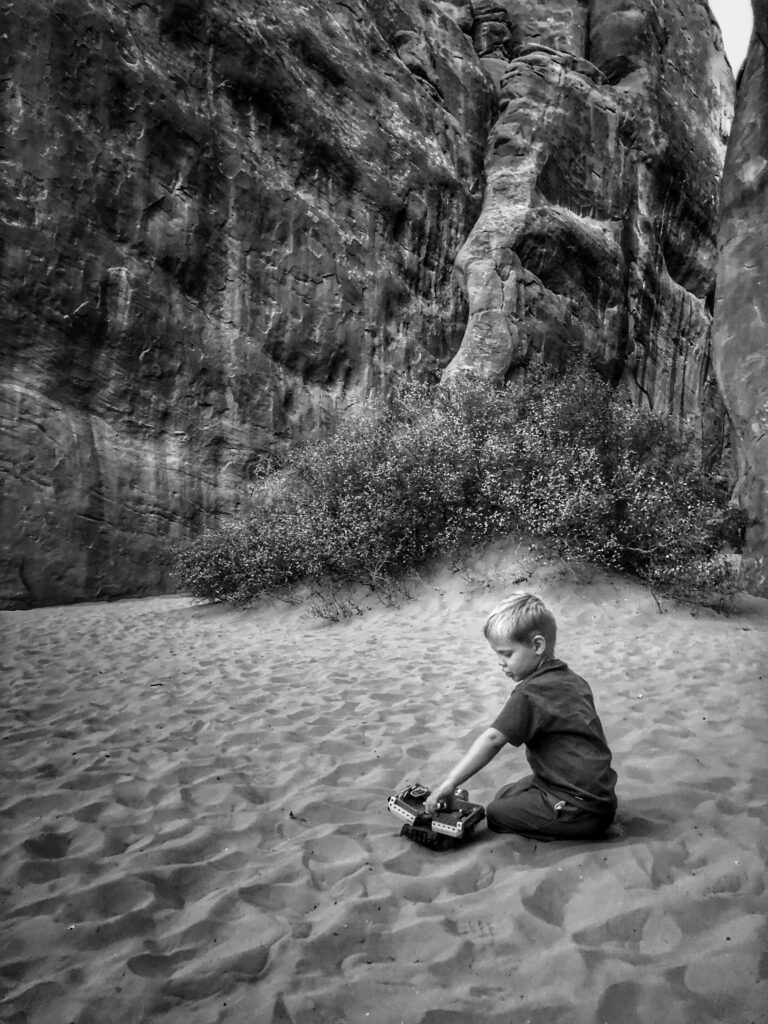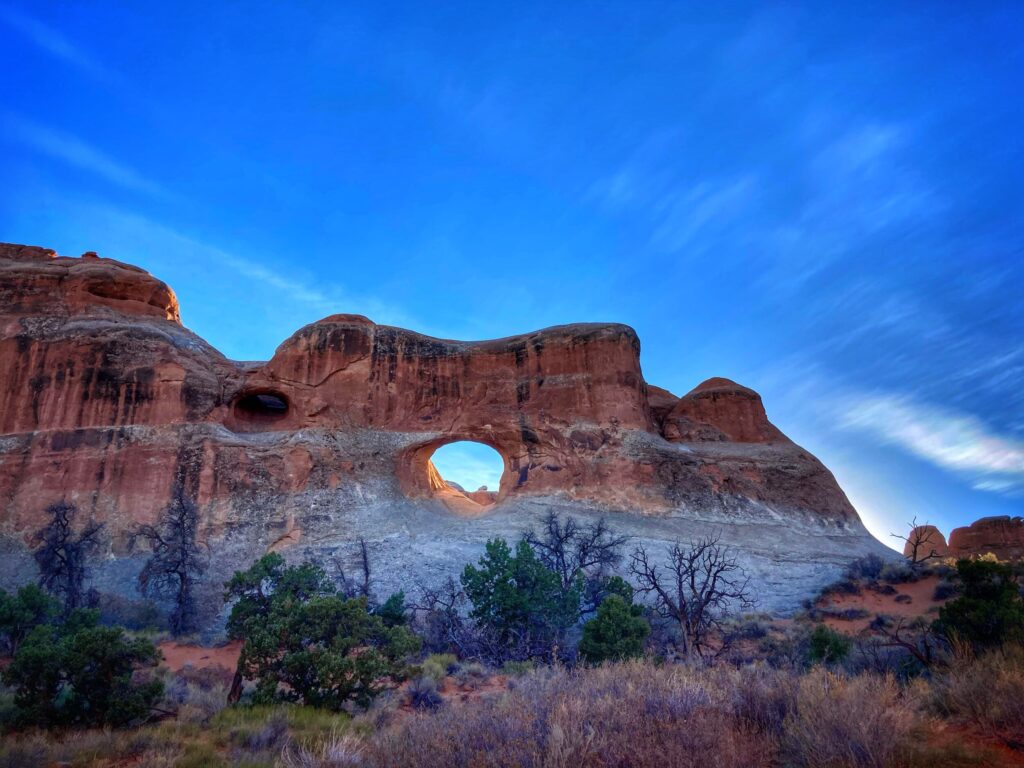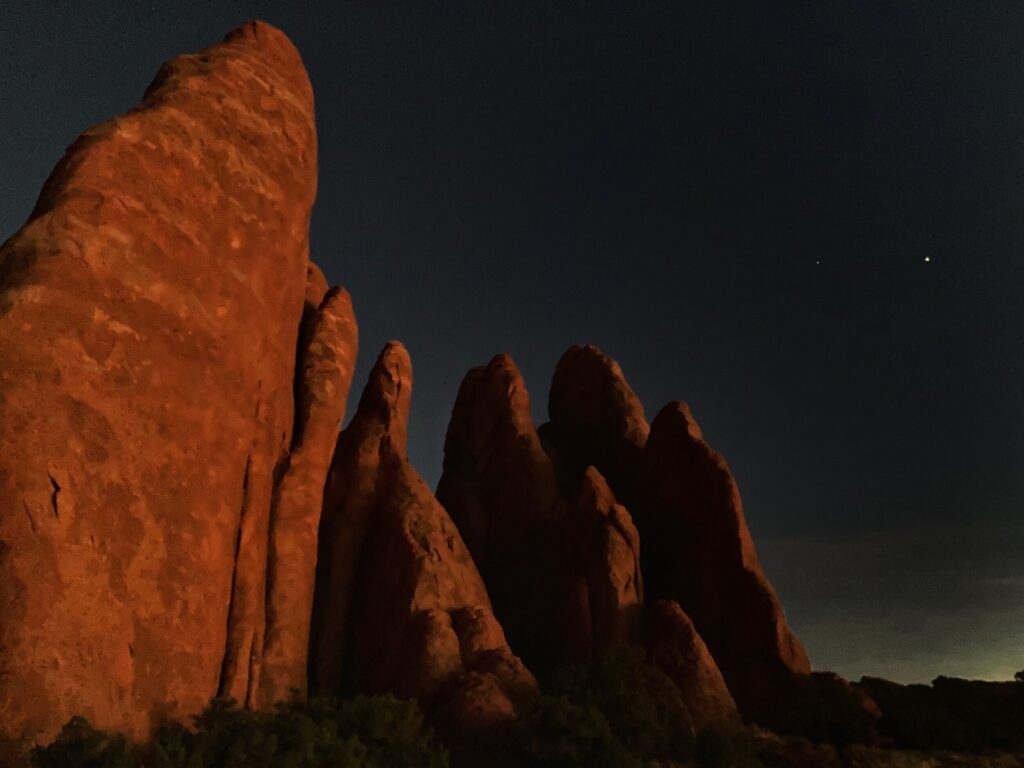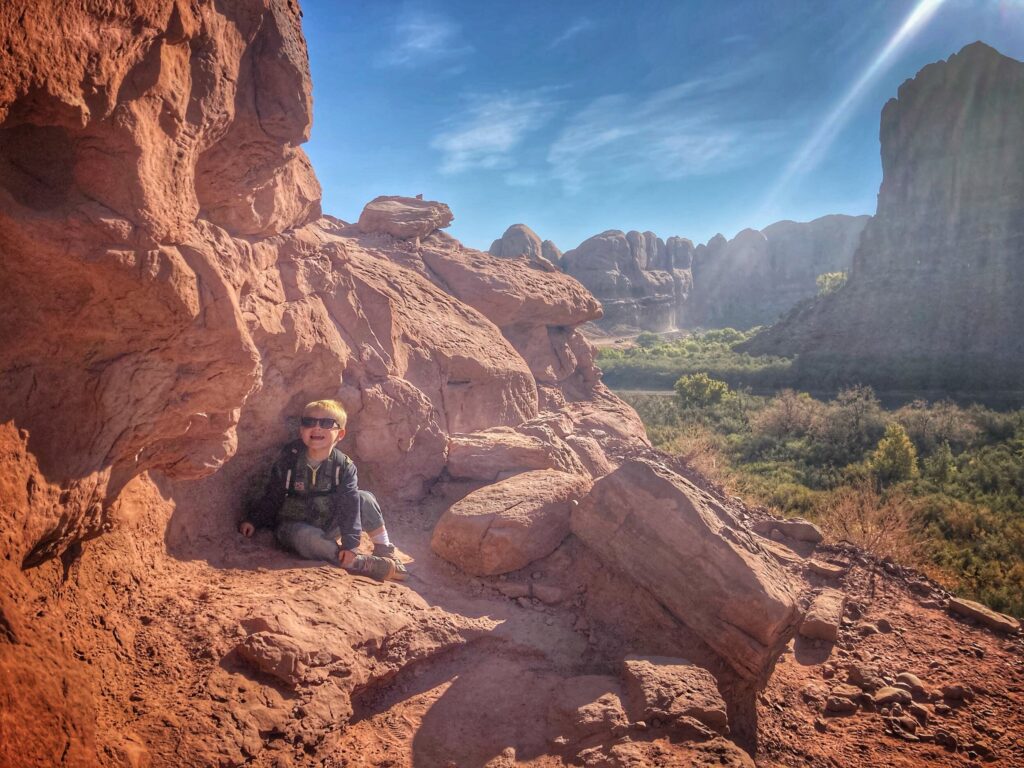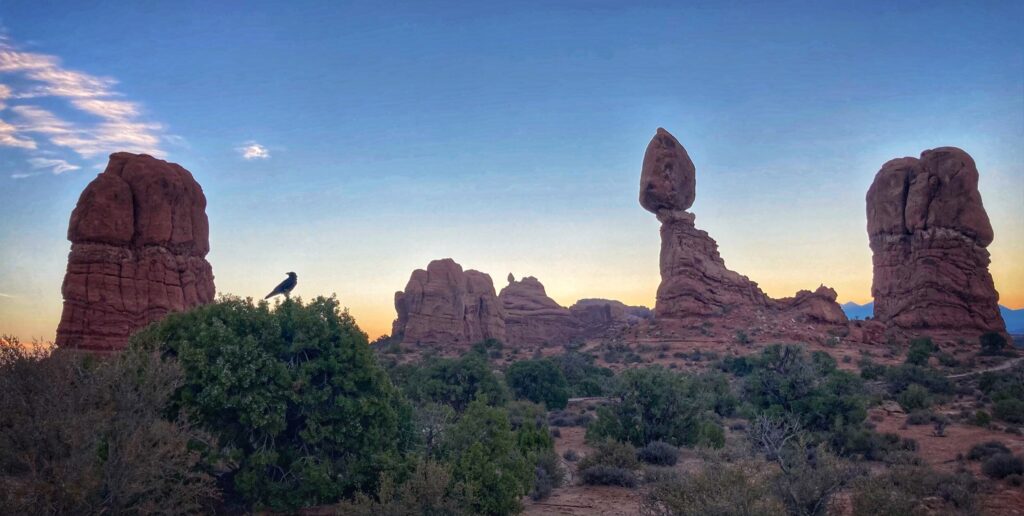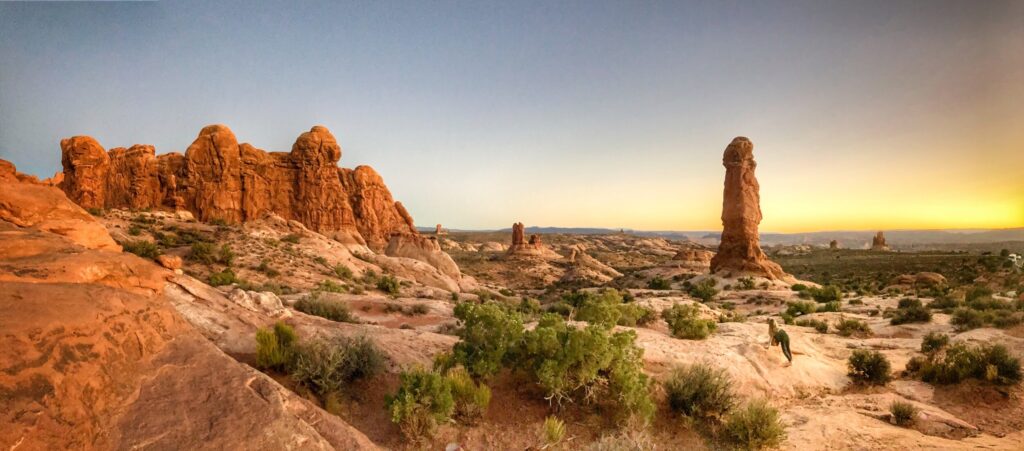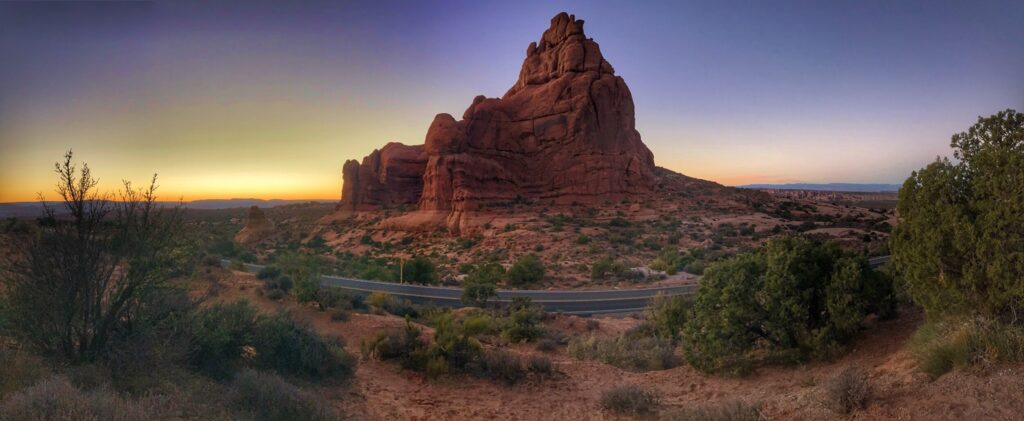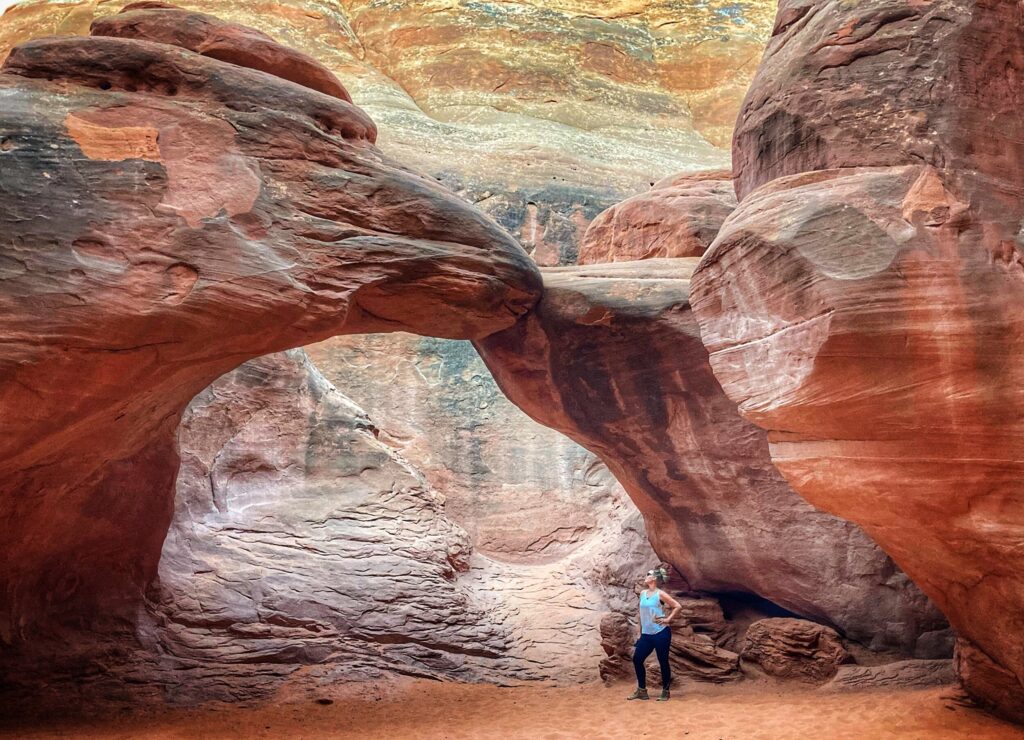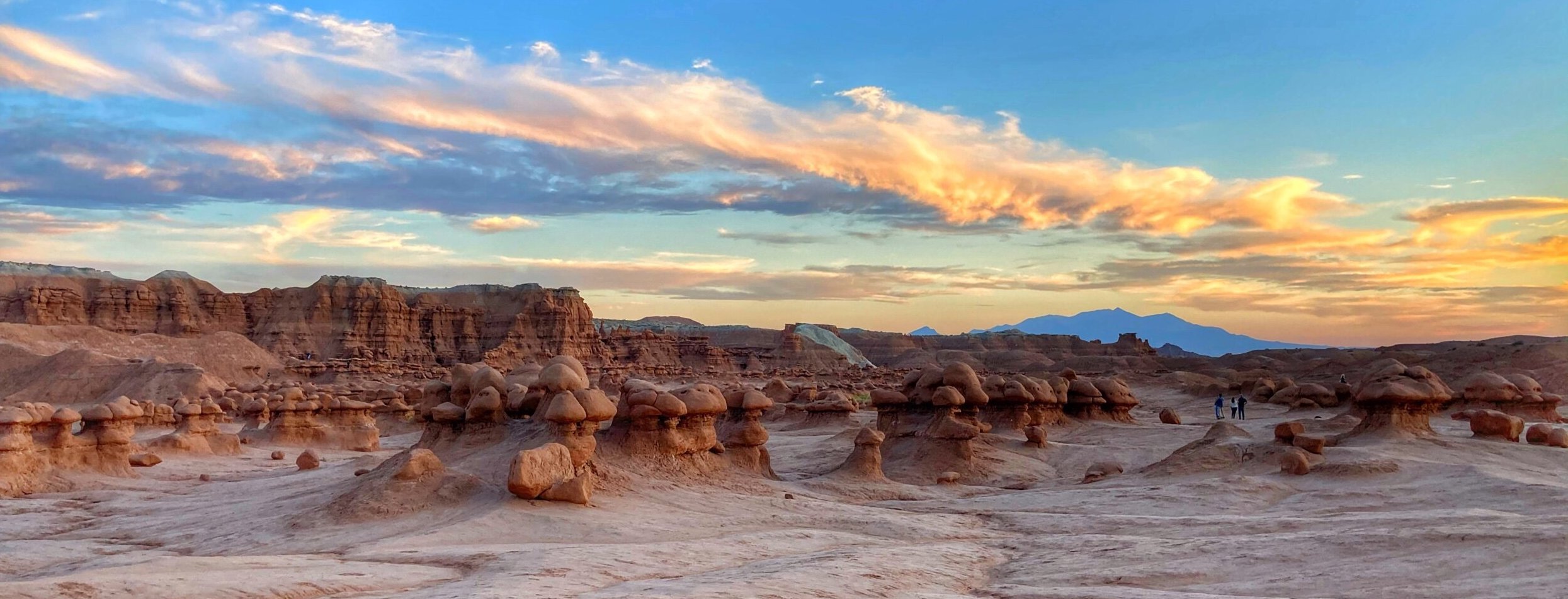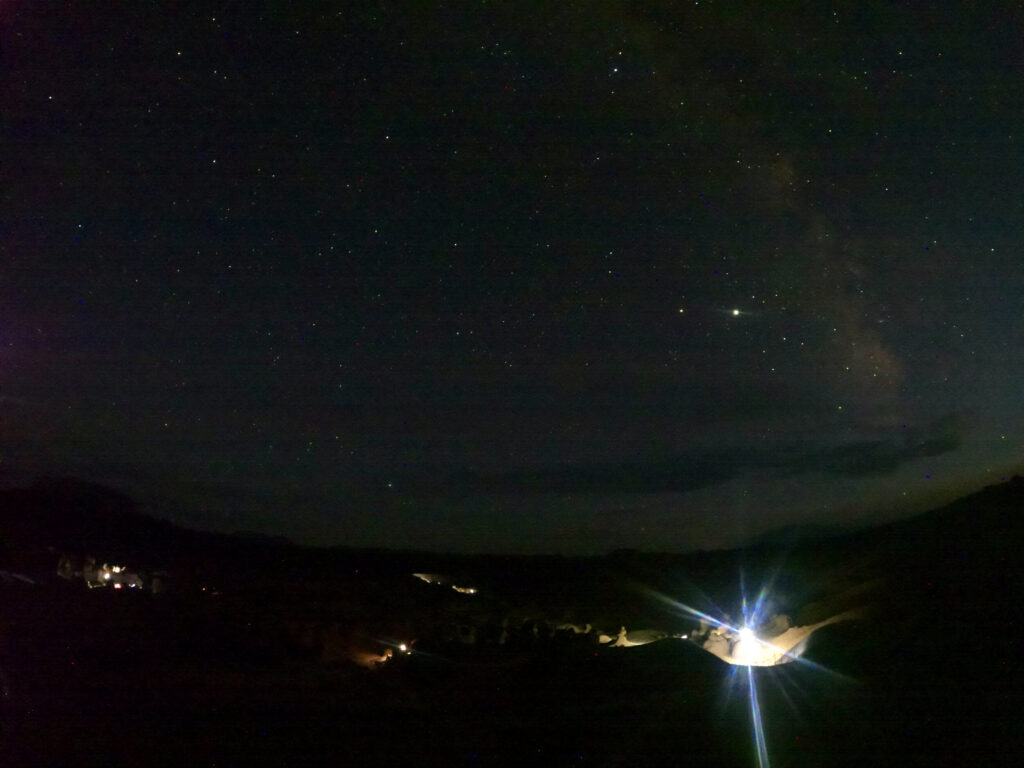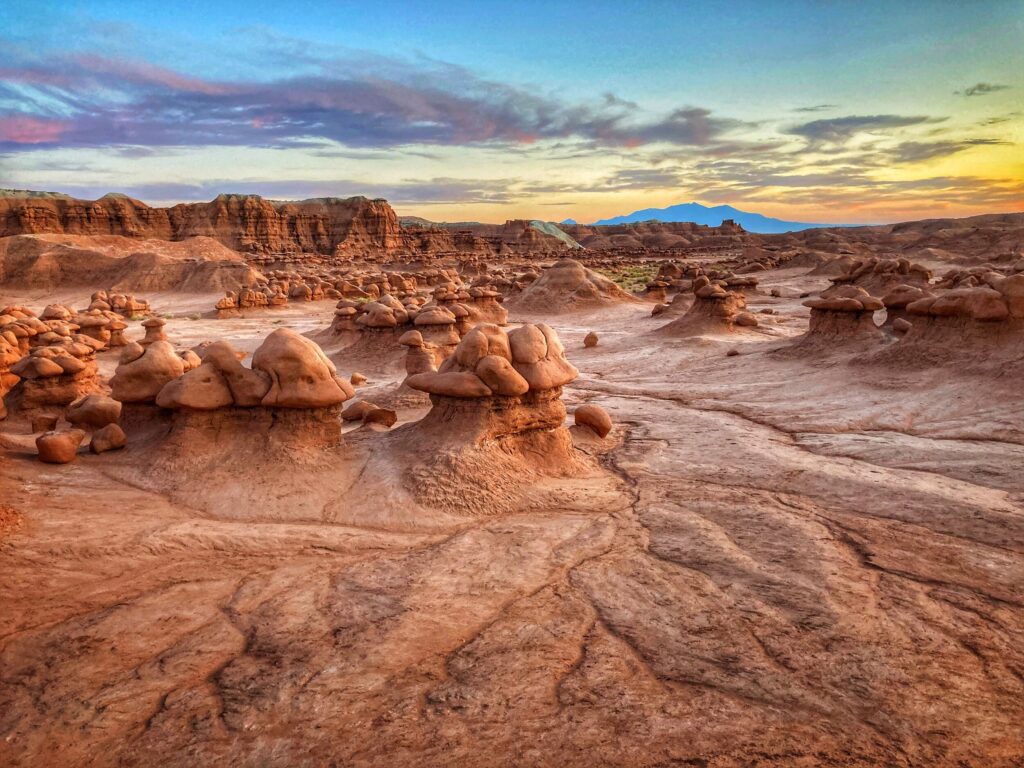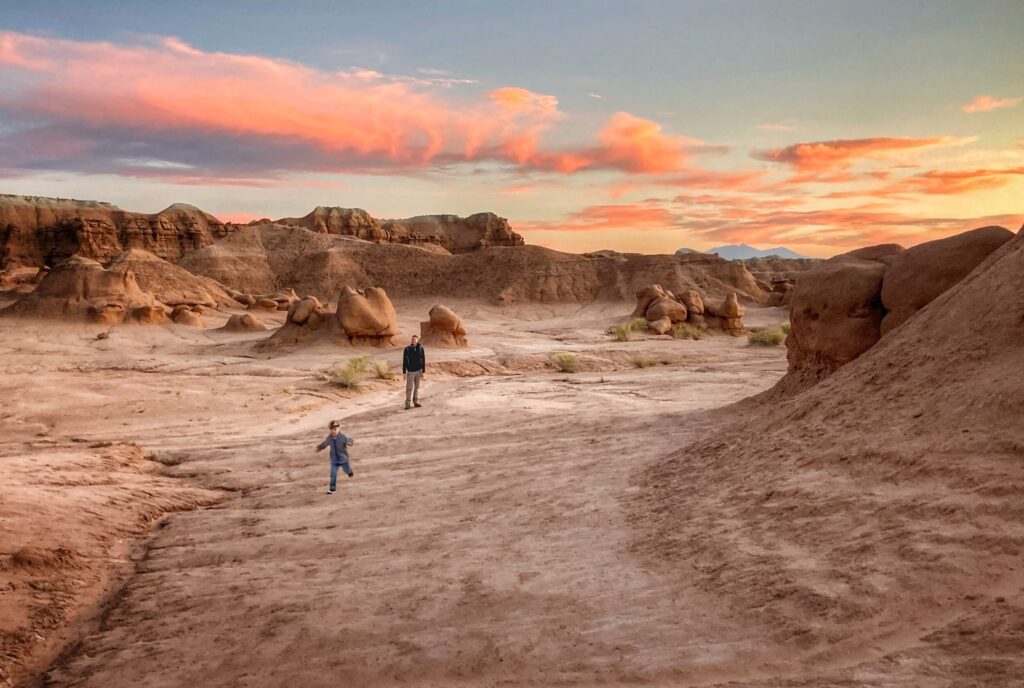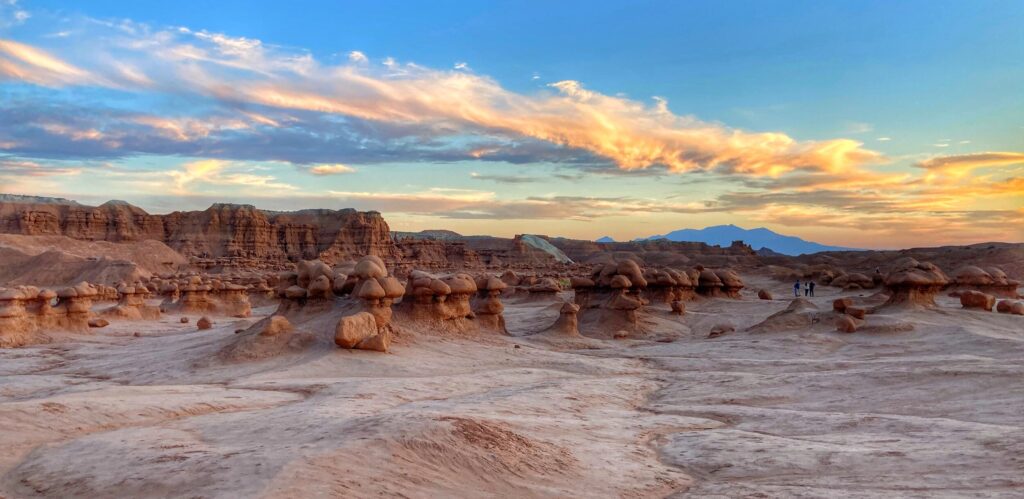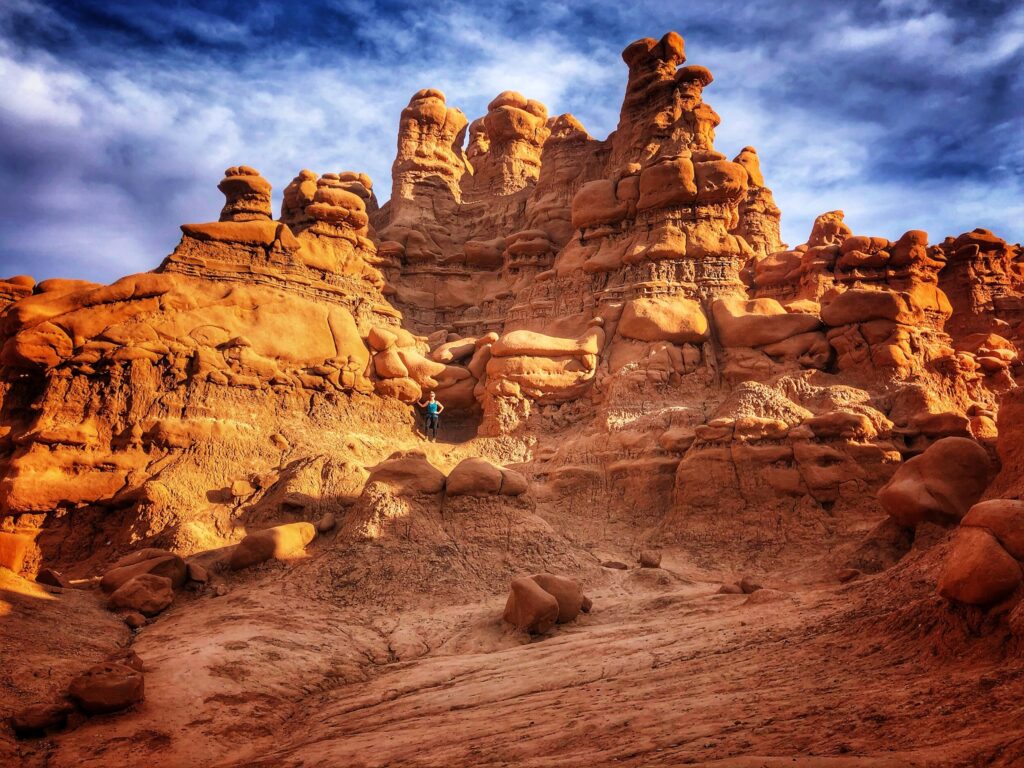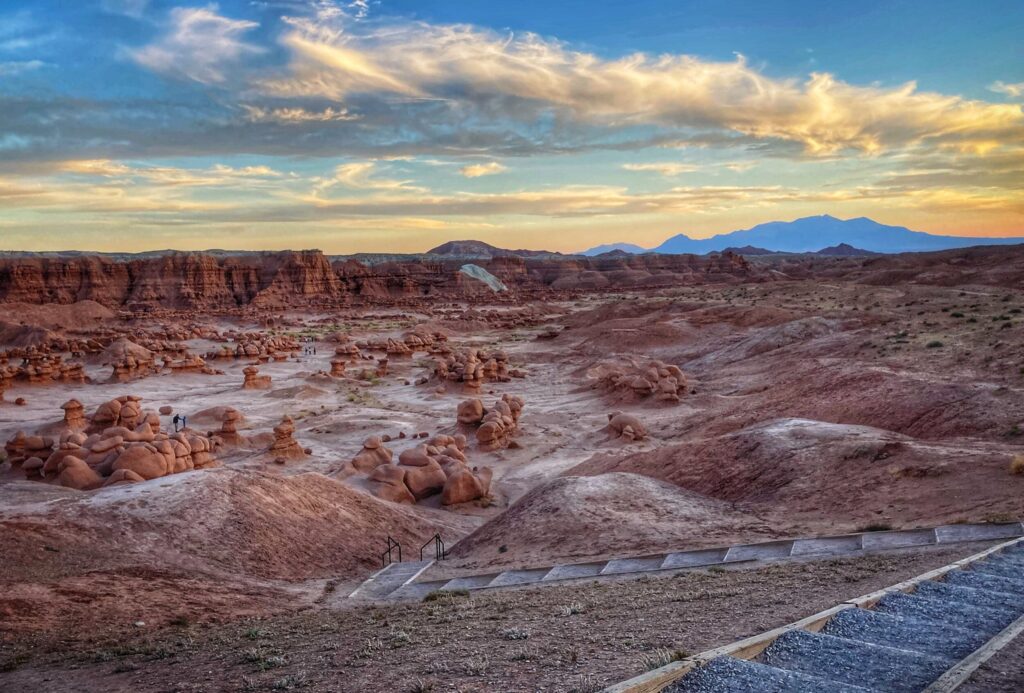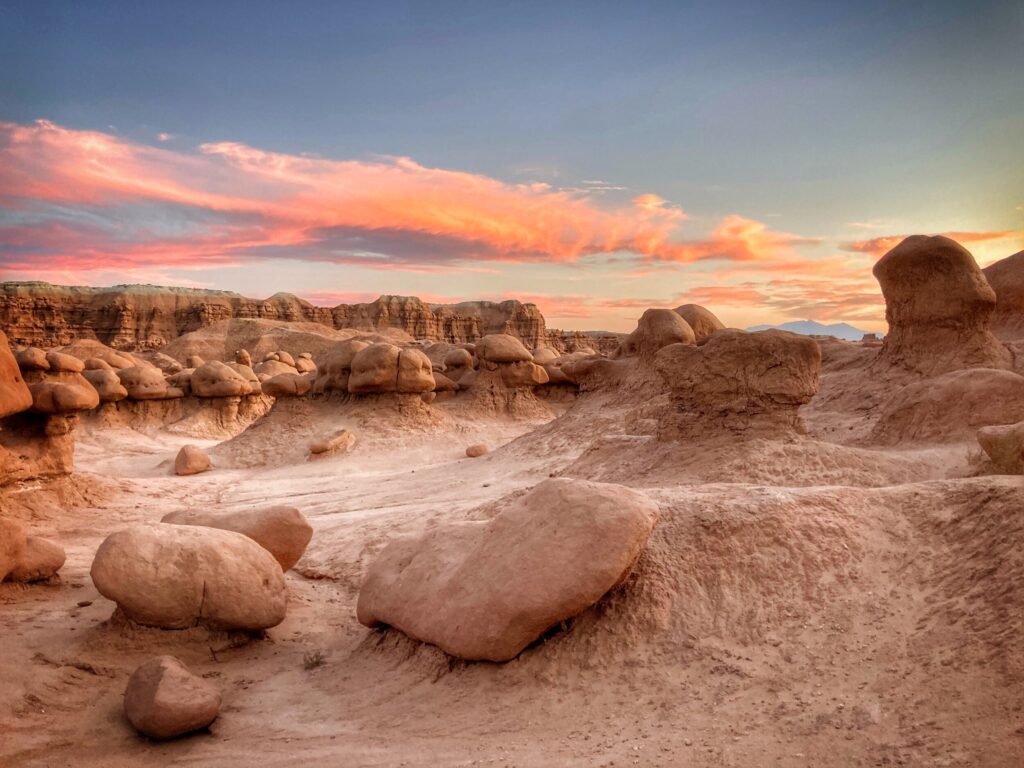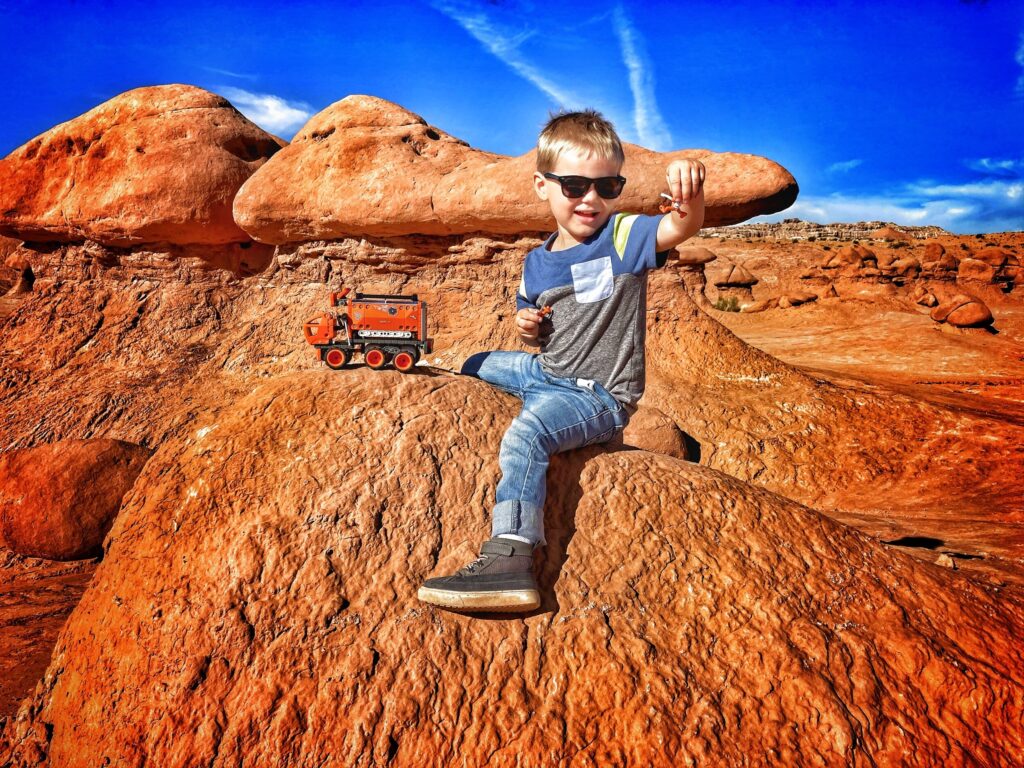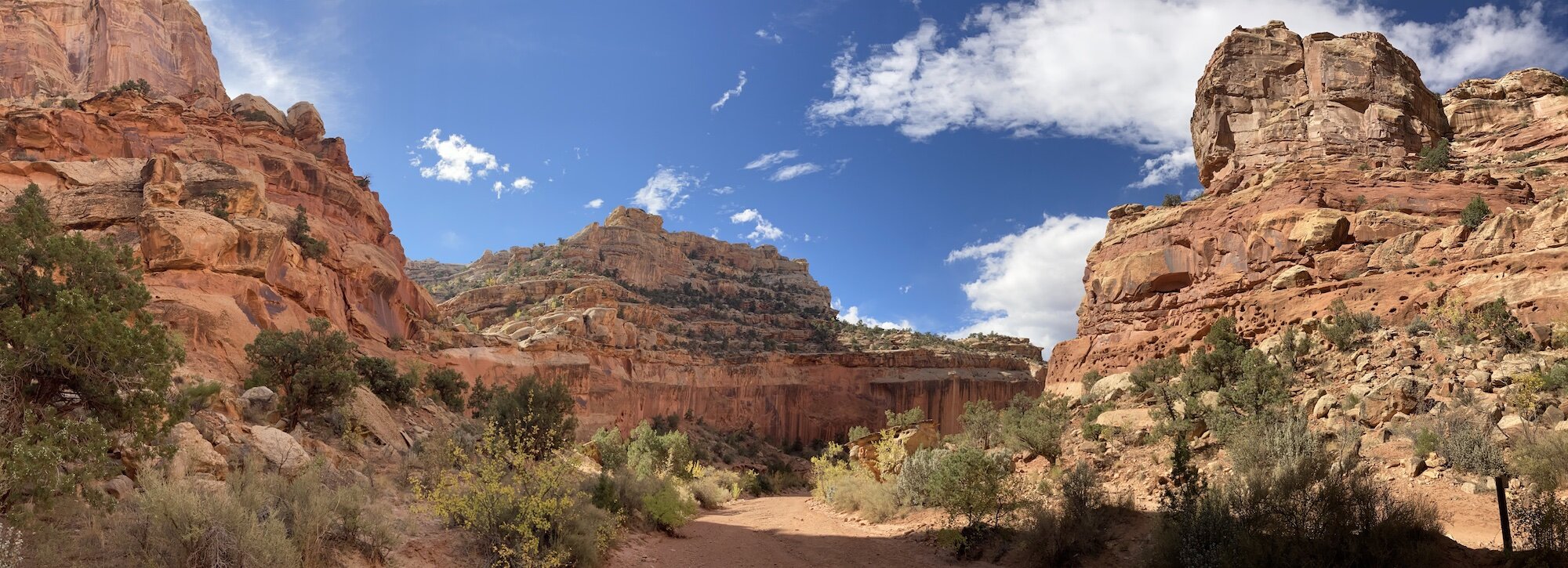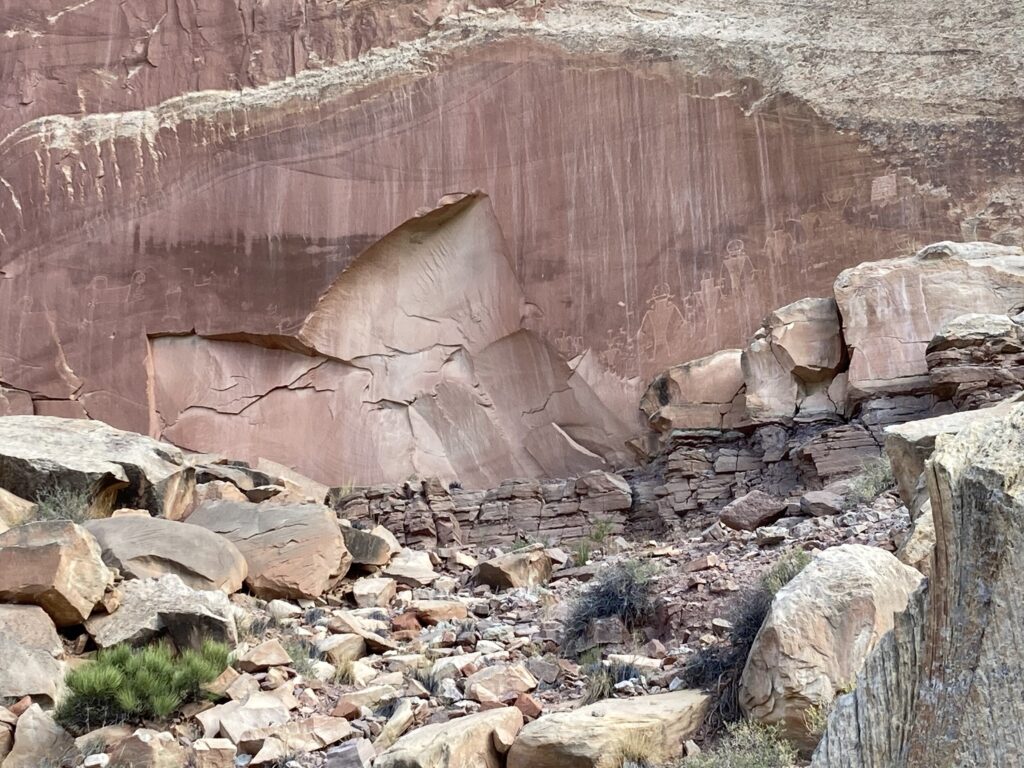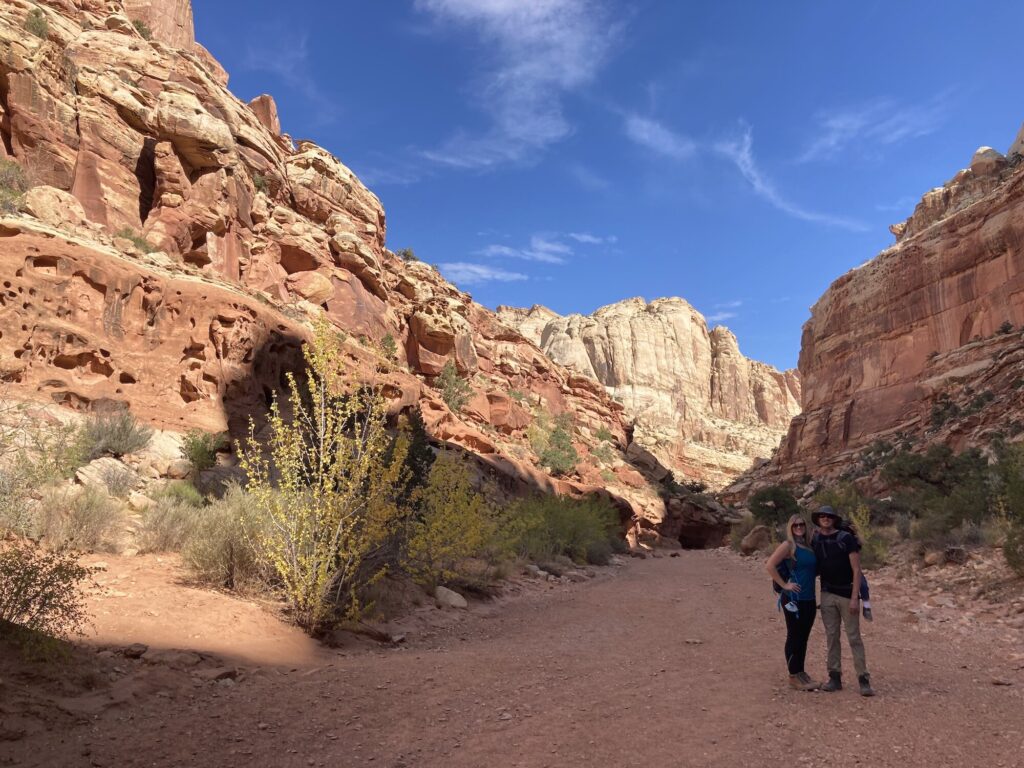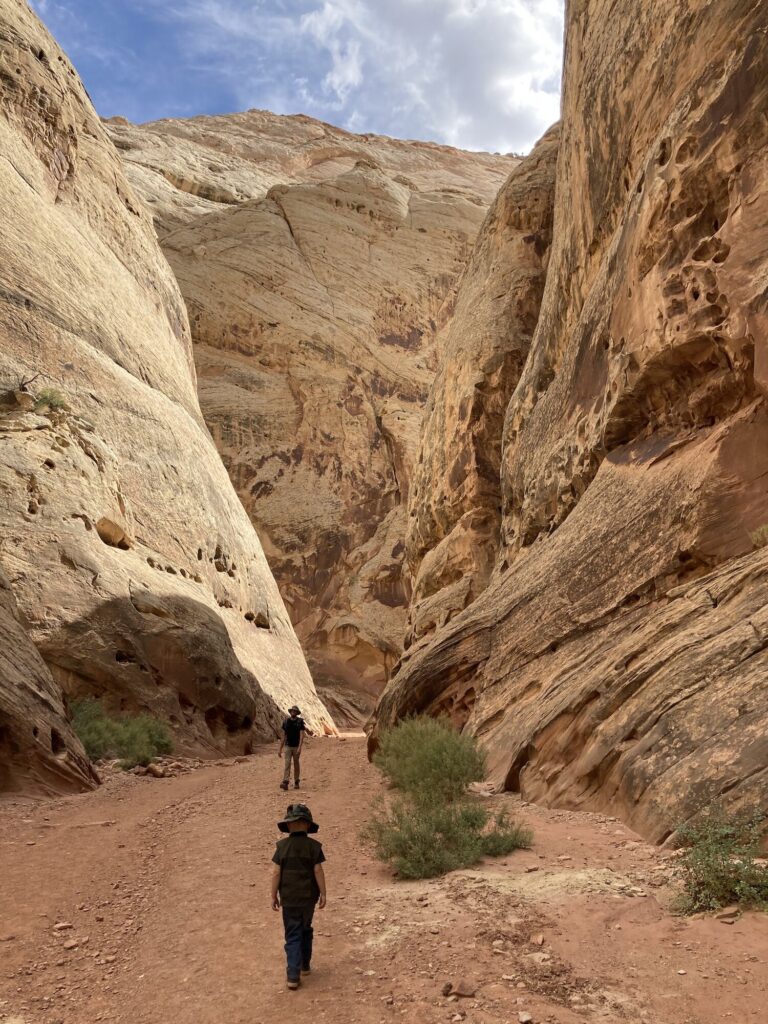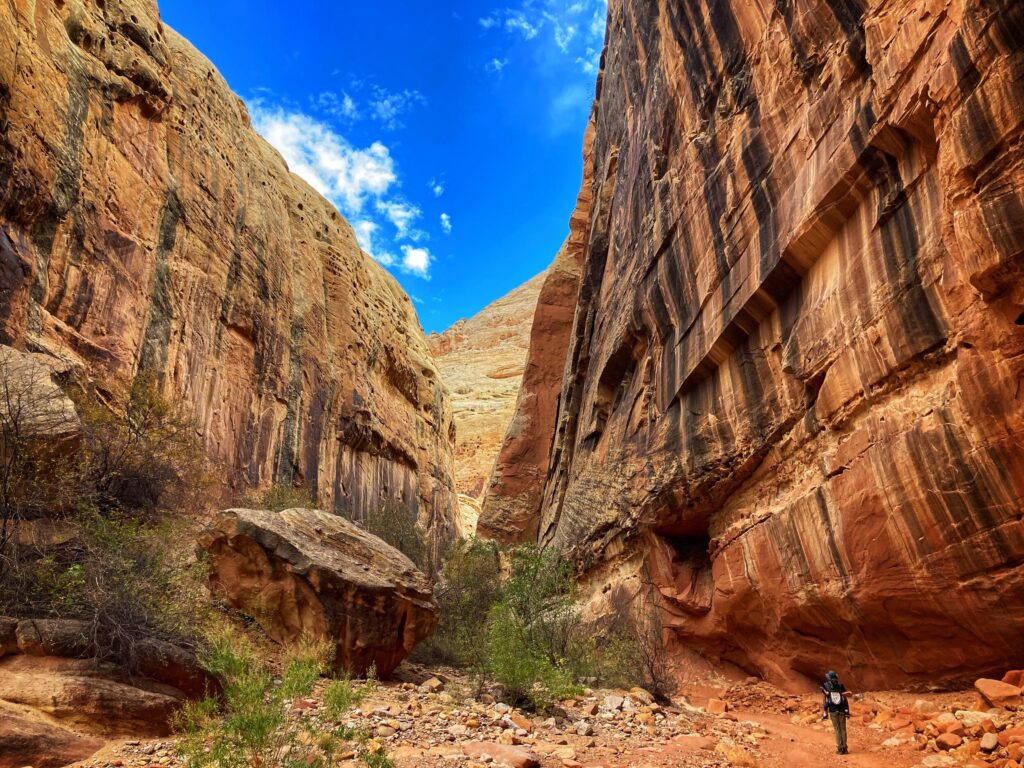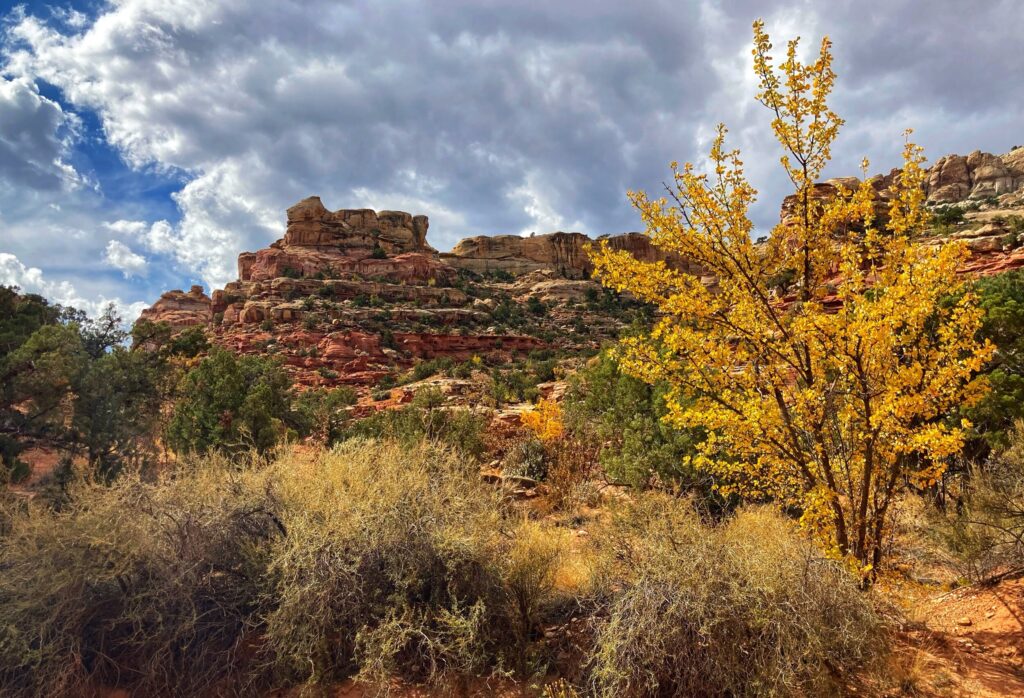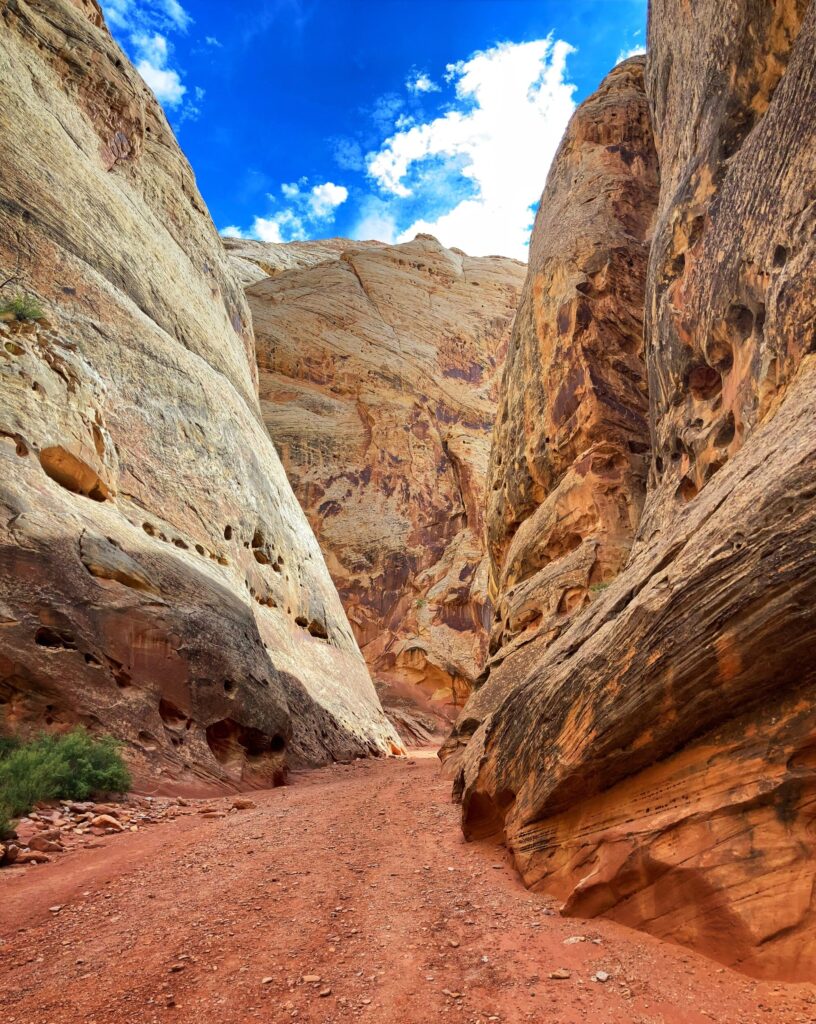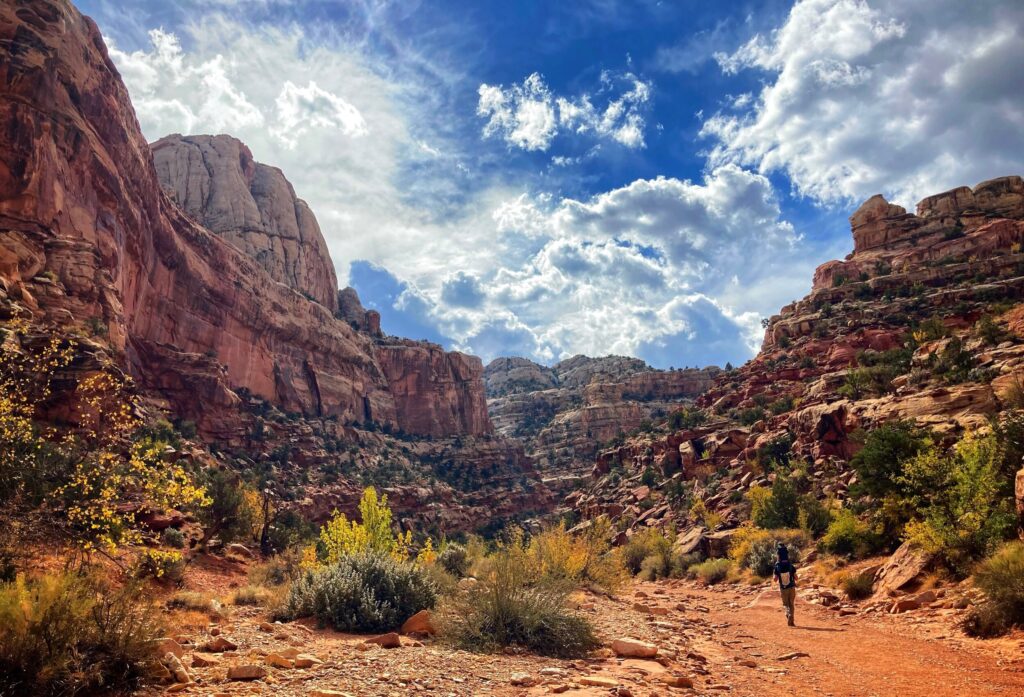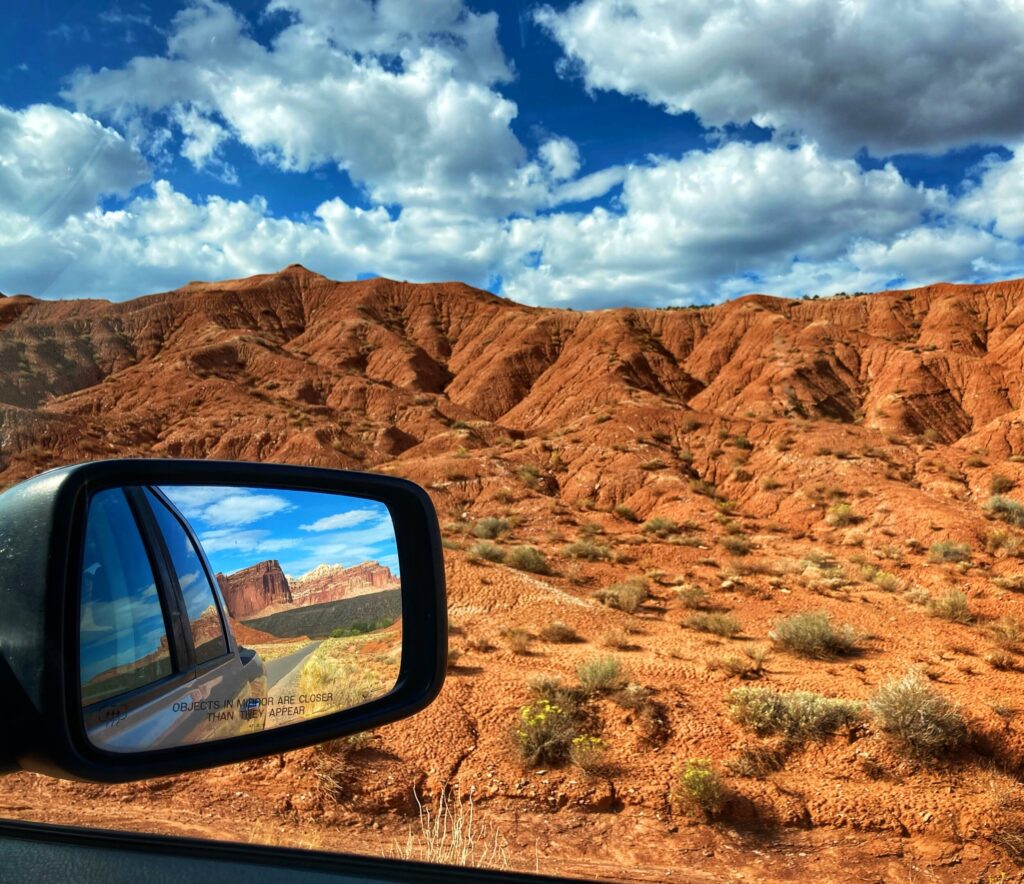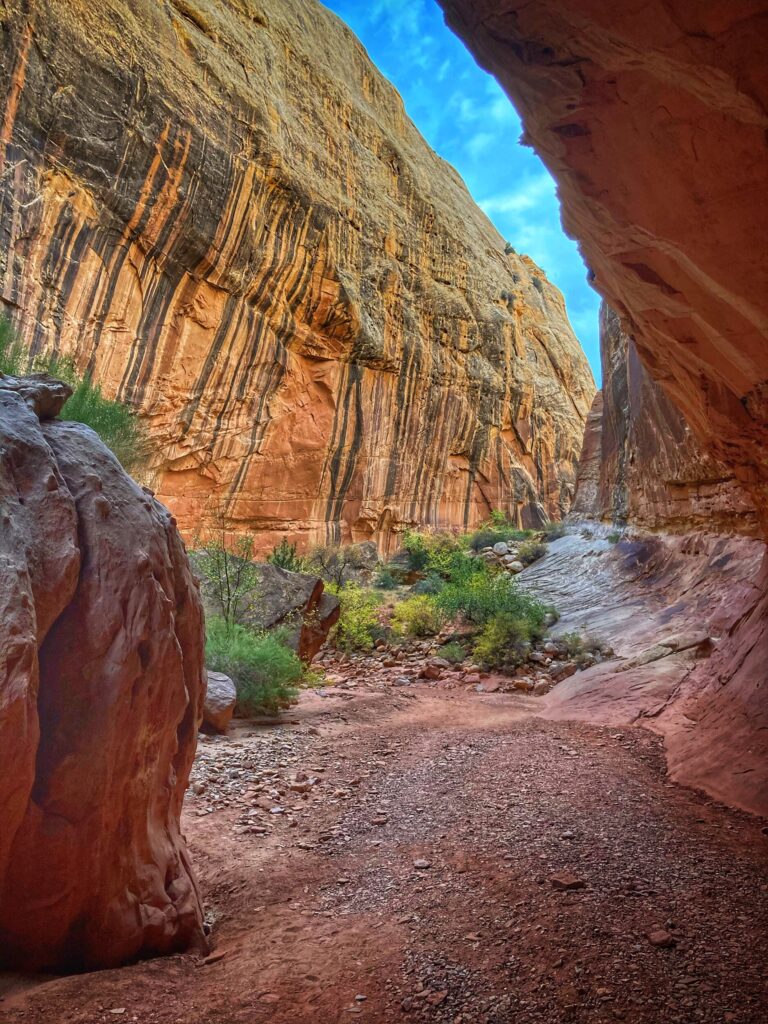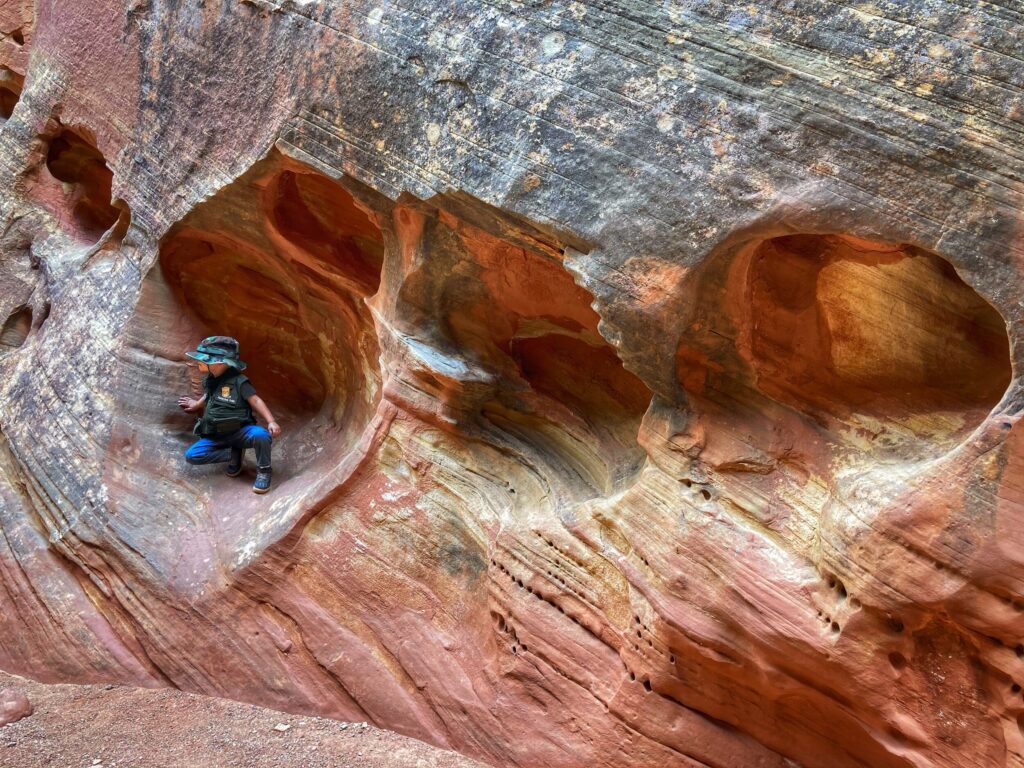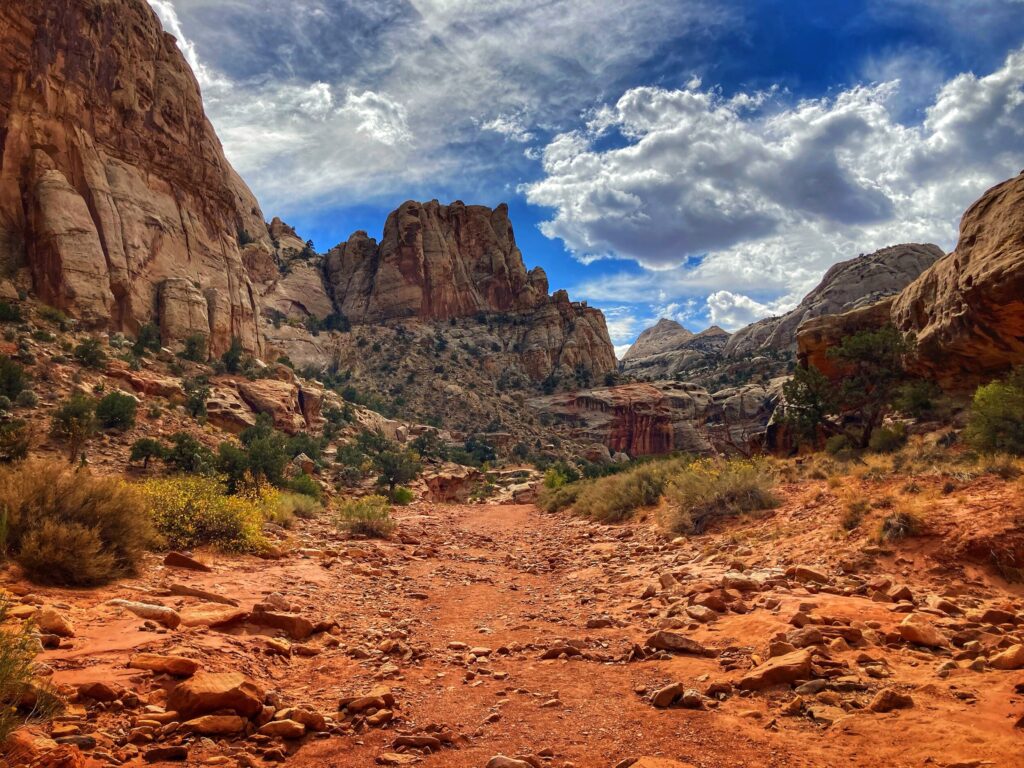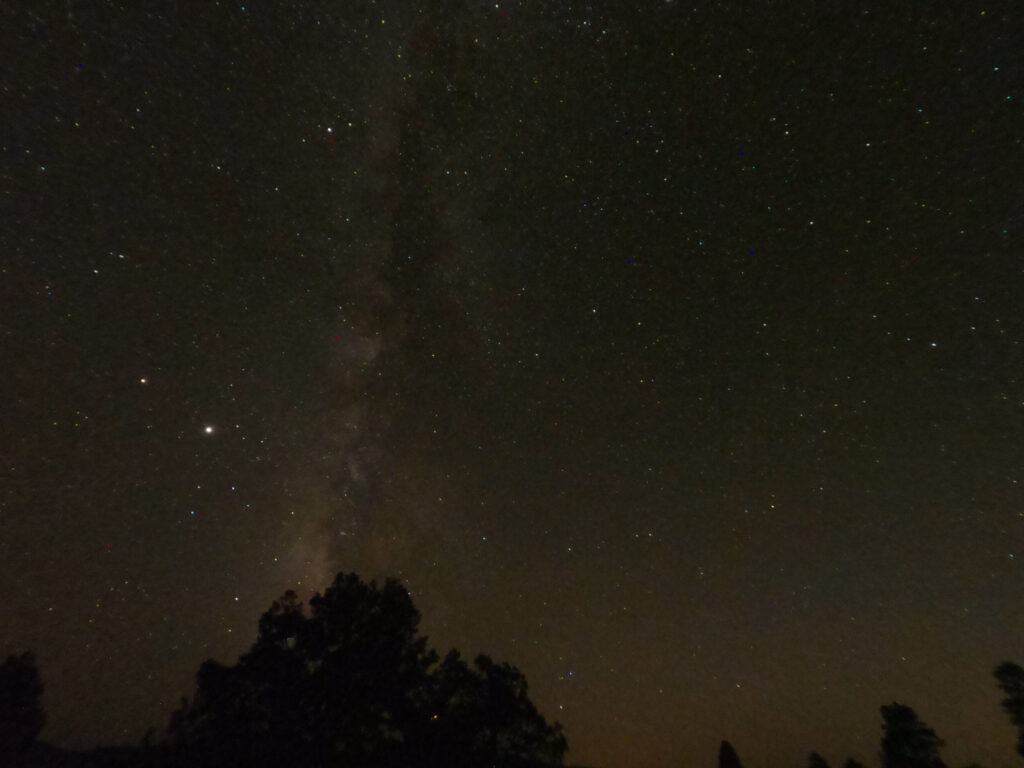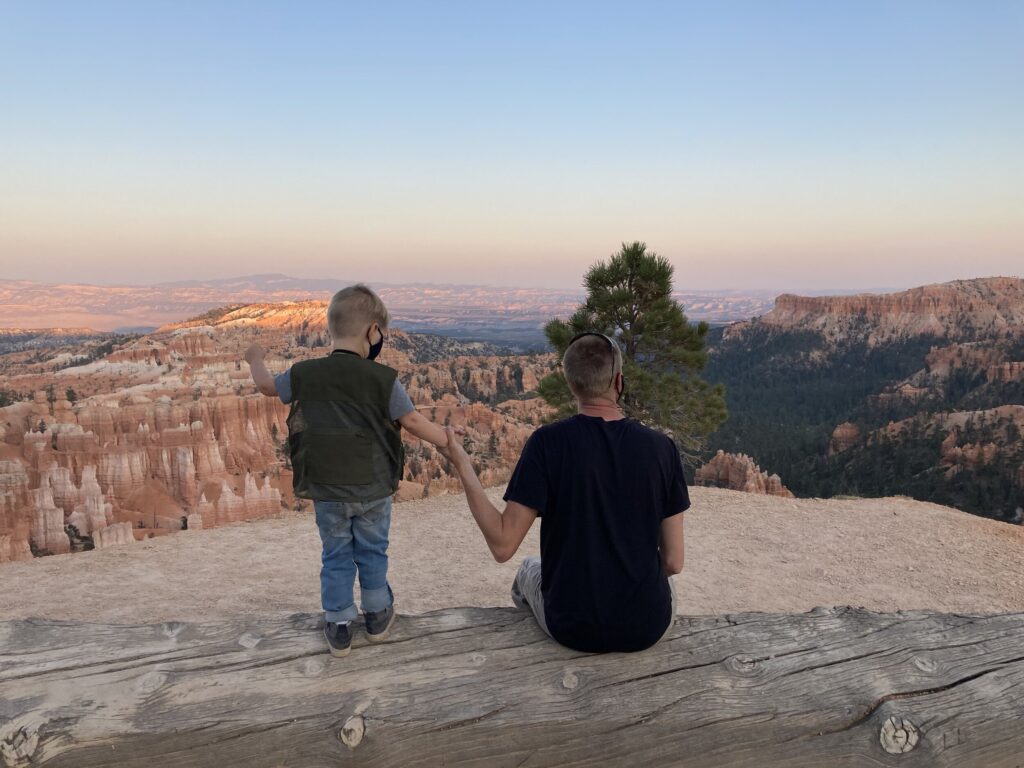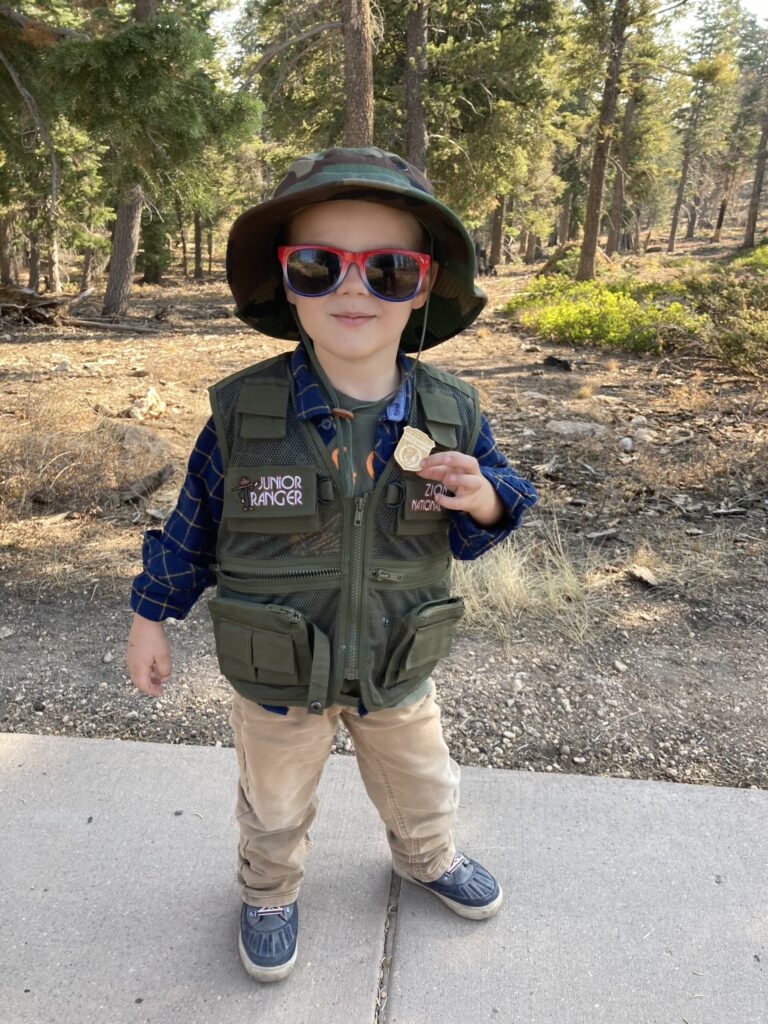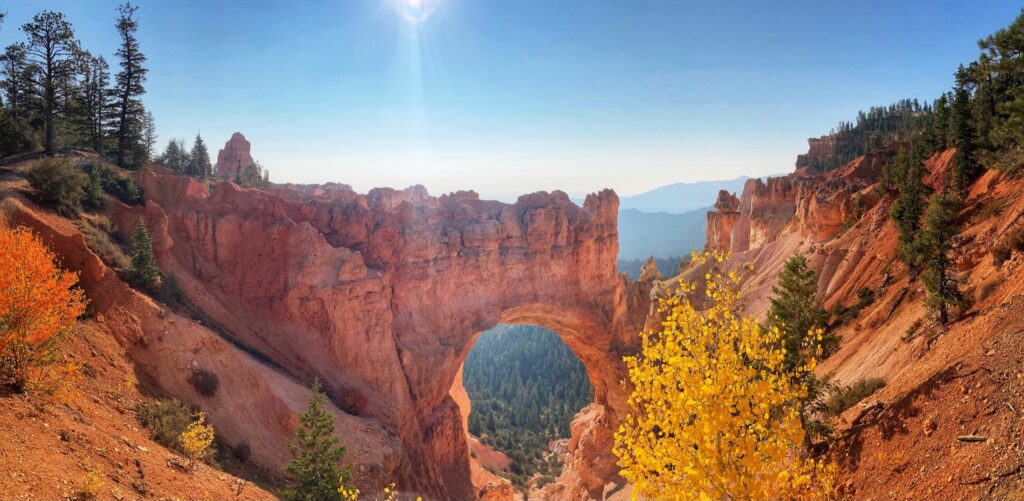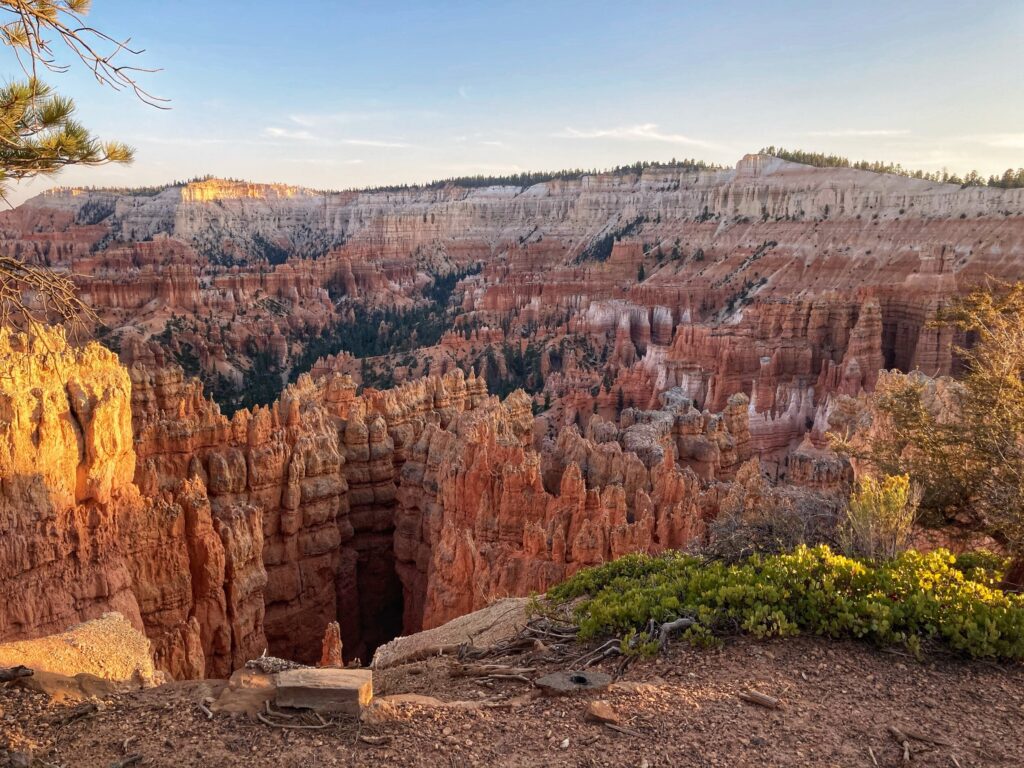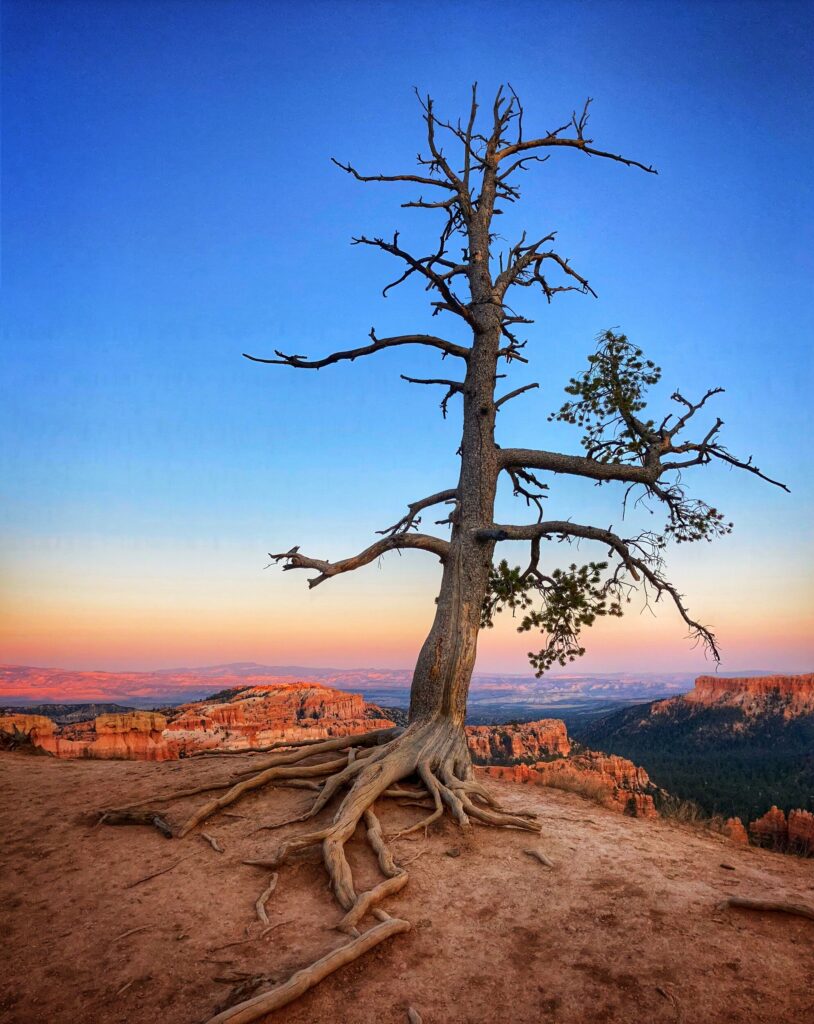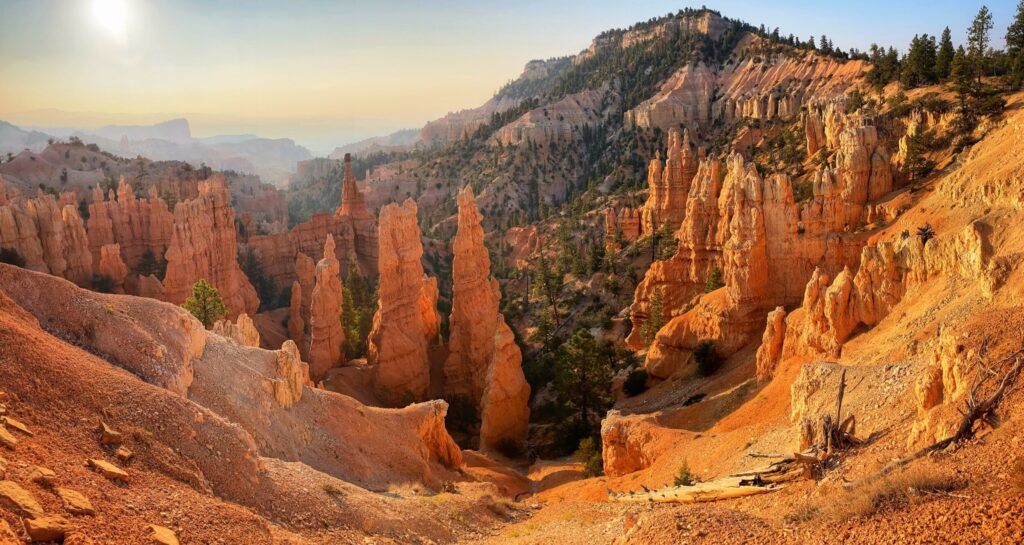Dates we visited: March 22nd – March 26th 2021
Where we stayed: Tucson Lazydays KOA
Saguaro National Park, near Tucson Arizona, was our first stop back out on the road after spending the winter in Phoenix. We made a quick trek up to the Grand Canyon in January, but other than that we were stationary since November 2020. We chose the Tucson Lazydays KOA to get us back in the swing of things. For one thing, it is pretty much right between the Saguaro East and West units, which are on opposite sides of the city from each other. For another, it is a pretty nice resort style KOA with lots of amenities to make our transition back into RV life an easy one.
Cacti
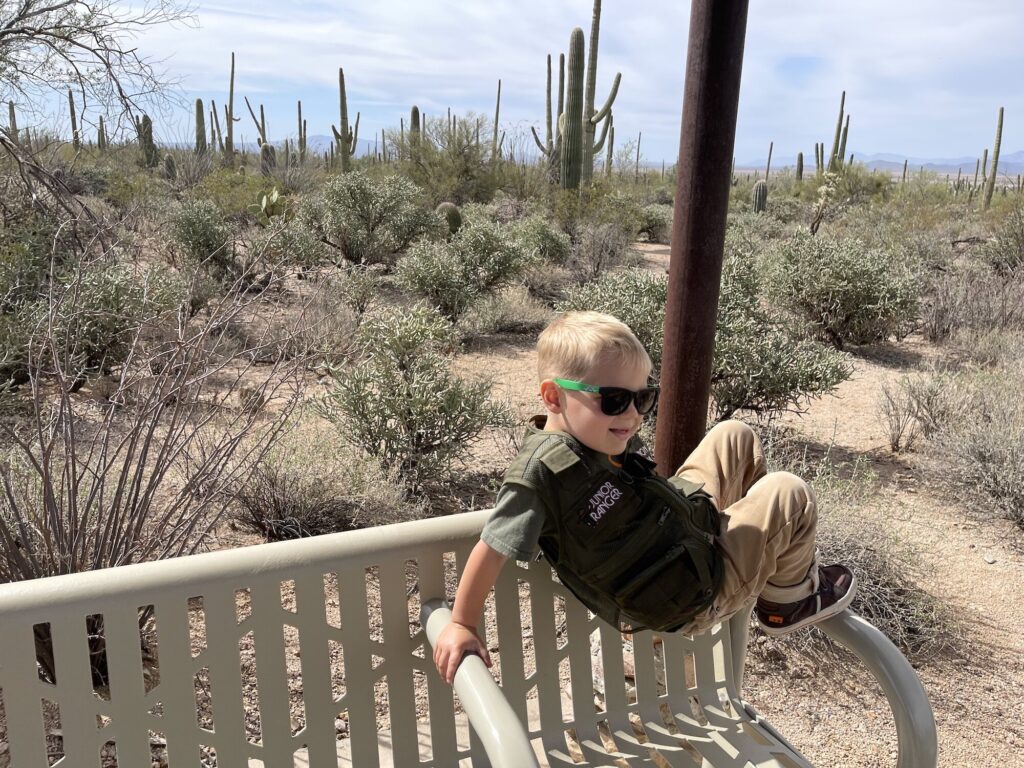
As you might imagine, this national park is filled with cacti. Saguaro are the main attraction, but prickly pears and cholla abound as well. If you’ve never seen a Saguaro in real life it is quite an experience. The Saguaro is the quintessential image that comes to mind for most Americans when they hear the word cactus. What most people don’t realize about the Saguaro cactus though, is that they are huge and old. They can be as tall as 50 feet, weigh more than a ton and regularly live to be 150 years old. They don’t sprout their iconic “arms” until they are at least 60. It’s crazy to think that many of the Saguaro in this area were here before Arizona became a state (which was in 1912 in case you are wondering).
East and West
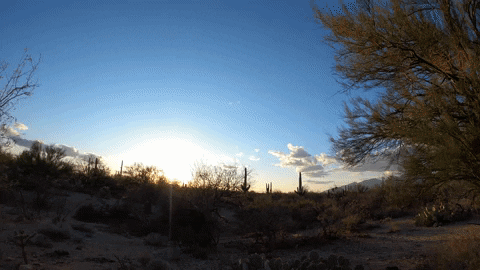
We went into the park on each of three days while we were here. The first day we explored the East unit, taking the loop drive from Rincon Visitor Center and stopping for a short hike at along the Desert Ecology Trail. The weather was overcast and we were in the shadow of an impending rainstorm, but we enjoyed the trip in nonetheless.
We returned to the East unit for sunset at the Mica View Picnic Area. We enjoyed an expansive view of the park as the sun set over Tucson.
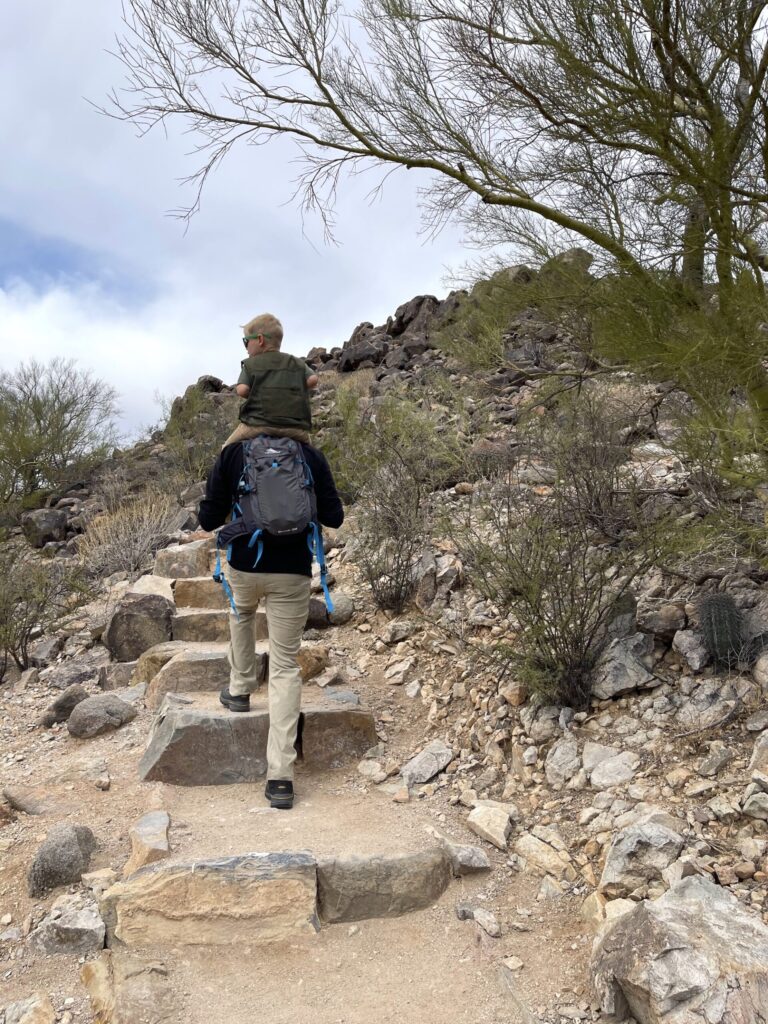
On the final day we explored the West unit. First, we stopped at the Red Hills Visitor Center so that Owen could pick up a Junior Ranger booklet and score a Junior Ranger badge. Then, we headed out to complete the Desert Discovery Nature Trail, before taking the Hohokam dirt road to Golden Gate road, and on to the Signal Hill Picnic Area. While we were there, we did a short hike up Signal Hill to check out the petroglyphs, which were among the most plentiful and accessible of any we have come across. We finished up our visit by heading north up through the Picture Rocks area and then back to the campground.
While both sides of the park had their charms, Kristy and I both enjoyed the west side a bit more. The cacti seemed more dense, and the views more expansive. Owen, in his characteristically enthusiastic manner, said that both sides were “GREAT!”
The desert landscapes found at this National Park are truly unique. I probably wouldn’t use the word beautiful to describe this harsh environment, but it was fascinating. It’s hard to imagine anything surviving here, but there is a vibrant ecosystem of both plants and animals. It’s also difficult to put yourself in the shoes of the indigenous people and settlers that were walking through this unforgiving terrain, and then decided to stop and build their home here. It was fun to visit, but it would have been tough to live here without our modern convieniences!
Saguaro Gallery
The giant Saguaro cacti are an iconic symbol of the American southwest, and this park is full of them! The desert has its own harsh kind of allure and we found it in abundance here.
